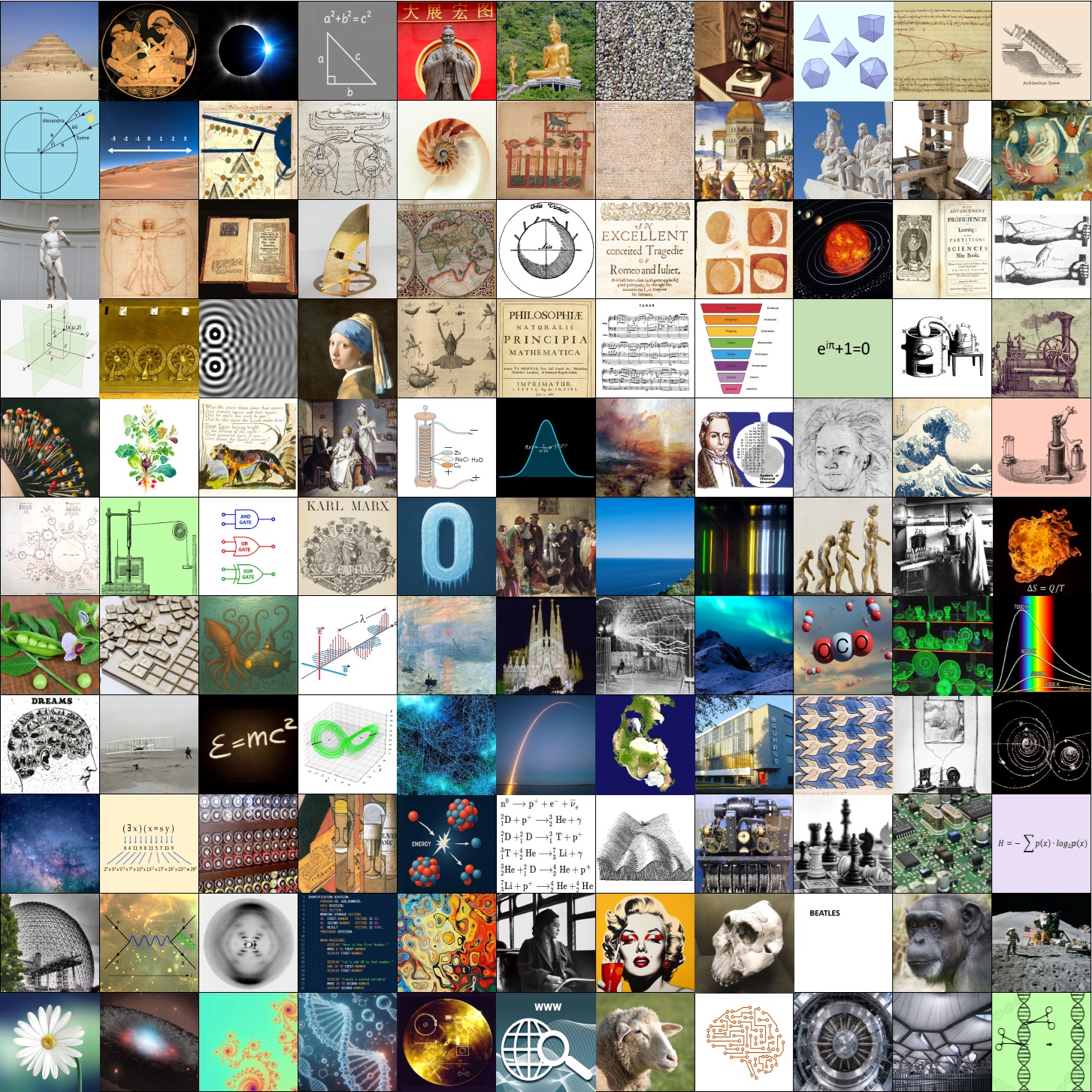

Prof. David J. Jarvis
(About the Author)



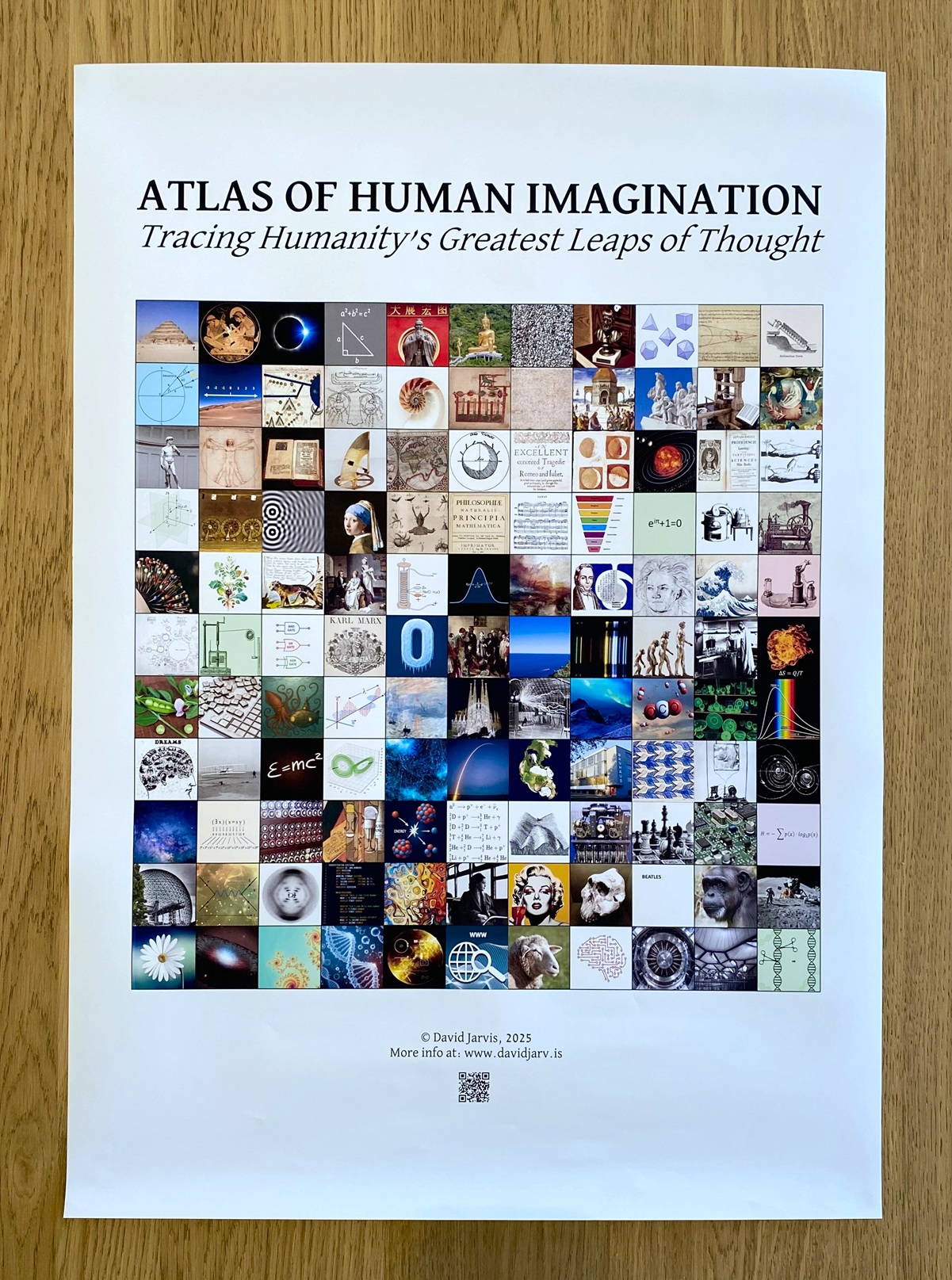
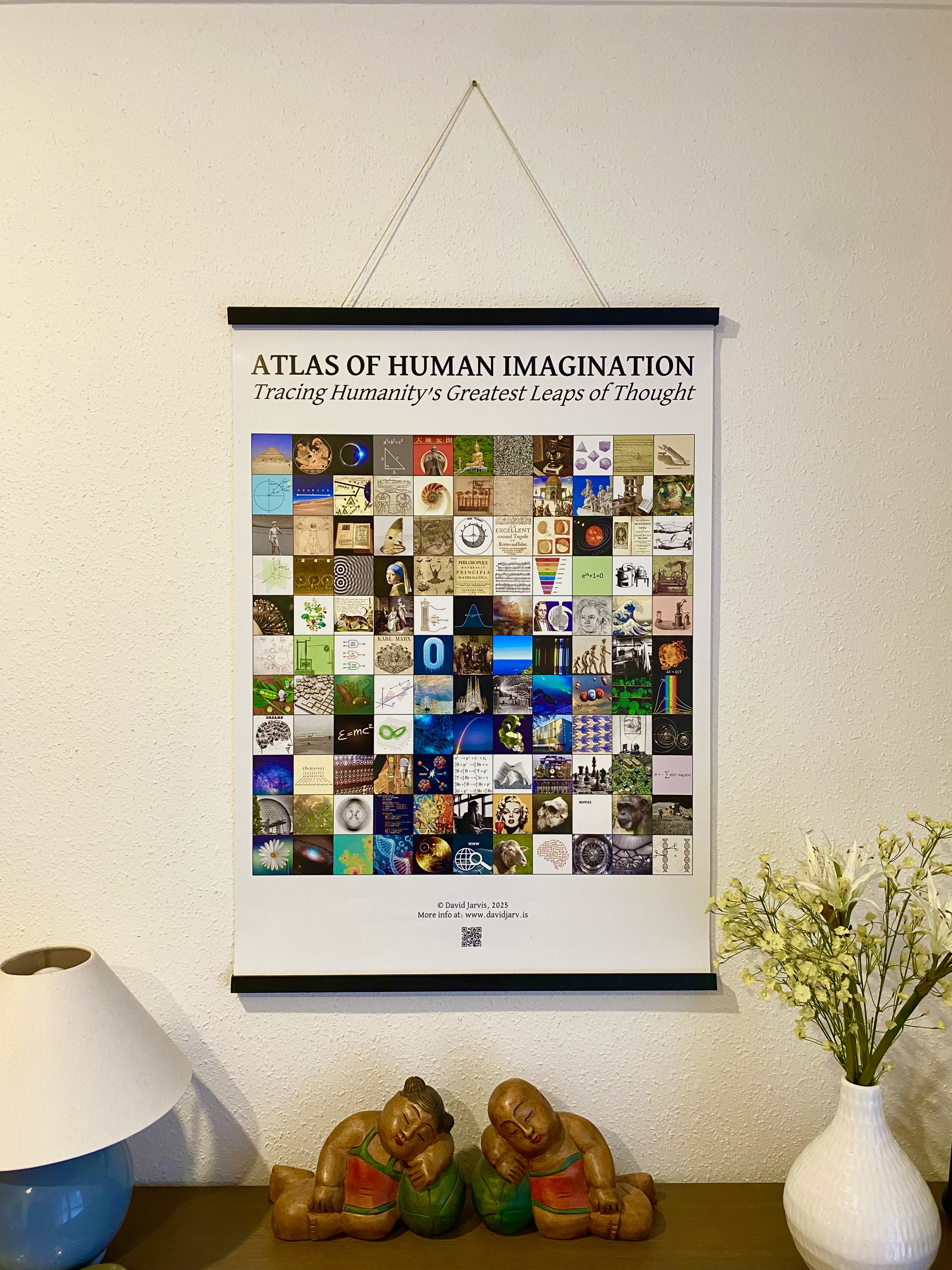

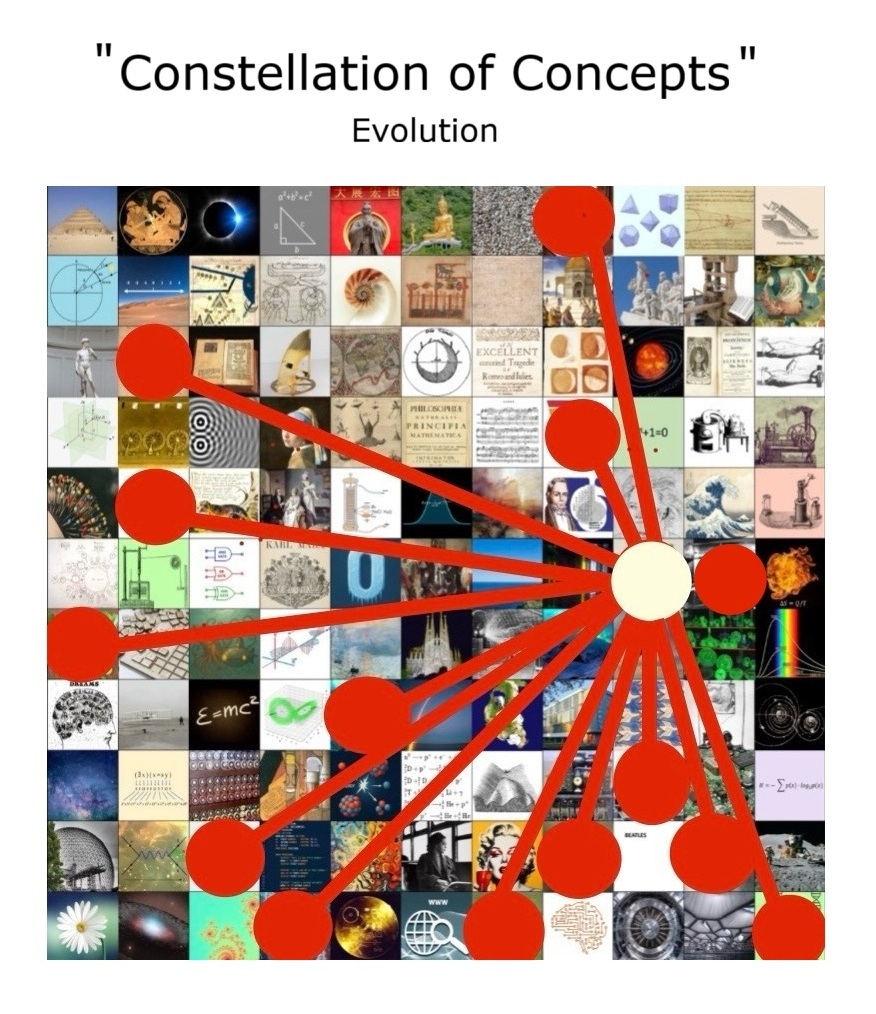


This website is dedicated to the eternal memory of Ben Sneath, who sadly passed away on 23rd October 2025, following a brave battle with Huntington's disease.
Ben was a true champion of reading, knowledge and the arts - he read everything from Homer to Huxley. His curiosity, kindness and humour touched everyone who knew him.
May the knowledge and learning that emanates from this website inspire future generations of life scientists, biochemists, geneticists, pharmacists, doctors, nurses, social workers and carers, so that the recent medical advances may lead to a permanent cure for all sufferers of this debilitating disease.
The 100+ intellectual leaps shown here are a curated selection, not an exhaustive list. This visual atlas is meant to inspire and educate; and it helps us preserve and celebrate the intellectual heritage of humanity - as a cultural artifact in itself. It will naturally grow and evolve over time. Amazingly, over 25 different nationalities - united by imagination - are represented in this selection.
Click on any image above or below for more information. Note: the images are chronologically arranged from the top left to the bottom right of the poster.
| # | Click on Image | Date of Discovery | Name of Discoverer - Profile | In 3D | Major Ground-Breaking Idea | Quotes | Wikipedia |
|---|---|---|---|---|---|---|---|
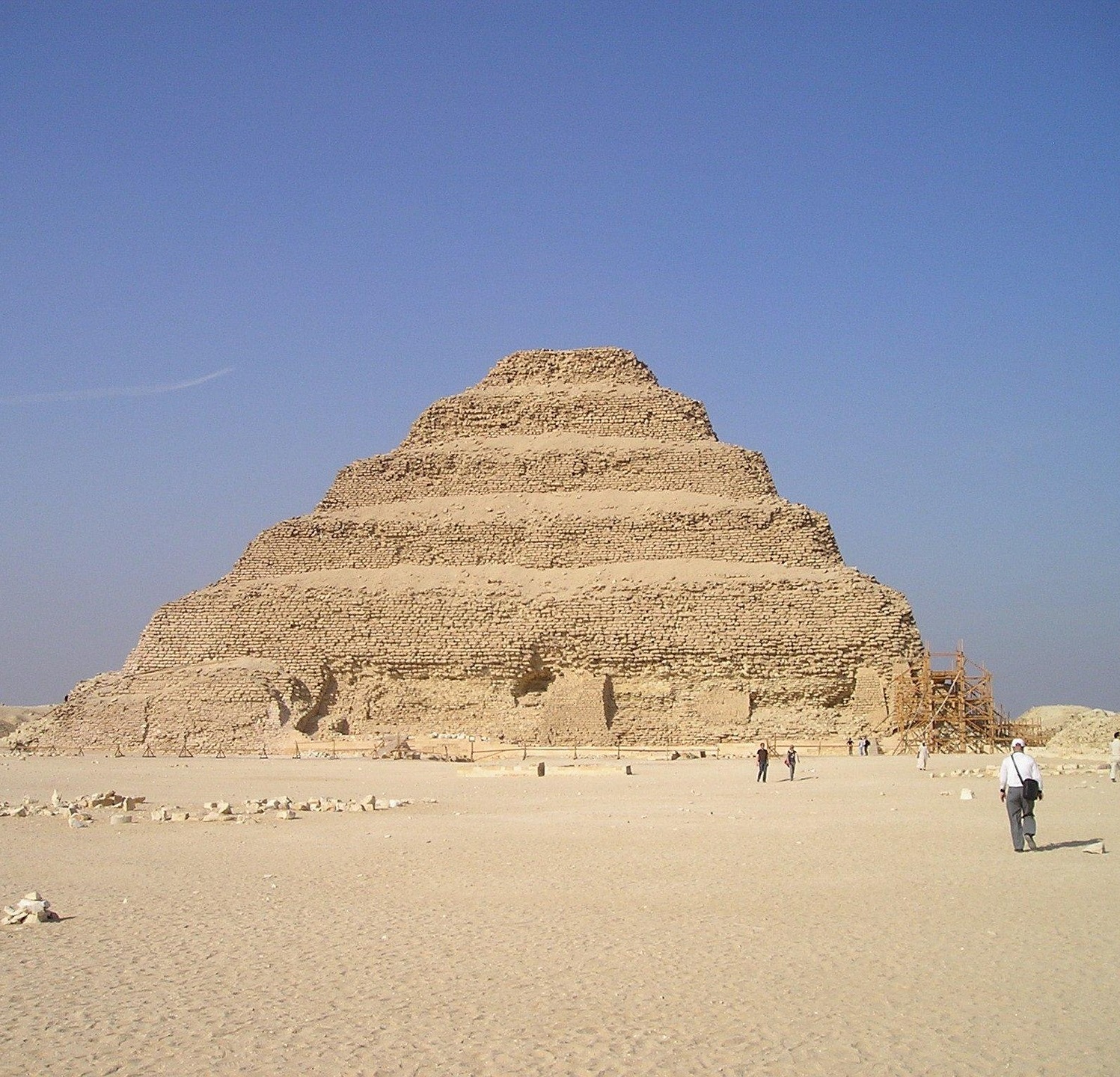
The 6-tier Step Pyramid of Djoser in Egypt (as shown above) was designed and built by the architect Imhotep around 4700 years ago. This was the first multi-tiered monumental stone building in history. Imhotep turned raw stone into lasting monuments, literally laying the foundation for future architecture. |
 |
 |
The first known monumental stone architecture - the step pyramid (Architecture) |
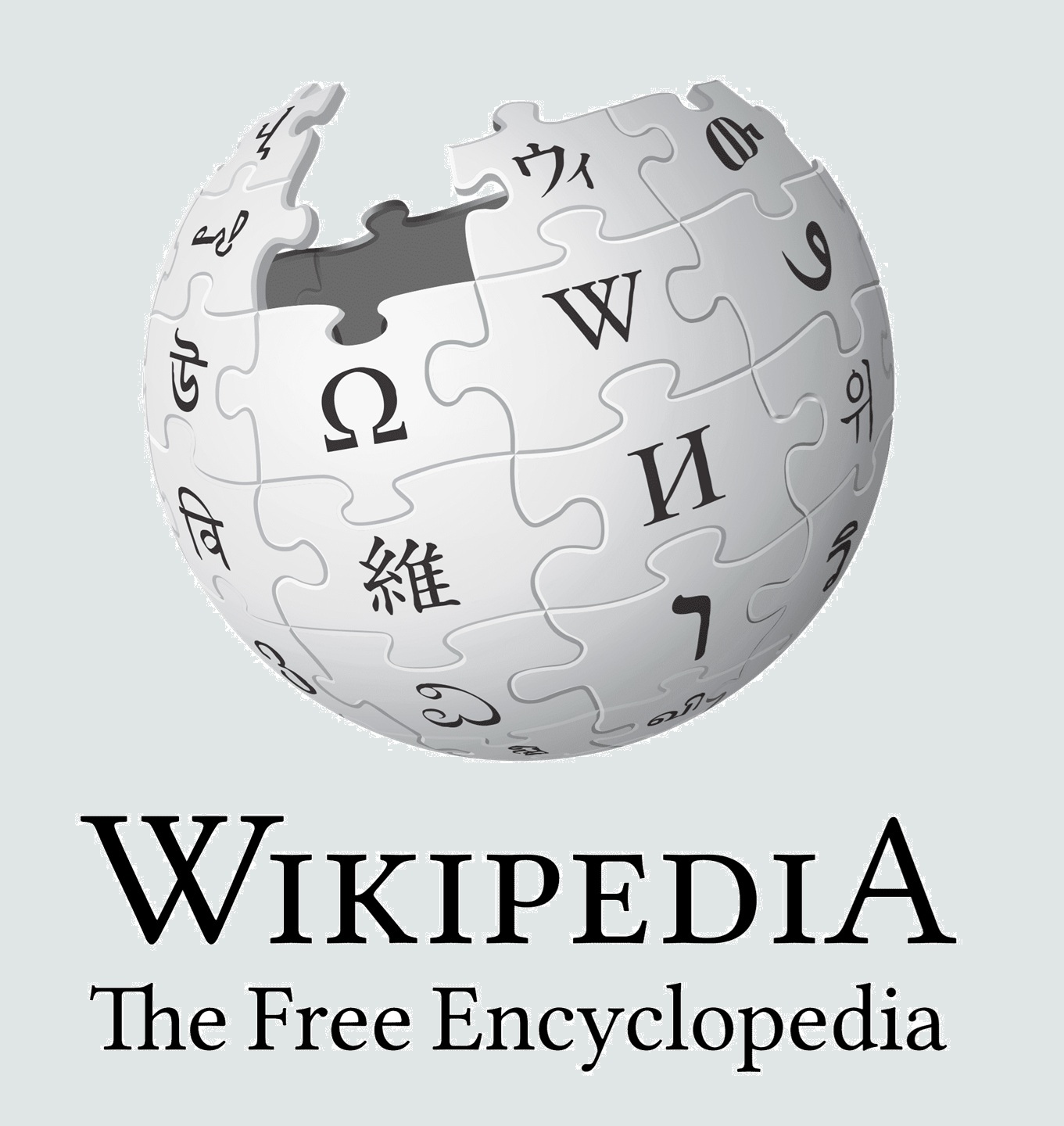 |
|||
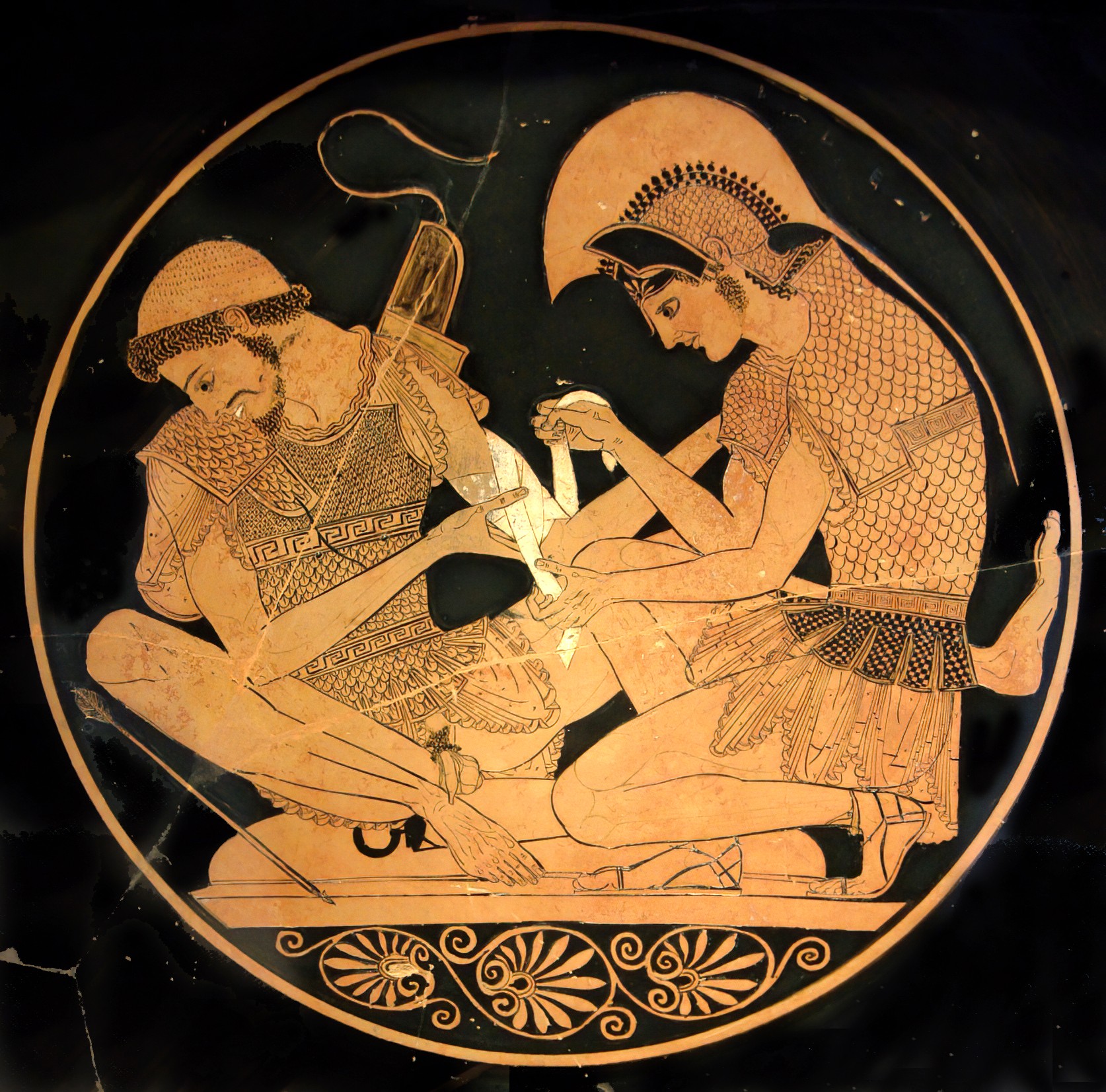
Homer was an Ancient Greek poet who authored the Iliad and the Odyssey, two epic poems that are considered the foundations of Ancient Greek poetry and the birth of Western literature. His works established the archetypes of heroism, honour, fate and the human struggle against gods and nature, that continue to shape Western imagination (see image above). Because of the oral tradition in the Ionian region of Greece, these epic poems were typically recited aloud and only transcribed by scholars centuries later. |
 |
 |
Epic narratives that transformed collective memory into enduring myth (Literature) |
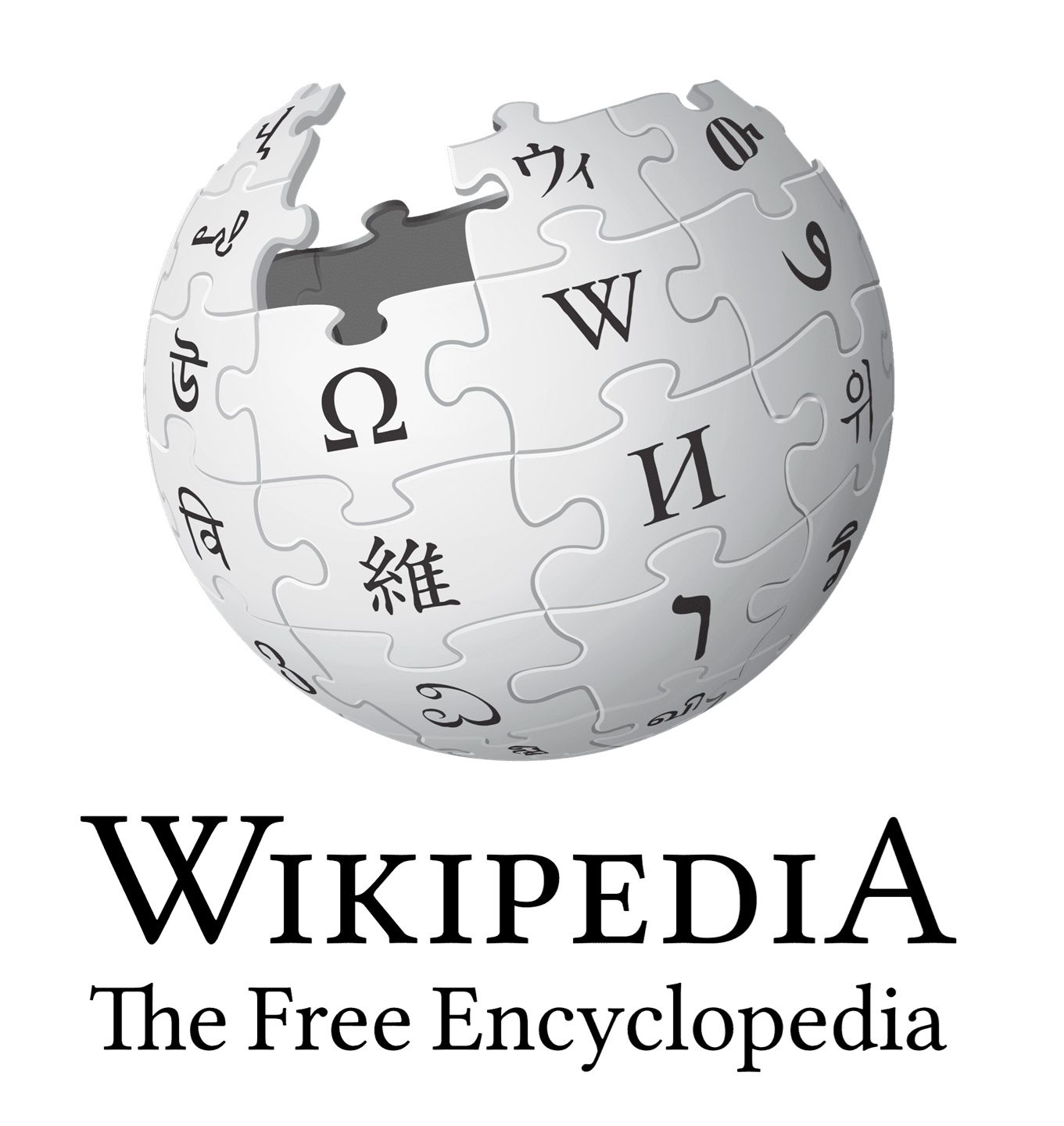 |
|||

Thales of Miletus was the first person to mathematically predict a solar eclipse (see image above), as well as make accurate predictions of solstice and equinox timings, and even the weather. Thales was one of the first people to look for natural principles behind the world, instead of relying on myths and divine intervention. Credit is also given to Thales for discovering a variety of geometric theorems related to circles, semi-circles and triangles. |
 |
 |
Reasoning, geometry and the prediction of solar eclipses (Mathematics/Philosophy) |
 |
|||
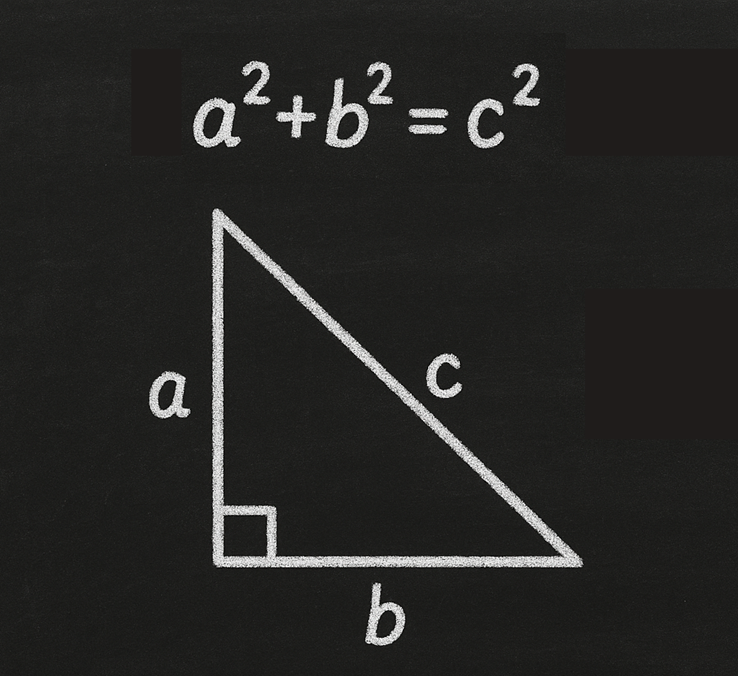
The Pythagorean Theorem (as shown above) is one of the most famous and well-used equations in mathematics - a universal truth in geometry that applies in every right-angled corner of the Universe. Pythagoras was also a strong believer that numbers underlie all reality, from geometry to astronomy and from biology to music. For example, he established that musical harmony is based on mathematical ratios and he also discovered relationships between the length of a vibrating string and the pitch. |
 |
 |
Pythagoras' theorem linking the sides of right-angled triangles - abstract truth (Mathematics) |
 |
|||
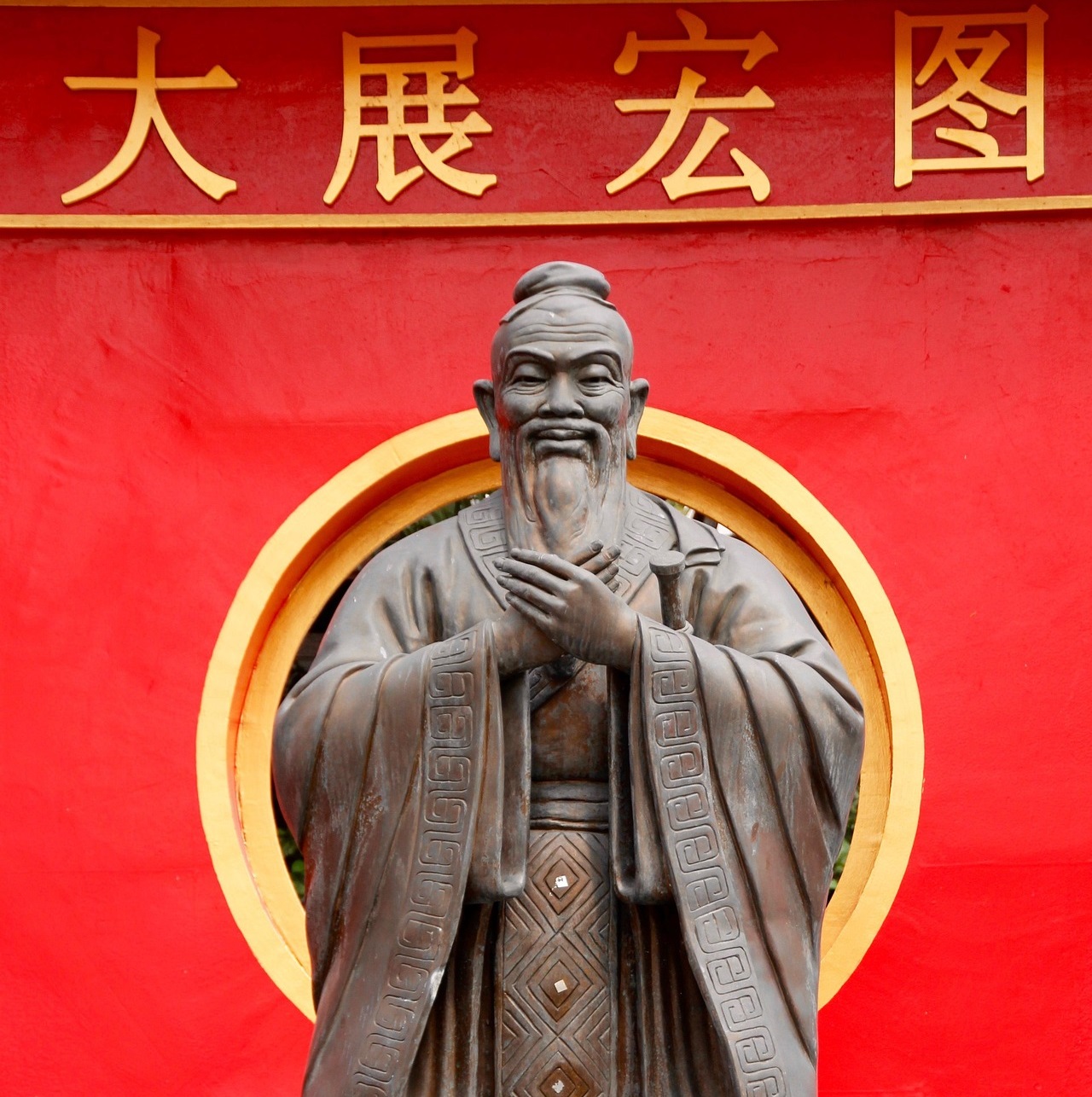
Confucius, born Kong Qui, was a Chinese philosopher who promoted Chinese ethics and kindness, and shaped East Asian cultures for millennia (see image above. He shifted focus from divine will to human responsibility and ethical action, which still resonates in good leadership and community values today. He was the first to express the phrase: "Do not do to others what you would not want done to yourself". This is regarded as the golden rule of many world religions and philosophies, including Confucianism, Buddhism, Judaism, Islam, Hinduism and Christianity. |
 |
 |
Secular morality, philosophy, ethics and leadership through virtue (Society/Politics) |
 |
|||

Siddhartha Gautama, The Buddha (see image above), reframed the problem of human suffering and offered a practical pathway to overcome it. Instead of materialism and luxury, the Buddha taught a balanced life of mindfulness, compassion, ethics and meditation, as enshrined in his Four Noble Truths. His religious teachings were prominent across Asia, and are profoundly relevant today in psychology, ethics and well-being. "Peace comes from within" was one of his key messages, emphasising that true peace is not sought externally but cultivated internally. |
 |
 |
Inner consciousness, suffering, enlightenment and meditation (Society/Philosophy) |
 |
|||
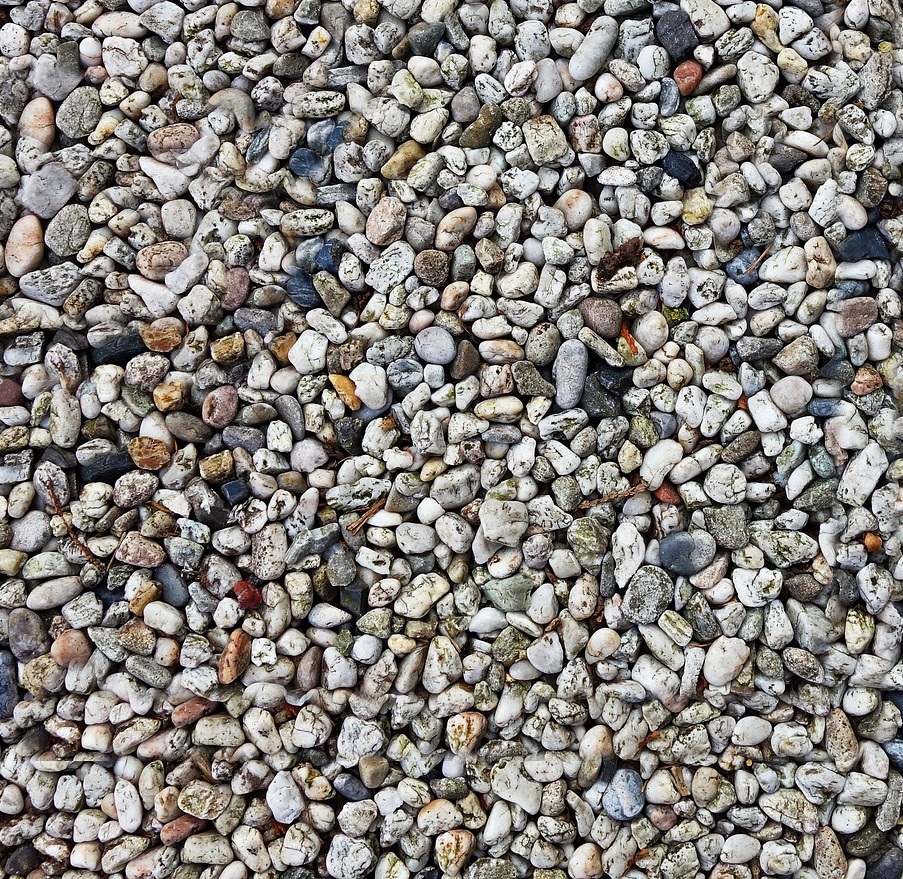
Democritus was the first person to conceive the idea that matter could be broken down from boulders, to rocks, to pebbles, to gravel, to sand, to clay, to fine dust, and eventually to indivisible particles, or "atoms" (see image above). Democritus is thus the founding father of atomic theory, something which affects all of modern chemistry. He was also known as the "laughing philosopher" for his jovial outlook on life. |
 |
 |
Atomic theory - matter is composed of indivisible particles called atoms (Science) |
 |
|||
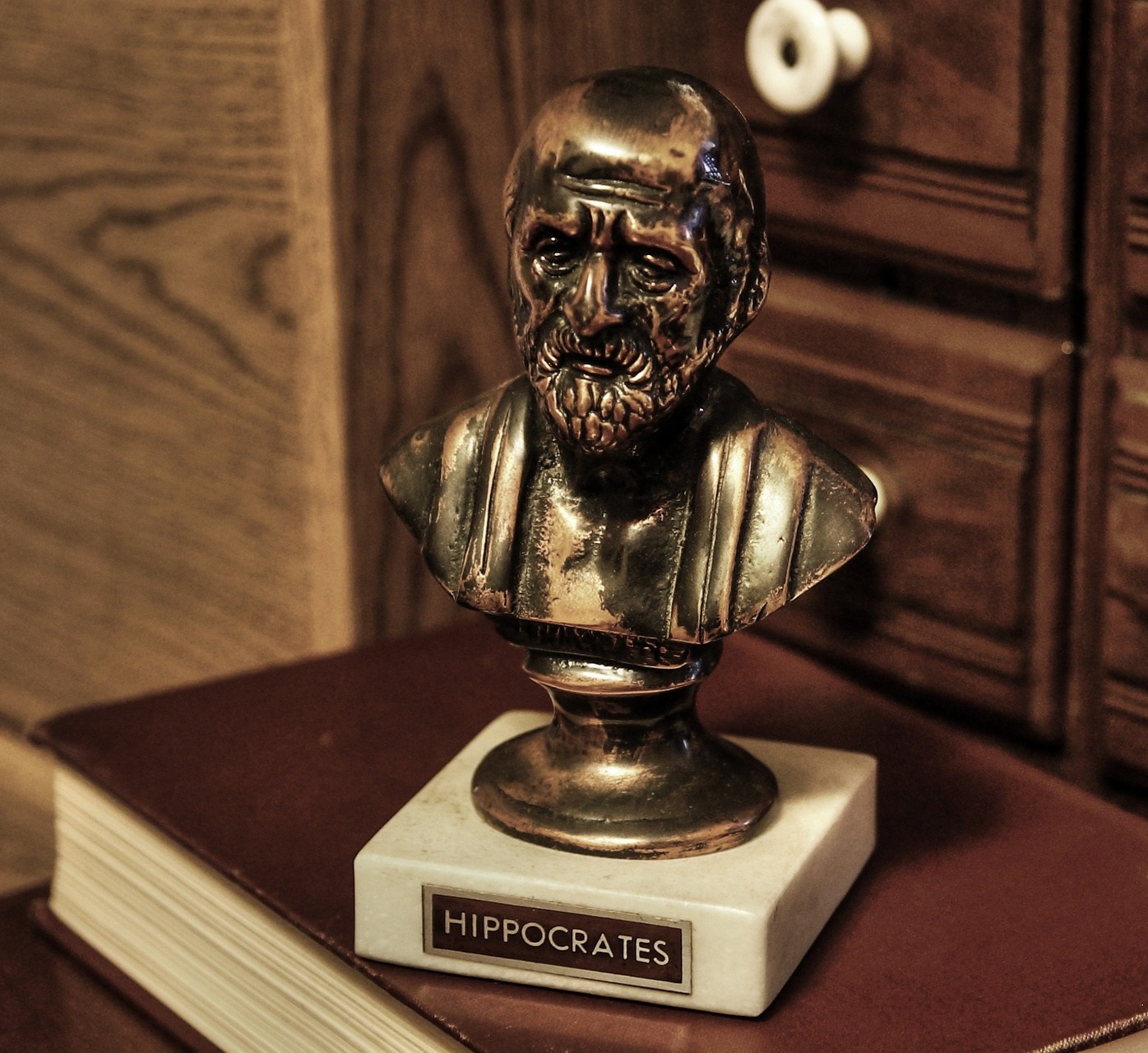
Prior to Hippocrates, people thought of disease as a punishment from God for their sins. However, Hippocrates showed that disease was natural and could be rationally understood, studied, treated and even cured - the foundation of modern medicine. To this day, doctors still swear by the Hippocratic Oath, in order to uphold ethical standards in medicine (see image above). As a result, he is widely regarded as the "Father of Medicine" for developing the oath, clinical observation and disease classification. |
 |
 |
Hippocratic oath and medicine as rational practice - illness explained by nature, not divine punishment (Medicine/Philosophy) |
 |
|||
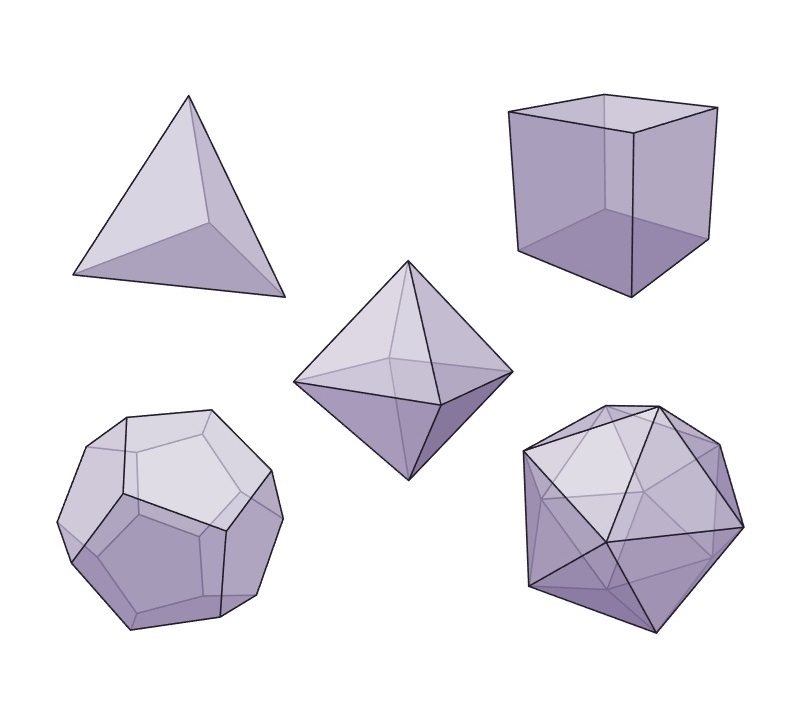
Plato was a Greek philosopher who covered a broad range of imaginative topics. In mathematics, the five Platonic solids are the tetrahedron, the cube, the octahedron, the dodecahedron and the icosahedron (see image above), which all possess regular equal faces, such as triangles, squares and pentagons. They can also fill space - either on their own, or in combinations, or through truncation (i.e. chopping off corners). These polyhedra were first described by Plato over 2000 years ago, and further elaborated upon by Euclid in 300 BC. Plato also demanded that mathematical proofs be derived logically, using only a straight edge and compass, and that students clearly state their assumptions and definitions. |
 |
 |
Platonic solids and the idea of perfect, space-filling geometric forms (Mathematics/Philosophy) |
 |
|||
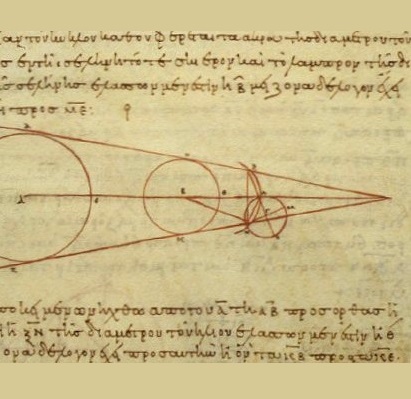
Aristarchus of Samos in Ancient Greece was the first person to have presented a heliocentric model of the solar system, with the Earth orbiting the Sun. He also attempted to estimate the sizes and distances of the Sun and Moon using geometry (see original image above). Moreover, Aristarchus was the first person to suggest that the Sun was a star, with other stars being distant suns. His ideas were largely dismissed in his time but later influenced figures like Nicolaus Copernicus, eighteen centuries later. |
 |
 |
Heliocentric solar system - Earth orbiting the Sun (Astronomy) |
 |
|||
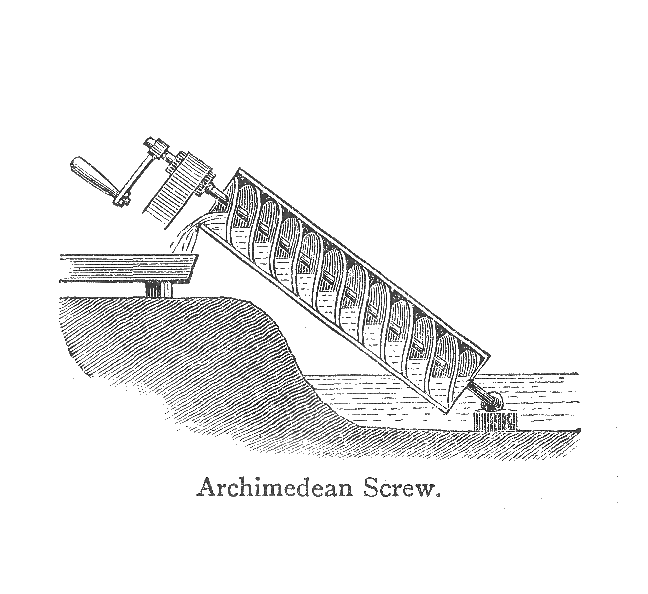
A true polymath, Archimedes of Syracuse had many Eureka moments, discovering geometrical theorems, the area of a circle, the area and volume of a sphere, parabolas, spirals, and even calculating pi with unprecedented accuracy. His theory of buoyancy and mechanical inventions, like the water-lifting Archimedean screw (see image above), were the birth of fluid science and hydrostatics. Archimedes is also credited with the invention of compound pulleys and levers, providing mechanical advantage and enabling heavy objects to be moved with less force. |
 |
 |
Laws of levers, buoyancy, mechanical inventions, screws, spirals and pi (Science/Technology) |
 |
|||
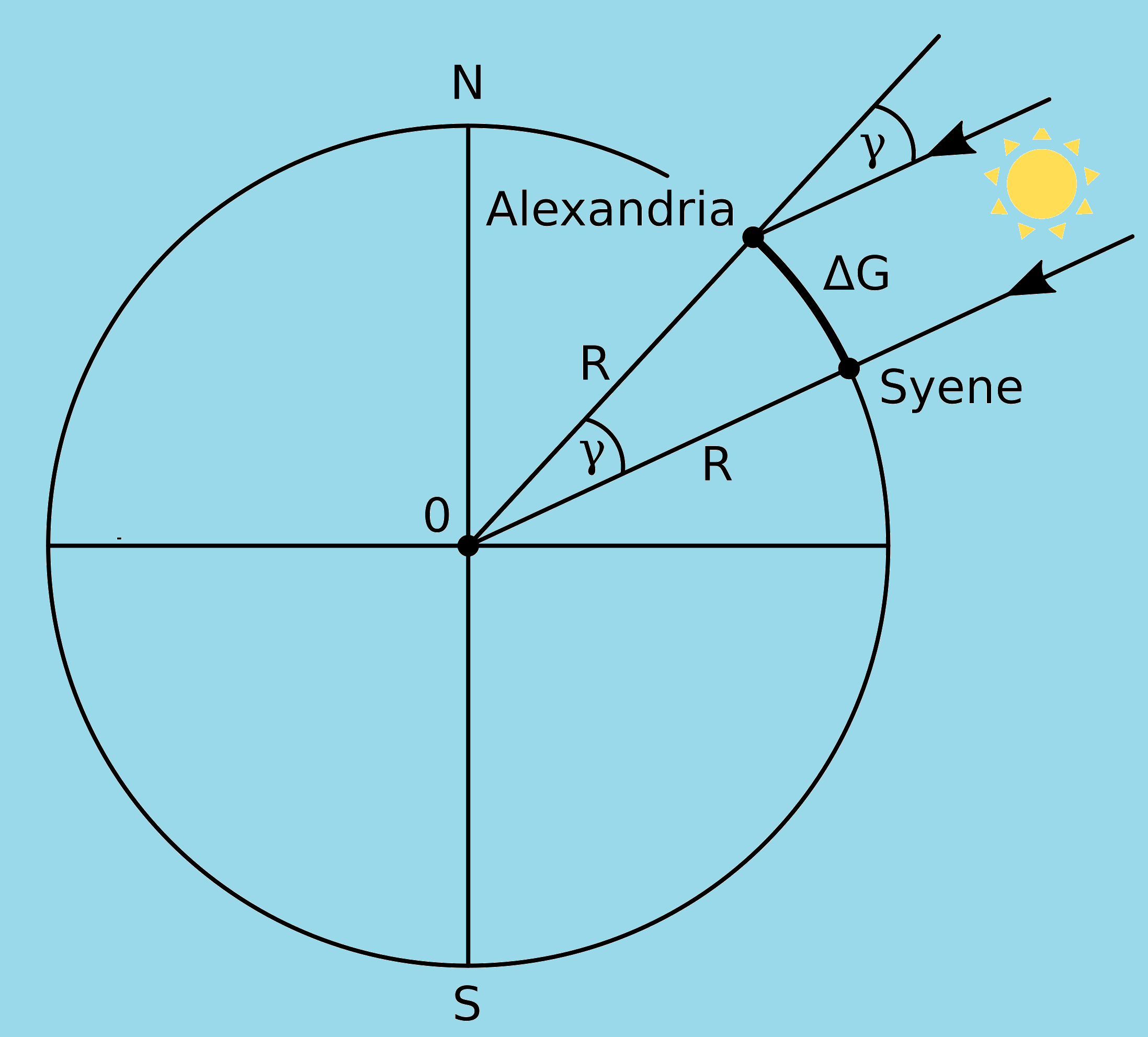
Eratosthenes did something truly brilliant for his time, namely he calculated the size of the Earth with remarkable accuracy, using only shadows, sticks, geometry and brainpower - as depicted in the image above - showing that big truths can be uncovered with everyday tools. His calculation of 40,000 km for Earth's circumference was incredibly accurate - only 1% error margin from today's value. In 220 BC, his measurement of the Earth's axial tilt ("the reason for the season") was equally brilliant. He calculated an angle of 23°51' which is very close to the modern day value is 23°26'. No telescopes, no clocks, no satellites and no software needed. |
 |
 |
Measuring Earth's circumference and axial tilt with geometry and shadows (Mathematics/Geoscience) |
 |
|||
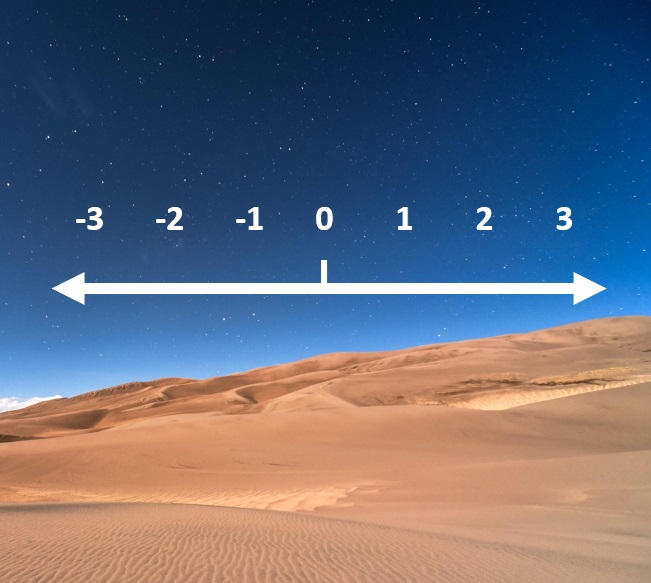
Brahmagupta was a 7th century Indian mathematician and astronomer who did something truly remarkable. There was a time when the number zero (0) did not exist in mathematics - conceptually or practically. Brahmagupta solved this by creating positive and negative numbers with zero in the midpoint (see the number line in the image above). This is something we all take for granted now, but without it, most advanced mathematics like algebra, calculus and number theory could not exist. He also accomplished many other amazing feats in arithmetic, geometry and astronomy, but is best known for turning zero into a usable number. |
 |
 |
Concept of zero, negative numbers, as well as arithmetic and equations (Mathematics) |
 |
|||
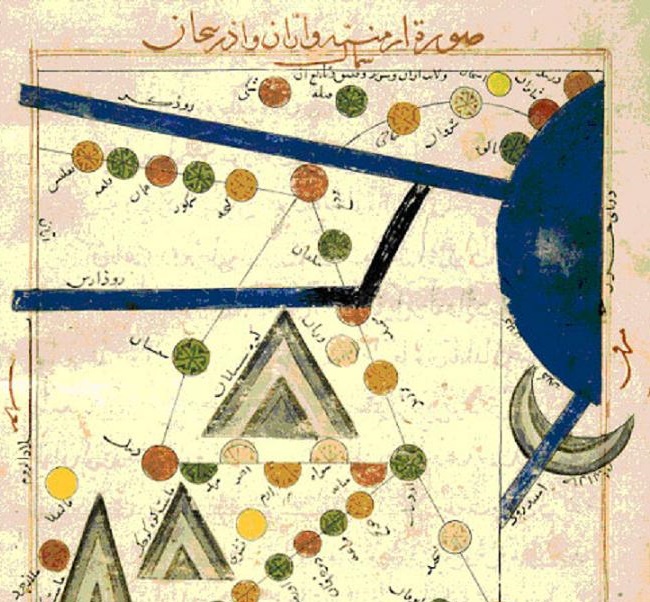
Active during the Islamic Golden Age around 820, Al-Khwarizmi worked as a scholar at the House of Wisdom in Baghdad. There he presented the first systematic solutions of linear and quadratic equations and coined the phrase algebra from his work Al-Jabr written in 820 (see image above). He also introduced algorithms, step-by-step programmes of calculation, and in fact the word algorithm comes from his name. Al-Khwarizmi made important contributions to trigonometry too, producing the first accurate sine and cosine tables. |
 |
 |
Algebra as a symbolic system for solving equations (Mathematics) |
 |
|||
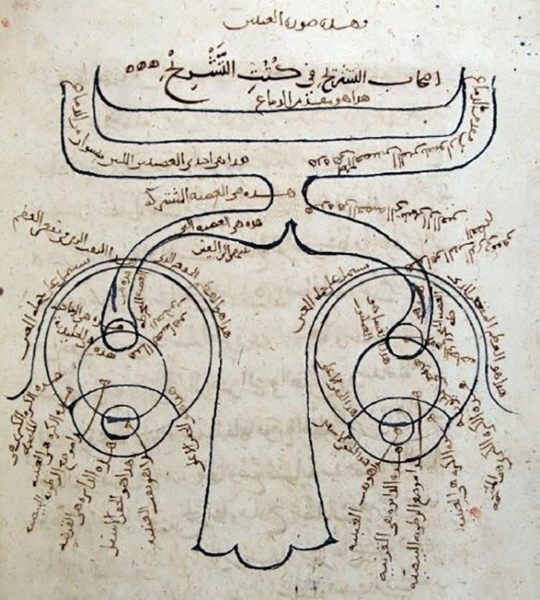
Alhazen was a medieval physicist and mathematician, who wrote the book Kitāb al-Manāẓir ("Book of Optics") in 1011, and discovered for the first time that light reflects off objects, enters the eyes and that vision occurred inside the brain (see original drawing above). Moreover, he made many other optical discoveries involving reflection, refraction, lenses and rainbows. Alhazen's seminal work on optics inspired many European scientists, such as Da Vinci, Huygens, Galileo, Newton, Kepler and Goethe - about 500 years later. |
 |
 |
Optics and vision - light enters the eye, foundation of experimental science (Physics) |
 |
|||
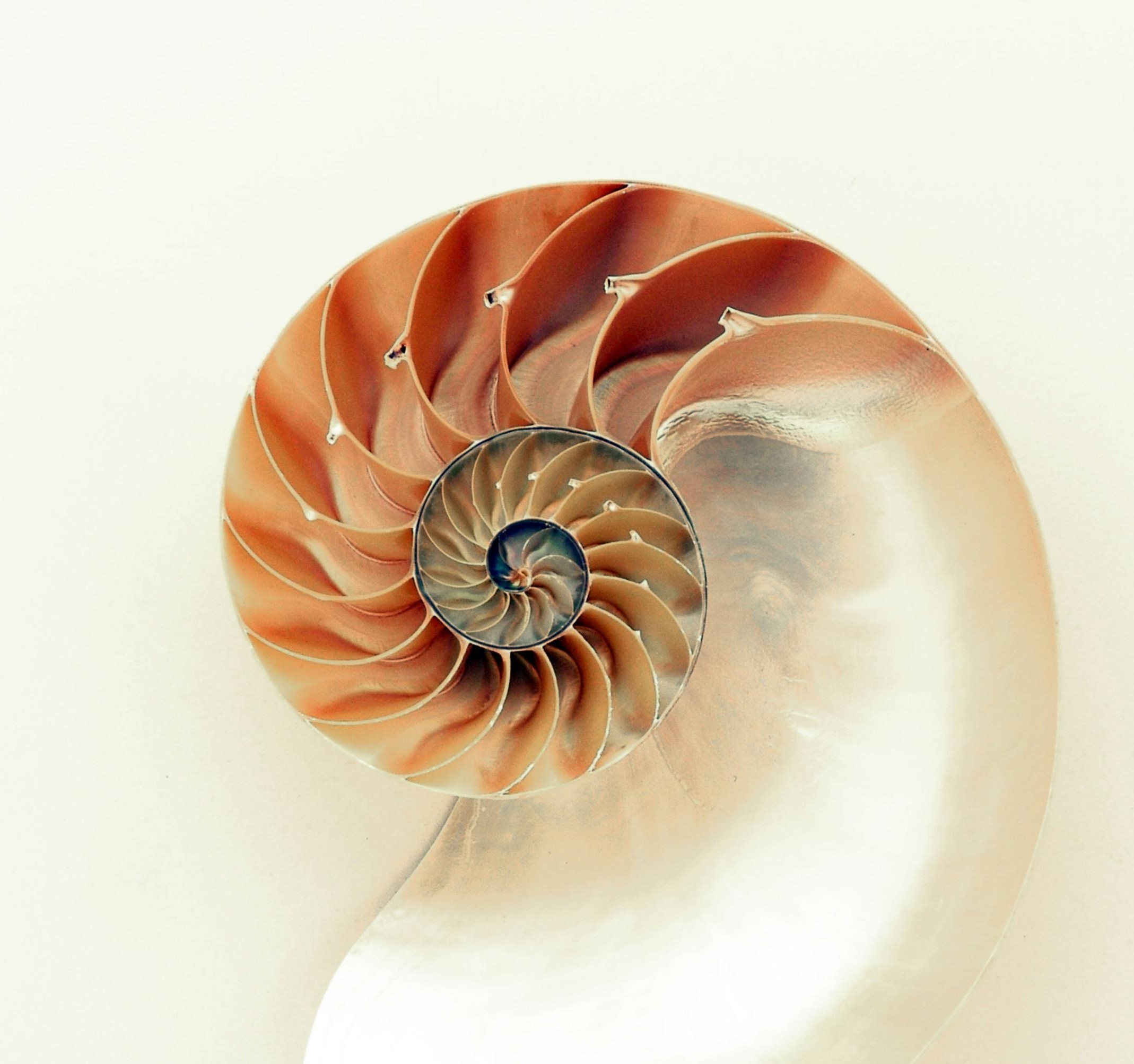
The Italian Fibonacci was the first to recognise the natural pattern of numbers, going from 1, 1, 2, 3, 5, 8, 13, 21, 34, 55...each new number being the sum of the previous two. This sequence turned out to describe patterns in nature (like sunflowers, pine-cones and shells - as shown above), as well as the golden ratio (1.618034) in art and architecture. He also brought Hindu-Arabic numerals to Europe, as an alternative to Roman numerals, which then made mathematical computation better, faster and simpler. |
 |
 |
Introduction of Hindu-Arabic numerals and the Fibonacci sequence - revolutionising calculation and patterns (Mathematics) |
 |
|||
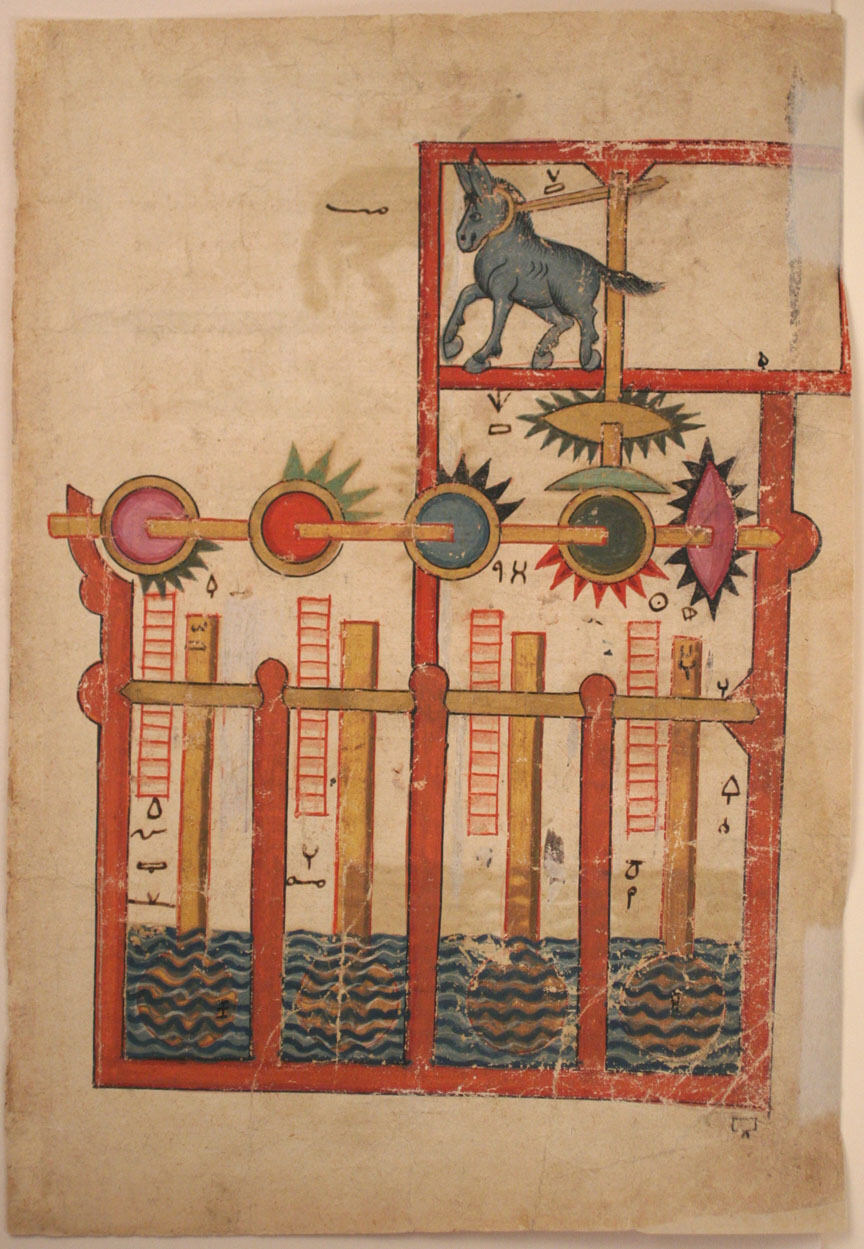
Al-Jazari was an engineer from Mesopotamia who created ingenious automata (programmable self-operating machines), moving toys, musical devices and water-based clocks (see image above). Using a variety of sub-systems like pumps, siphons, pistons, crankshafts, bayonet mounts, gears and pinions, he turned mechanical imagination into working machines - centuries before the Industrial Revolution and modern-day automation. He even designed one of the first humanoid robots, demonstrating early concepts of human-like motion. As a result, he is often considered the "Father of Robotics". |
 |
 |
Programmable automata, ingenious mechanical devices and early robots (Technology/Engineering) |
 |
|||
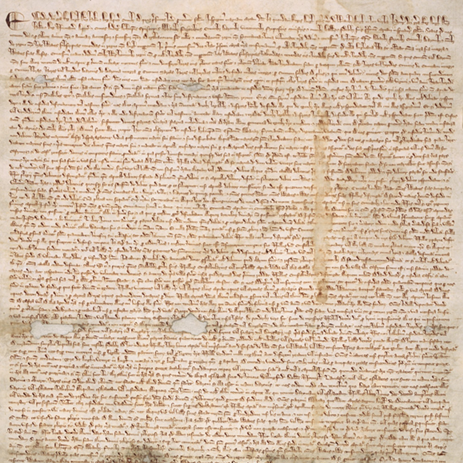
Stephen Langton, Archbishop of Canterbury, was the key author of the Magna Carta (Latin for "Great Charter"). This was a royal charter of rights, sealed by King John of England in 1215, that laid the foundations of constitutional law, human rights and due process, like Habeas Corpus (see image above). Without the Magna Carta, civil conflicts, political turbulence, limited individual rights, arbitrary detention and unfair legal proceedings would have been the norm. Several clauses (39 & 40) are still legally valid today, including the 'golden passage' which states that no free man or woman shall be seized, imprisoned, dispossessed or exiled, except by the lawful judgment of his peers or by the law of the land. |
 |
 |
Author of the Magna Carta, outlining rule of law, individual rights and early constitutional principles (Society/Politics) |
 |
|||
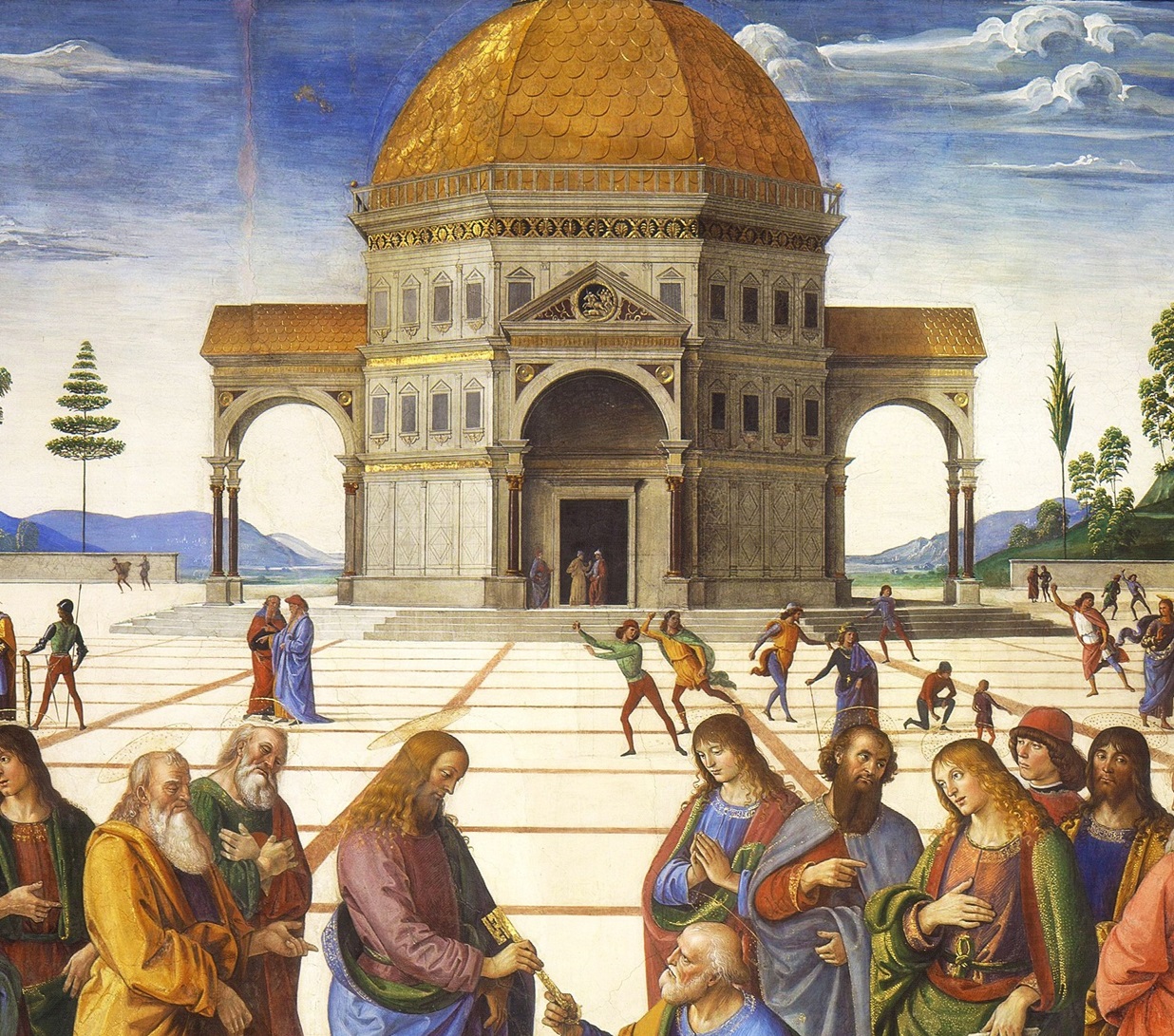
The Florentine architect and artist, Filippo Brunelleschi invented the concept of linear perspective and vanishing points in art - the method of making flat objects look three-dimensional and realistic, as in the early Renaissance painting shown above. Brunelleschi is responsible for bringing medieval flatness to an end. He also built the Florence Cathedral Dome - an engineering marvel that required him to invent new hoisting machines and construction techniques. |
 |
 |
First use of perspective and vanishing points in paintings, breaking medieval flatness (Art/Architecture) |
 |
|||
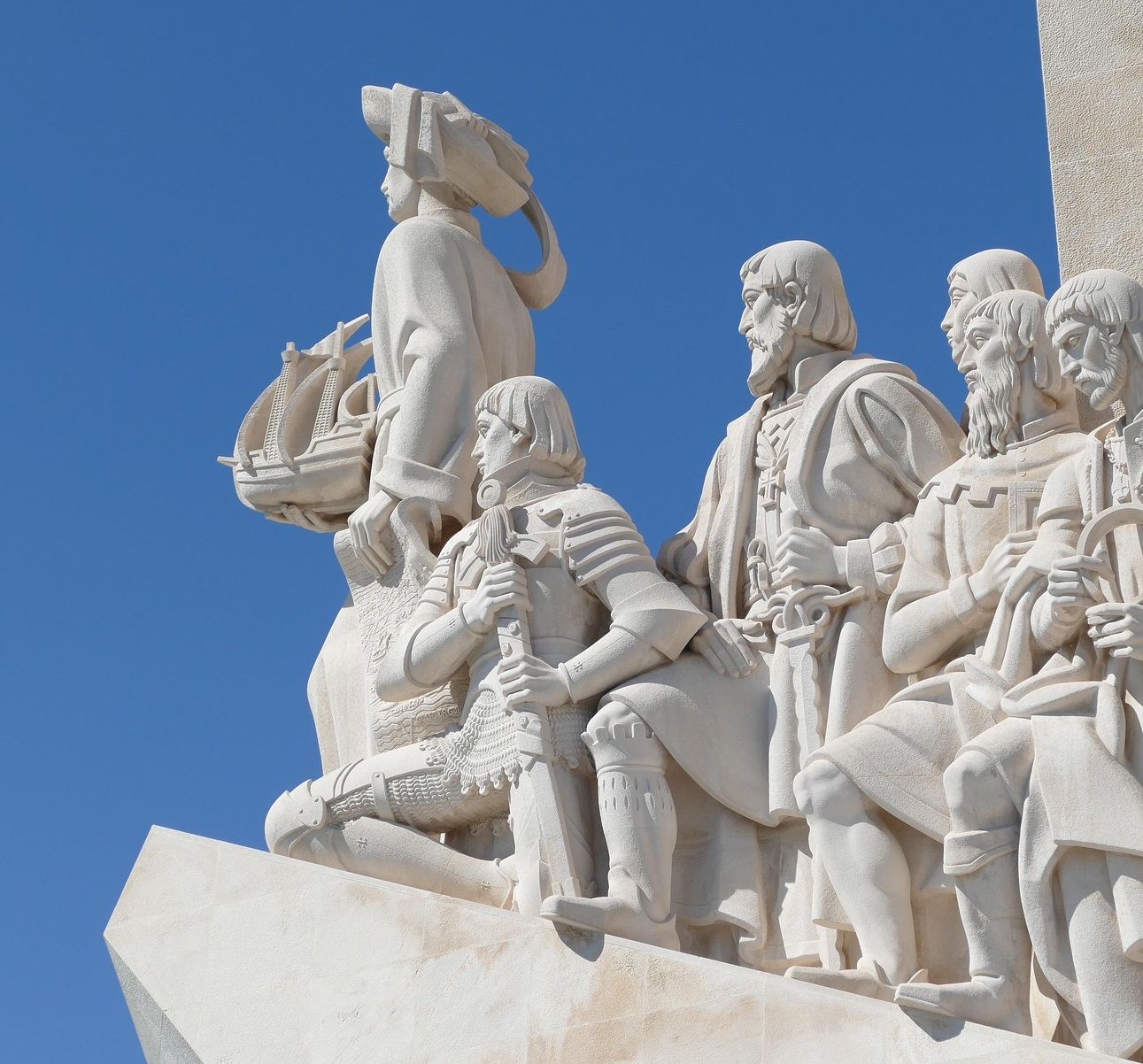
Before Henry The Navigator, sea voyages were risky, sporadic and largely uncoordinated. Henry cleverly gathered sailors, shipbuilders, astronomers, mapmakers, navigators and innovators (see image above) at a special R&D centre in Sagres, Portugal, which then led to the systematic and successful exploration of the west coast of Africa and later Asia. He conceived and built the system that made ocean exploration possible. |
 |
 |
Systematic, long-term planning of maritime exploration, including cartography, astronomy, shipbuilding and navigation (Technology/Maritime) |
 |
|||
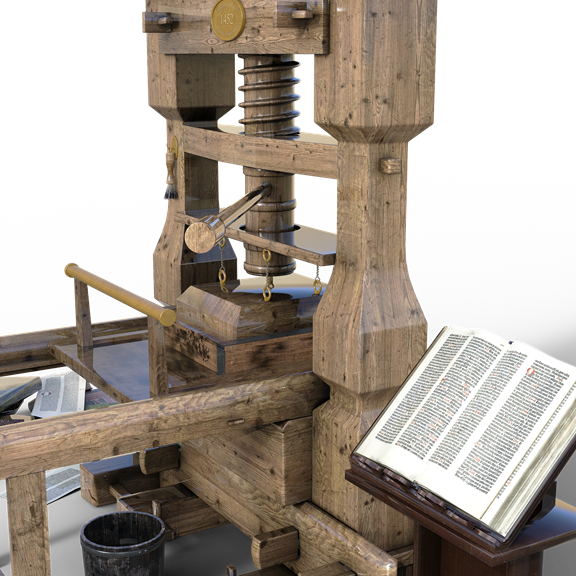
With the help of harder alloys, movable type and wine presses, Johannes Gutenberg turned the slow art of manual book-copying into a rapid scalable printing technology - making mass communication possible for the first time in history. He cleverly combined metallurgy, mechanics and ink chemistry into a revolutionary new system for distributing knowledge (see image above of the first ever printing press). |
 |
 |
The scalable printing press - replicating knowledge at mass scale (Technology/Information) |
 |
|||
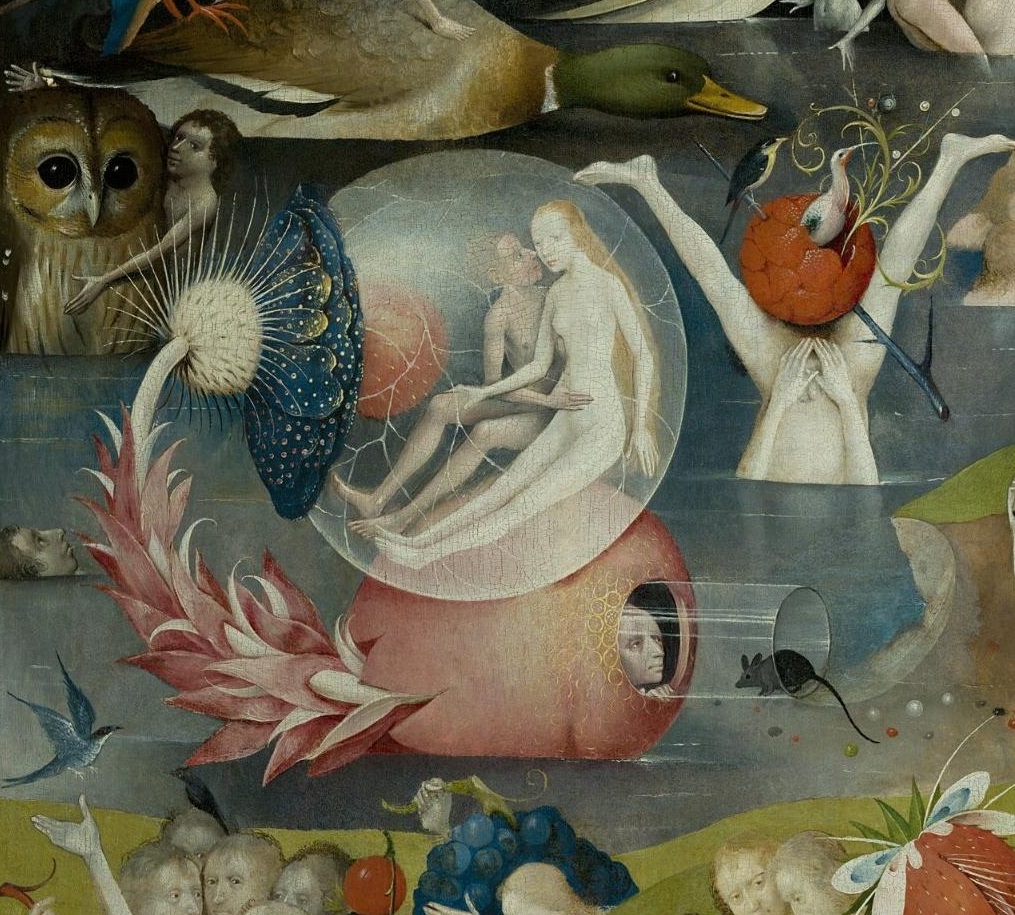
Created over 500 years ago, the triptychs by the Dutch painter Hieronymus Bosch are an incredible leap of imagination and symbolism. He painted in a fantastic, surrealist style using dream-like landscapes, alien life-forms and futuristic visions, all mixed with moral allegories about human folly and damnation. A small excerpt of his masterpiece The Garden of Earthly Delights is shown above. The full triptych was in fact the author's inspiration for the whole Atlas of Human Imagination. |
 |
 |
The Garden of Earthly Delights and other triptychs - visionary symbolic art (Art) |
 |
|||
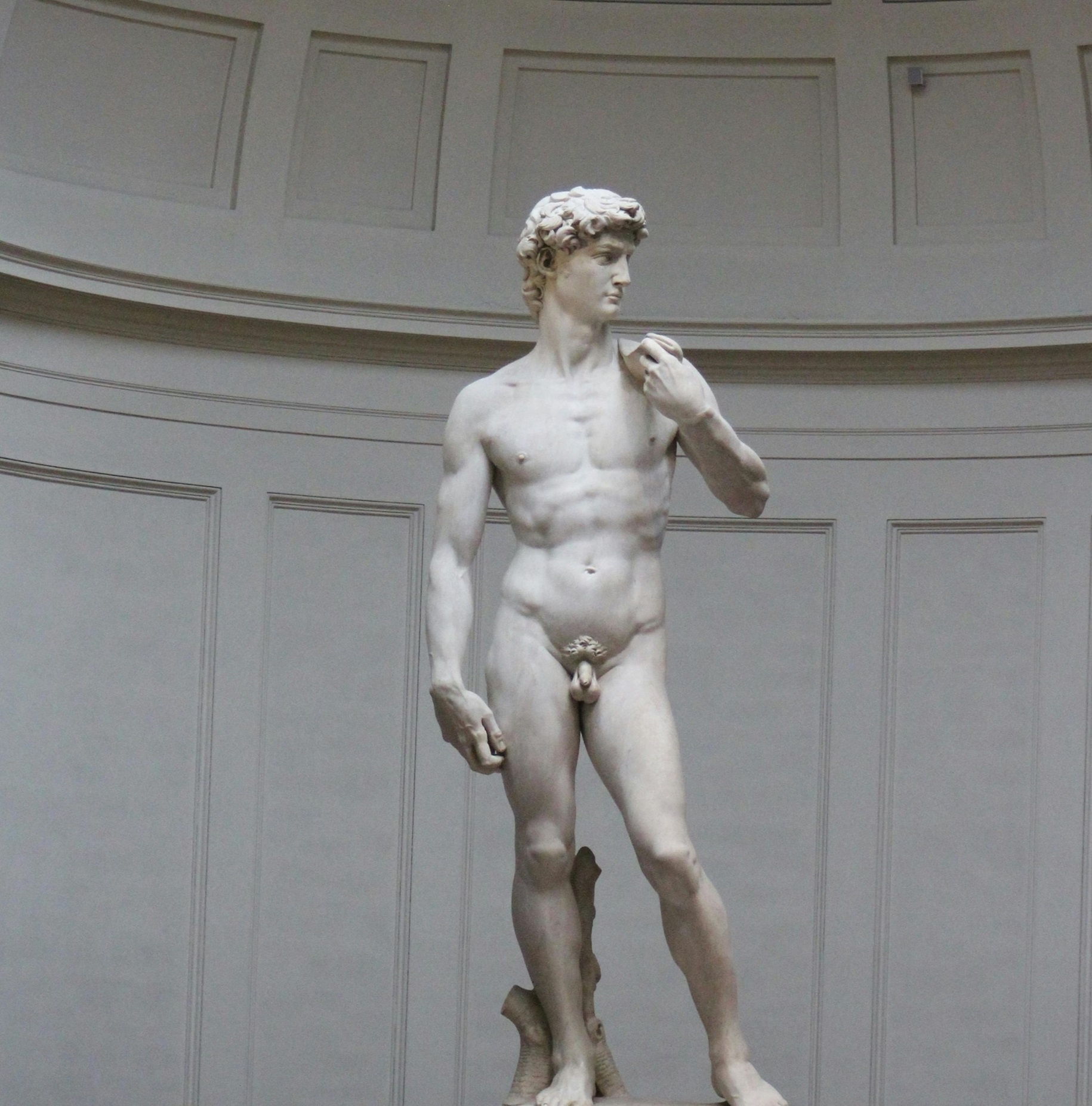
Michelangelo Buonarroti used great imagination by seeing forms, where others saw only a raw block of stone. His most famous sculpture David (shown above) was an act of "releasing" the figure trapped inside the marble. His David is not just anatomically perfect, but also filled with emotion and spiritual depth. Similarly, the soaring figures of the Sistine Chapel ceiling, including "The Creation of Adam", continue to inspire awe centuries later. |
 |
 |
The sculpture of David and the ceiling of Sistine Chapel (Art) |
 |
|||
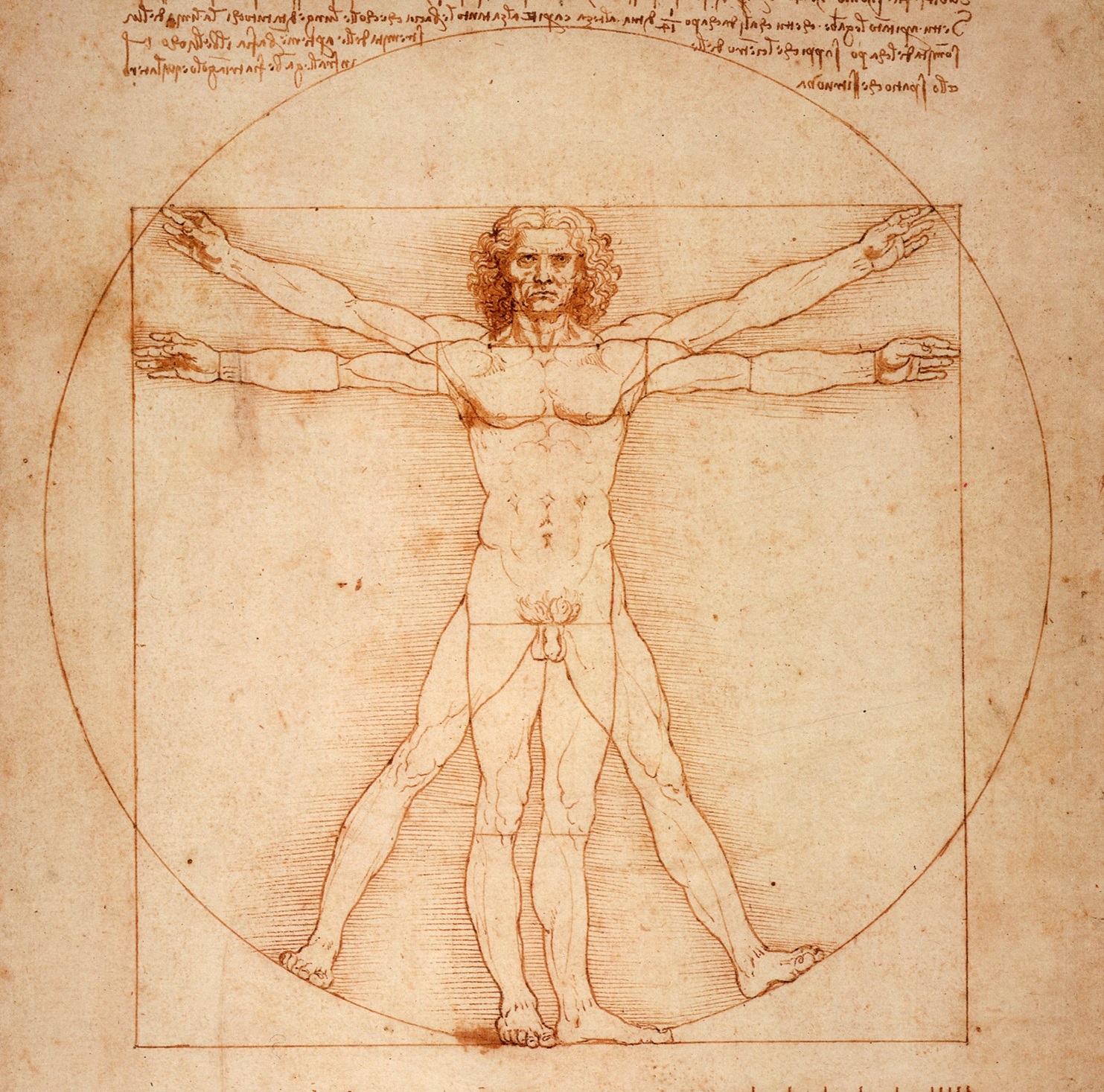
The imaginative genius of Leonardo Da Vinci knew no bounds, and he believed that careful observation could unlock nature's secrets, whether in anatomy like Vitruvian Man (shown above) or in his paintings like the Mona Lisa. Da Vinci left behind many notebooks, like the 1,119-page Codex Atlanticus and the Codex Leicester, which reveal insights, creations and inventions many centuries ahead of their time. Put simply, Da Vinci refused to recognise any boundaries between science, art, engineering and nature. |
 |
 |
Vitruvian Man and many other paintings, anatomical drawings, mechanical designs and inventions - uniting art and science (Art/Science) |
 |
|||
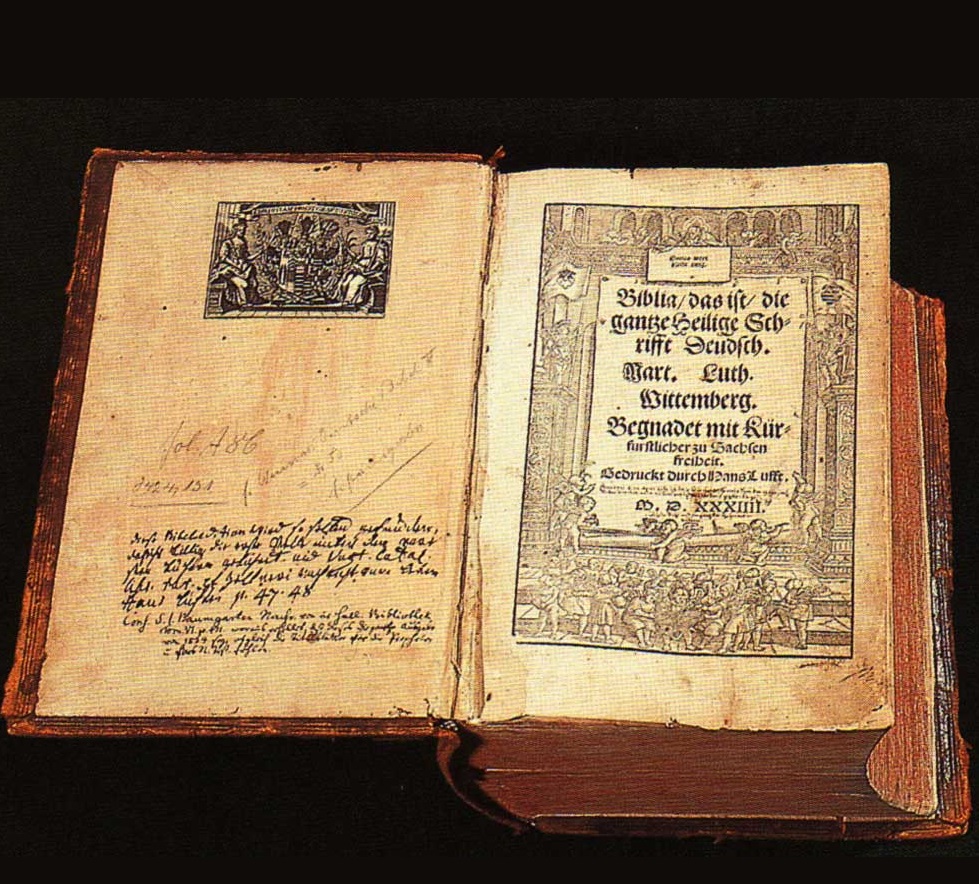
The German priest Martin Luther challenged the idea that the Church held exclusive authority over truth and information. He used imagination, words, conviction and the rapid printing unlocked by Gutenberg in 1440 to spark a revolution in thought. The Lutheran Bible (see image above), for example, allowed ordinary people to read it, thus reshaping religion and education across the whole of Europe. |
 |
 |
The Reformation, and individual challenge to religious authority (Society/Politics) |
 |
|||
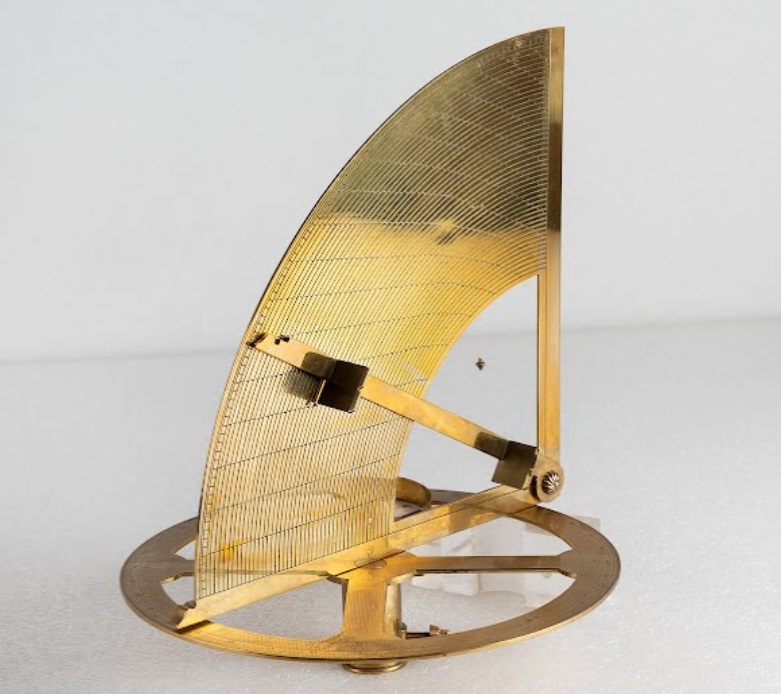
Pedro Nunes was Portugal's royal mathematician and he solved many of the hidden problems of ocean navigation, like keeping course on the open ocean. He created all the mathematics for predicting sea journeys, such as the loxodrome, the great circle, the advanced astrolabe and the nonius (see image above), and he contributed to sophisticated cartography too. Without Nunes, sea charts would have been unreliable and progress towards global shipping would have been considerably slower and less accurate. |
 |
 |
Navigation mathematics - the great circle and other innovations guiding global exploration (Mathematics/Navigation) |
 |
|||
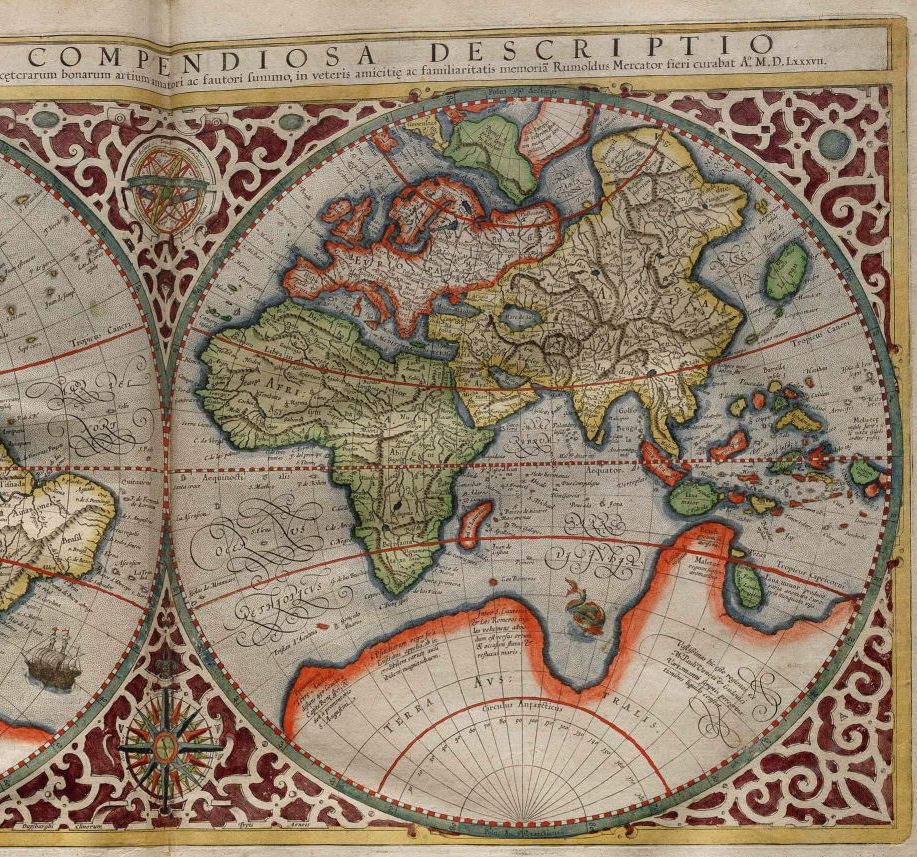
The Flemish geographer Gerardus Mercator is most renowned for creating the 1570 world map (excerpt shown above) based on a completely new projection, that built on Pedro Nunes' novel understanding of loxodromes and great circles. This reimagination of cartography was so important that it is still employed in nautical and world maps today. He also termed the phrase atlas for a collection of maps, borrowing the name from the Greek god Atlas who carried the world on his back. |
 |
 |
World map projection - reimagining geography for precise navigation (Geography/Technology) |
 |
|||
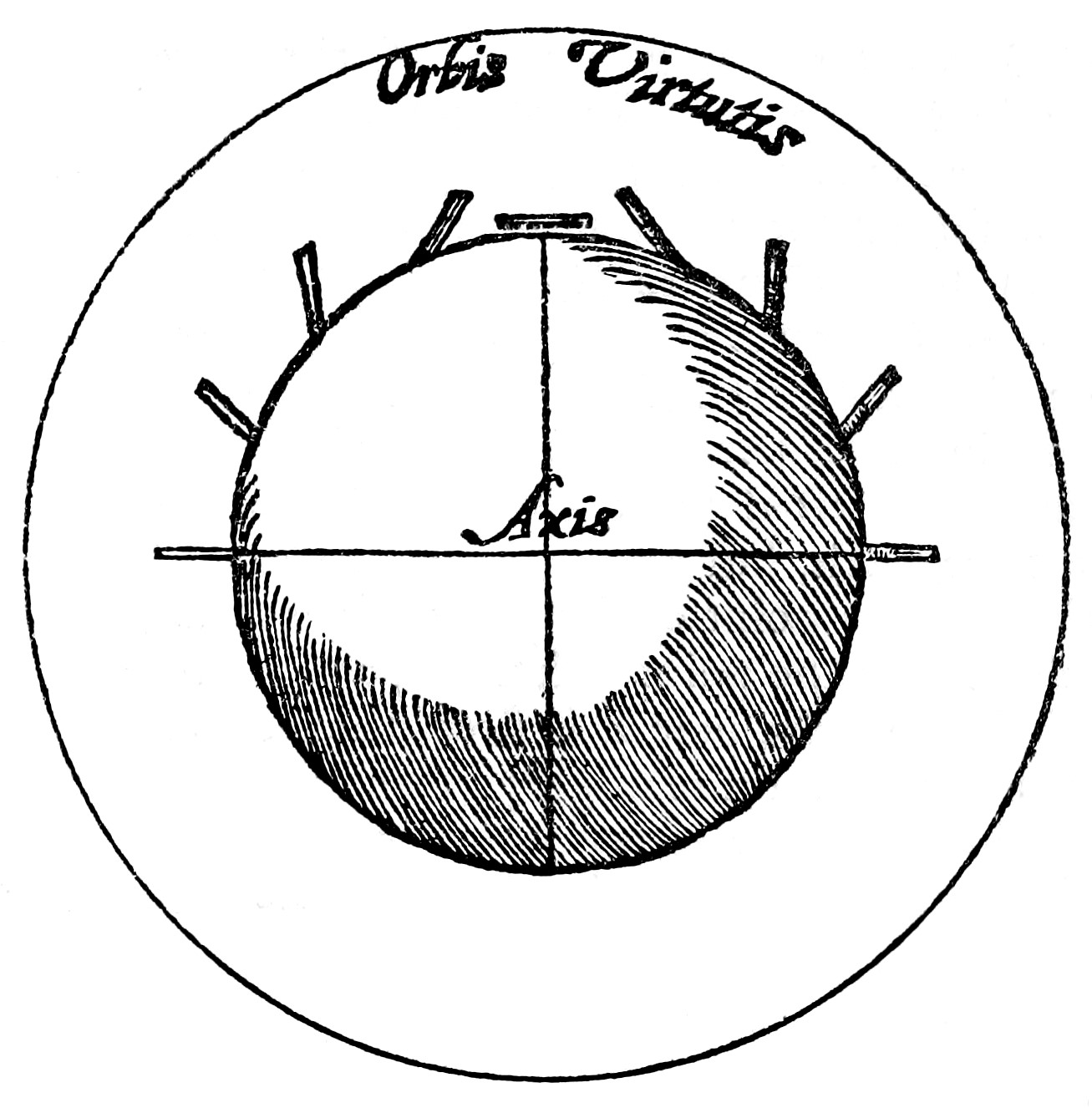
William Gilbert was physician to Queen Elizabeth I of England and he was the first person to realise that the Earth itself was a giant magnet (see image above). In his book De Magnete (1600) he proved this with hands-on observations and repeatable experiments, debunking many "lodestone myths" in the process. He explained a natural mystery by seeing the big picture and by imagining the Earth as part of the physics - a phenomenal leap of imagination. |
 |
 |
Discovered Earth's magnetism - corectly envisioning the planet itself as a giant magnet (Geoscience) |
 |
|||
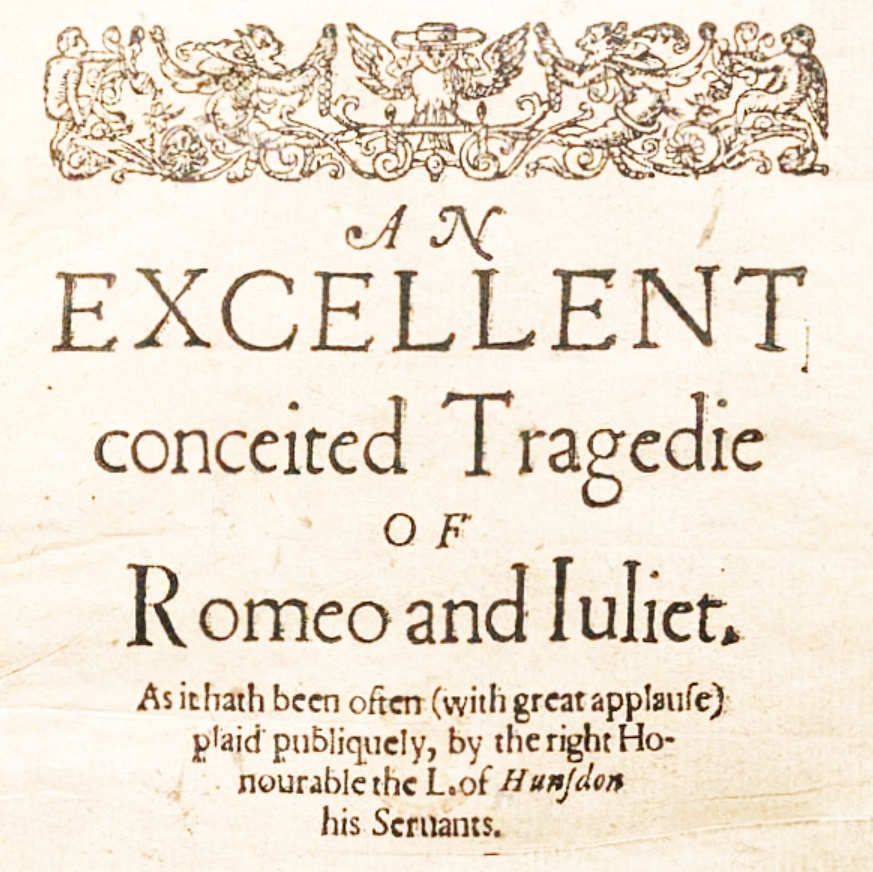
Through his plays and sonnets, William Shakespeare reshaped English language, drama, poetry and storytelling like no other (see image of Romeo and Juliet above). He blended comedy, tragedy and history in new ways; and he invented hundreds of words, phrases and expressions that are still in use today, like "the world's your oyster", "good riddance", "green-eyed monster", "break the ice", "it's Greek to me", "wild goose chase" and "brave new world". Shakespeare turned words into living people, revealing the true depth of the human mind. |
 |
 |
Dramatic and linguistic innovation in theatre and poetry, widely regarded as the greatest writer in the English language (Literature) |
 |
|||
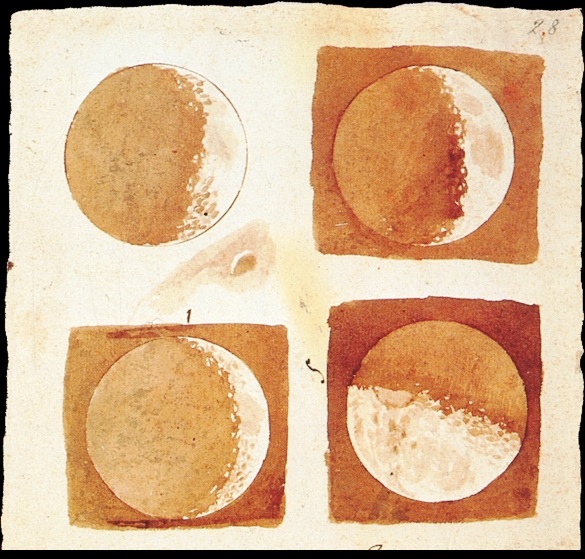
The Italian Galileo Galilei improved the telescope in such a way that he could systematically observe the night sky in high resolution and measure its movements. His accurate drawings of the Moon (see images above) and other celestial bodies like the stars of the Milky Way, and the planets Venus, Saturn, Jupiter and their moons are remarkable, even to this day. He turned instruments into discovery tools, seeing cosmic details no human eye had seen before. Sadly, much of his work went against religious dogma, and he was placed under house arrest by the Pope for heresy in 1634. |
 |
 |
Telescope applied to the cosmos, and drawings of moons and planets (Astronomy/Technology) |
 |
|||
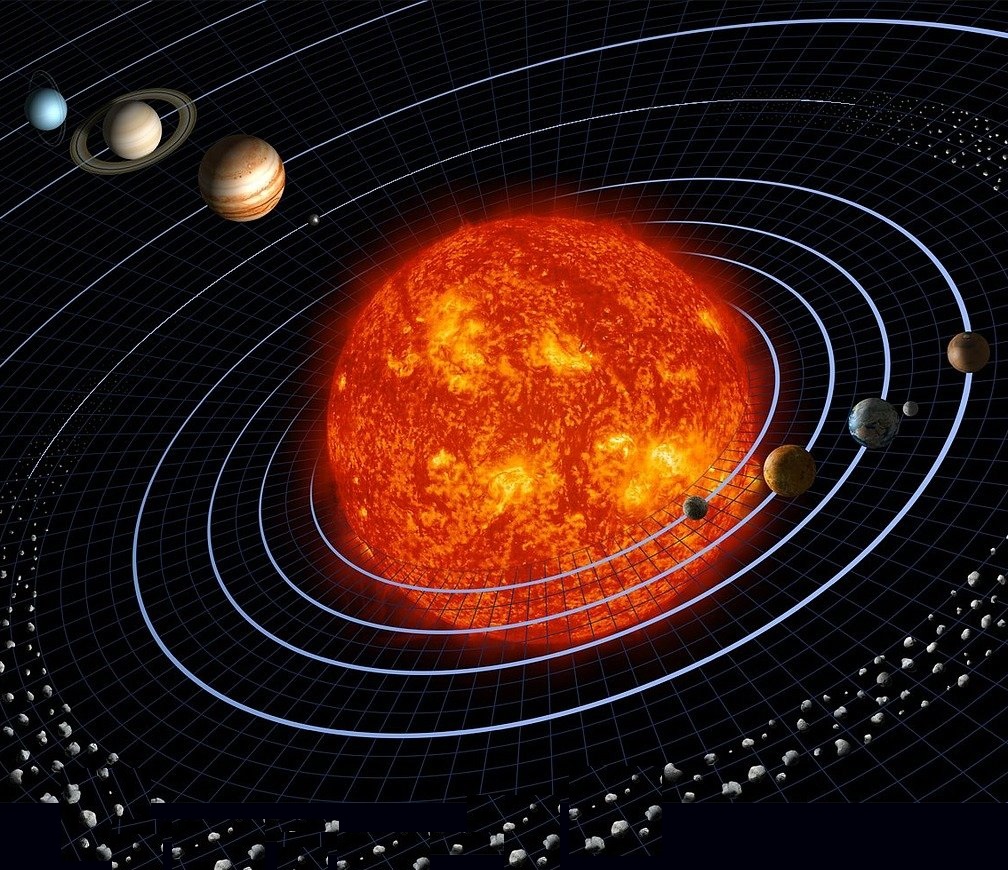
Building on Galileo's telescope innovations, the German astronomer Johannes Kepler turned astronomy into a precise science. He discovered the main mathematical rules that govern the motion of planets and realised, for the first time, that the planets have elliptical orbits, not circular ones (see image above). This laid the foundation for future work on universal gravitation (by Newton), which turned planetary paths into highly predictable laws. |
 |
 |
Discovery that planets move in elliptical, not circular, orbits (Astronomy) |
 |
|||
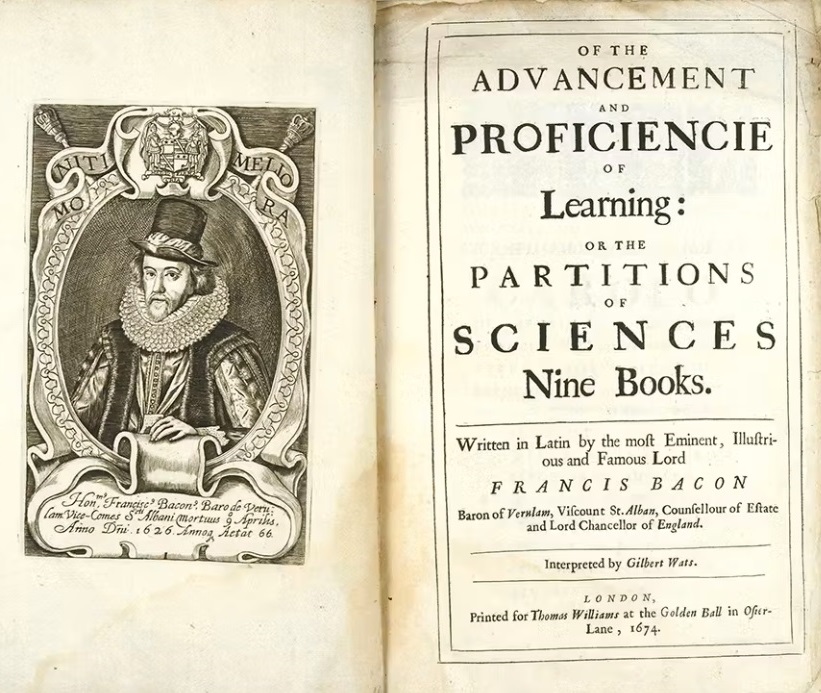
The English philosopher Sir Francis Bacon argued that knowledge should come from systematic observation, evidence and experiment, not just tradition or authority, and he often warned against mental biases which he called "idols of the mind". Bacon turned curiosity into a disciplined reliable method for discovering truth and knowledge - which today is commonly called The Scientific Method (see image above). The argument that science should be open, testable and subject to correction by others is also the basis of the modern peer review system. |
 |
 |
The Scientific Method and the promotion of empirical research and reasoning (Science/Philosophy) |
 |
|||
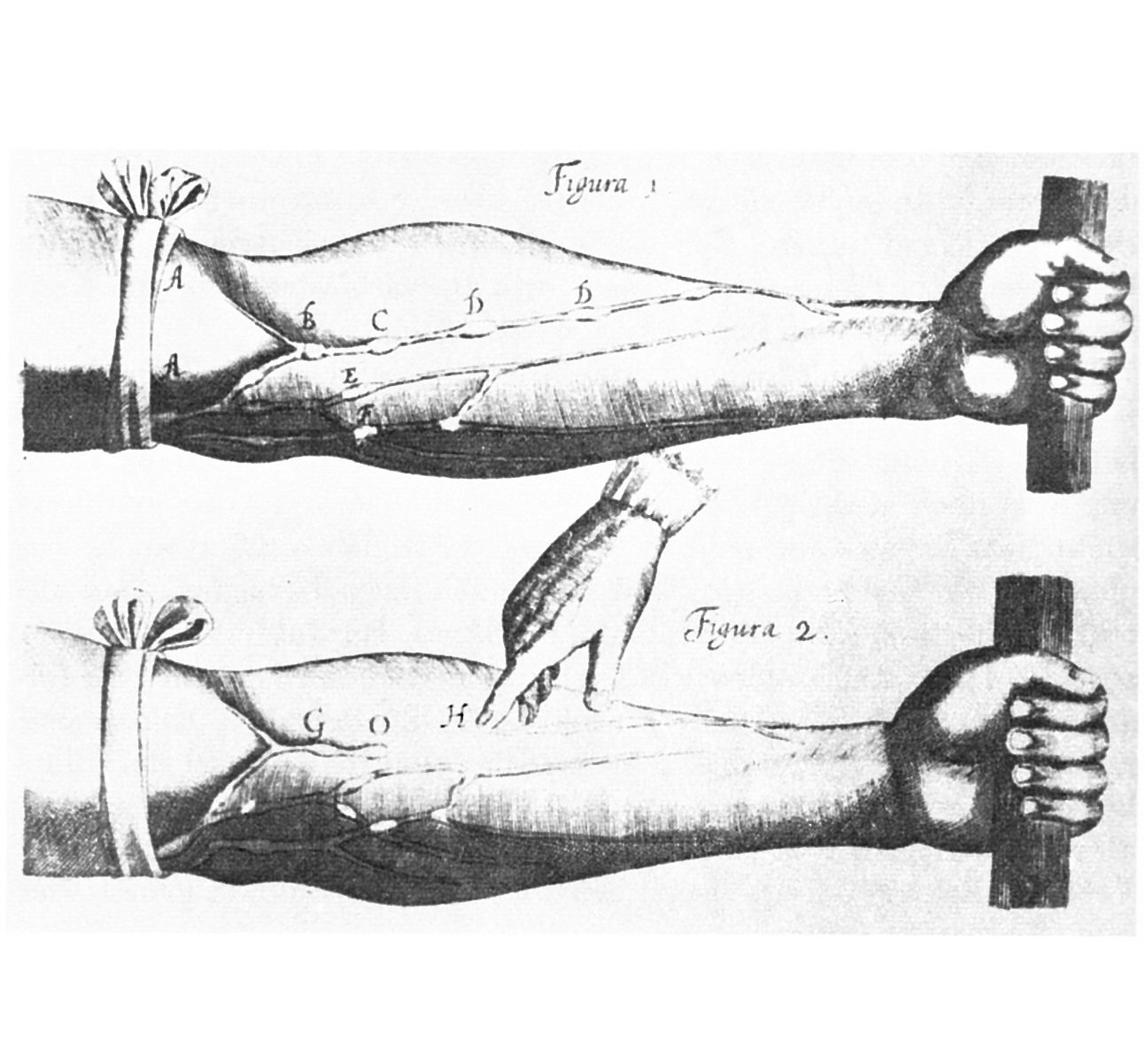
Before William Harvey, people believed that blood was constantly produced and consumed, rather than recirculated. Through careful dissections (see image above), Harvey proved that the heart pumps blood in a complete continuous circuit, out through the arteries and back through the veins. His work De Motu Cordis (1628) provided the first accurate description of the human cardiovascular system, and became a cornerstone of modern physiology. |
 |
 |
Blood circulation in the human body, with the heart as a pump (Medicine) |
 |
|||
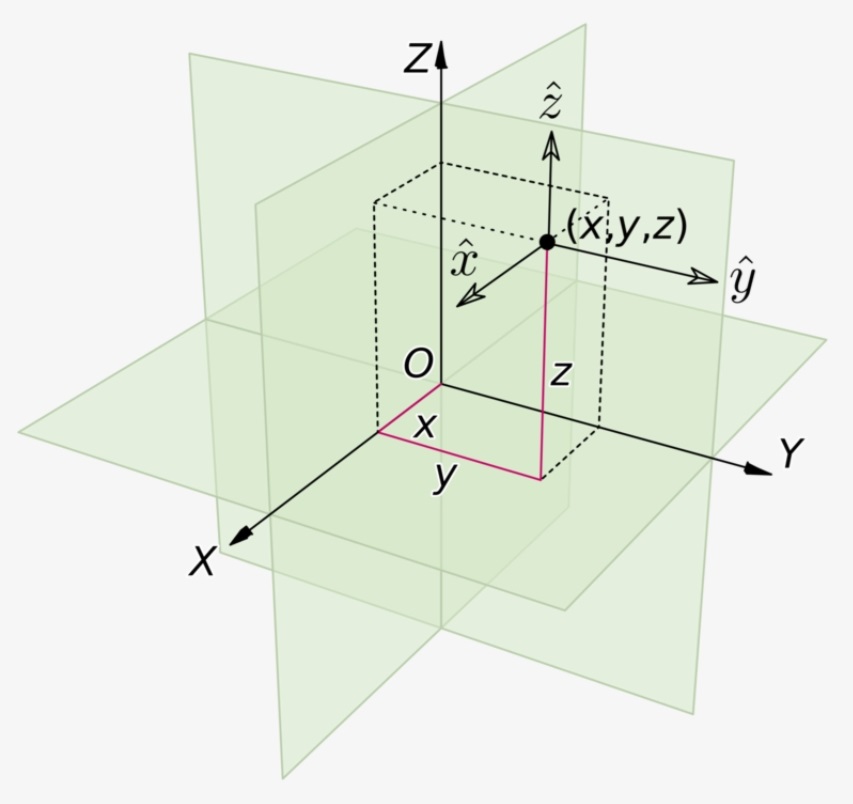
The French scientist René Descartes combined philosophy and mathematics, showing that abstract reasoning could describe the natural world ("I think, therefore I am"). He also invented imaginary numbers, algebraic notation and the X-Y-Z coordinate systems (see image above) which became the basis for modern calculus, physics, graphing, navigation and crystallography. Moreover, Descartes developed a mechanistic view of the universe, believing that all physical phenomena could be explained through the movement of particles and governed by a few universal laws. |
 |
 |
Cartesian coordinate system and imaginary numbers (Mathematics) |
 |
|||
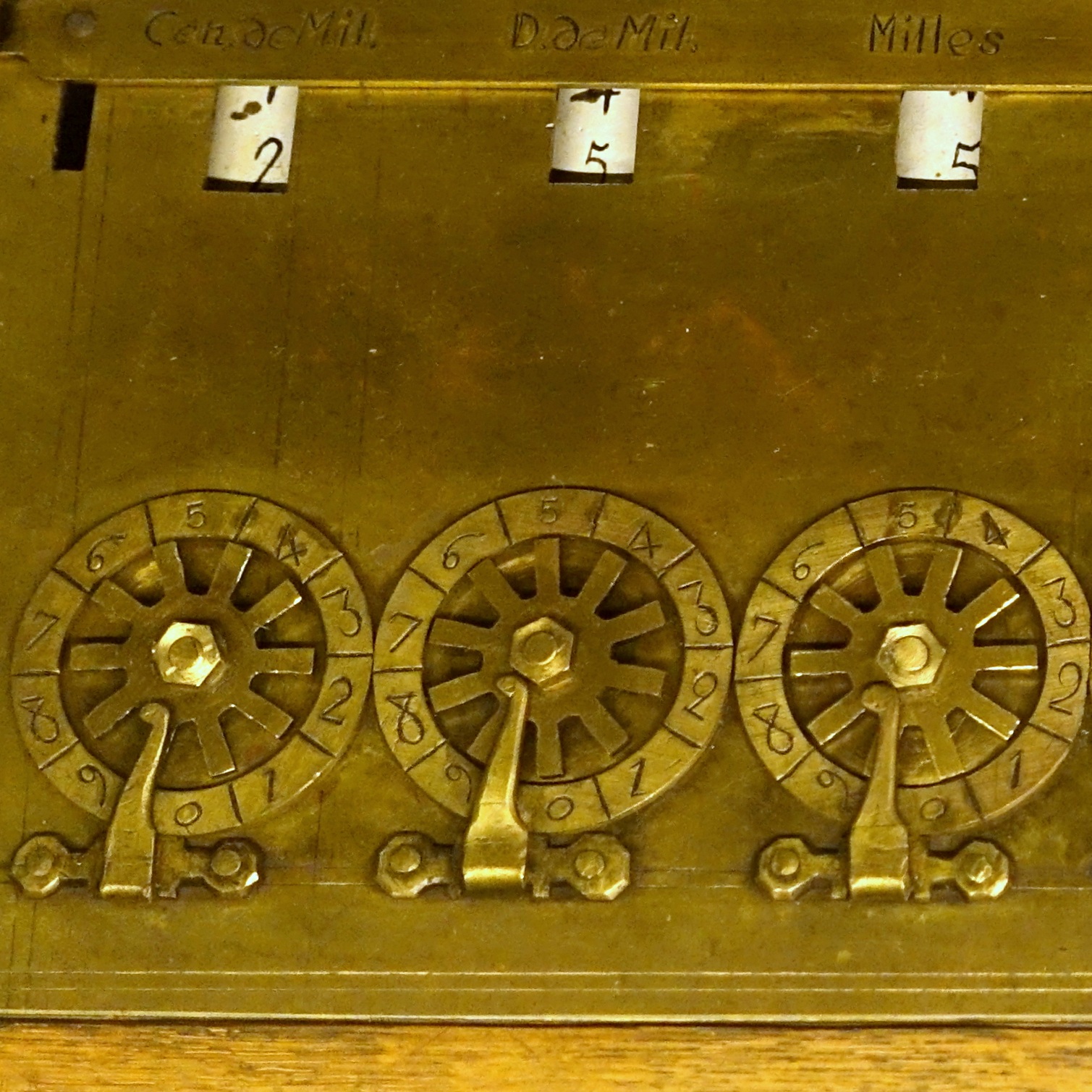
The Frenchman Blaise Pascal was a prodigy in mathematics and physics, who invented the first ever mechanical calculator the Pascaline in 1642 at the age of 19 (see image above) - to help his father with cumbersome tax calculations. His later mathematical works focused on probability theory and the Pascal Triangle. In physics, Pascal excelled and made huge contributions to the study of pressure (Pascal's Law) and fluid dynamics, inventing both the hydraulic press and the syringe. The standard unit of pressure Pascal (Pa) honours his name. |
 |
 |
First calculator - bridging mathematics and physics with visionary abstraction (Mathematics/Physics) |
 |
|||
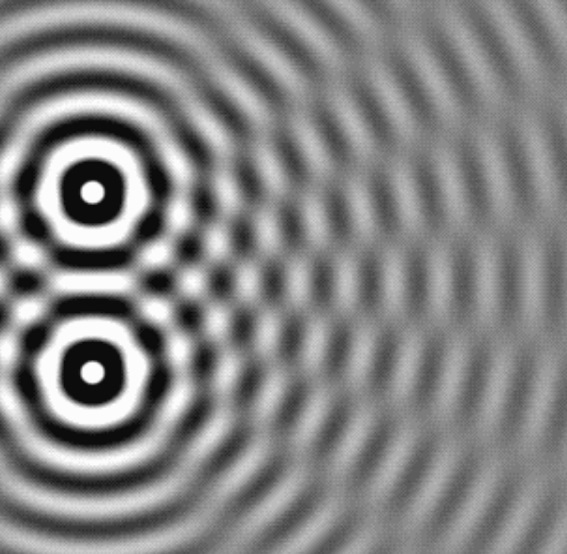
By applying mathematics to practical problems, Christiaan Huygens made several major breakthroughs. The Dutchman invented the pendulum clock revolutionising precision time-keeping; he discovered laws of centrifugal force and planetary motion; and he proposed for the first time that light travels in waves (see image above) - a theory that influenced all of later physics. |
 |
 |
Wave theory of light and pendulum clocks - new understanding of optics and time-keeping (Physics/Technology) |
 |
|||
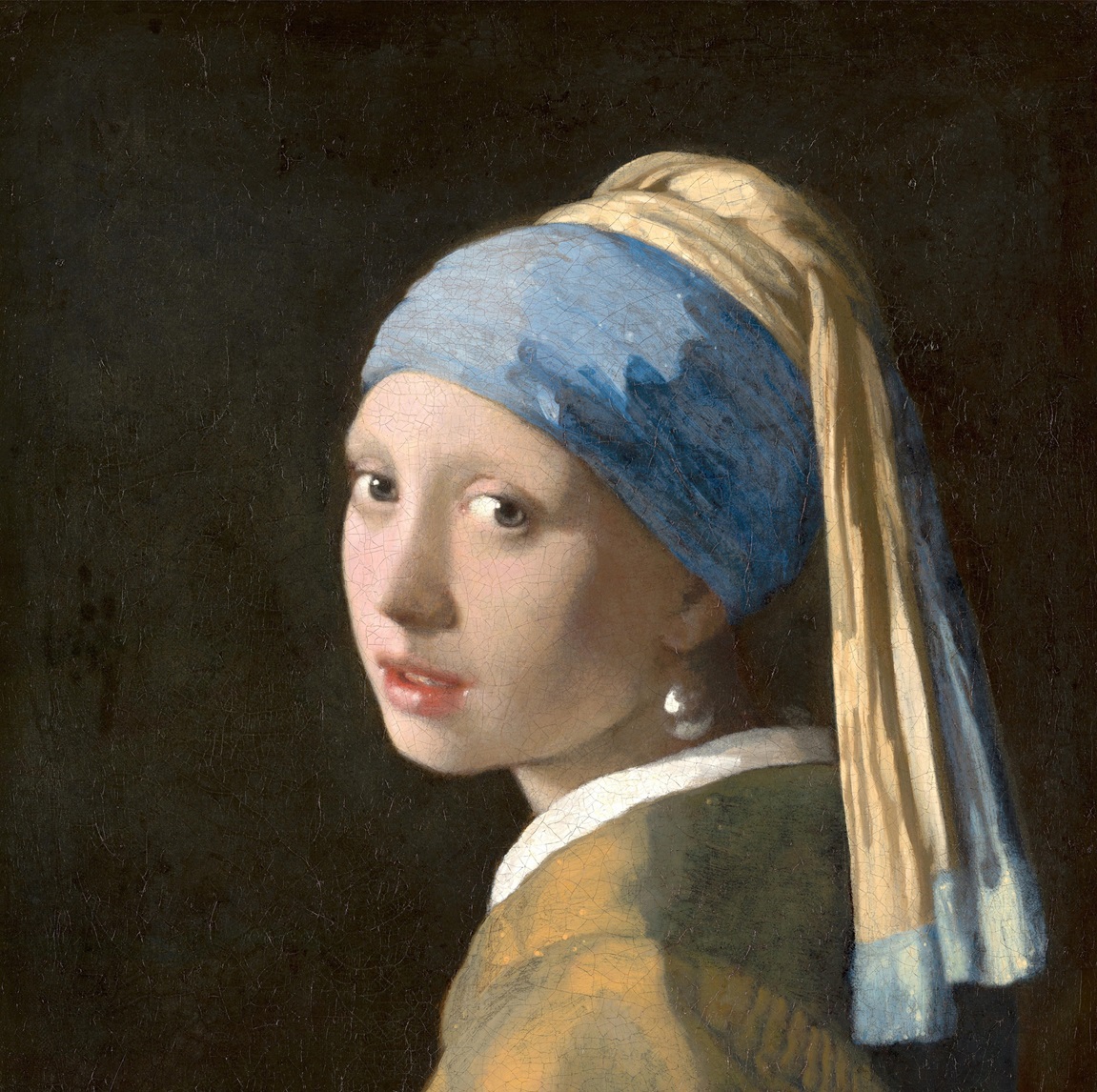
The Dutch master Johannes Vermeer is considered one of the finest painters of all time. He cleverly captured light, perspective and intimate everyday scenes with astonishing realism that still captivates viewers today. The Girl with a Pearl Earring (see image above) and View of Delft are the perfect examples of this imaginative use of light and emotional subtlety. Put simply, Vermeer revealed the profound beauty in ordinary life. |
 |
 |
Mastered light and perspective in painting - transforming perception into visual poetry (Art) |
 |
|||
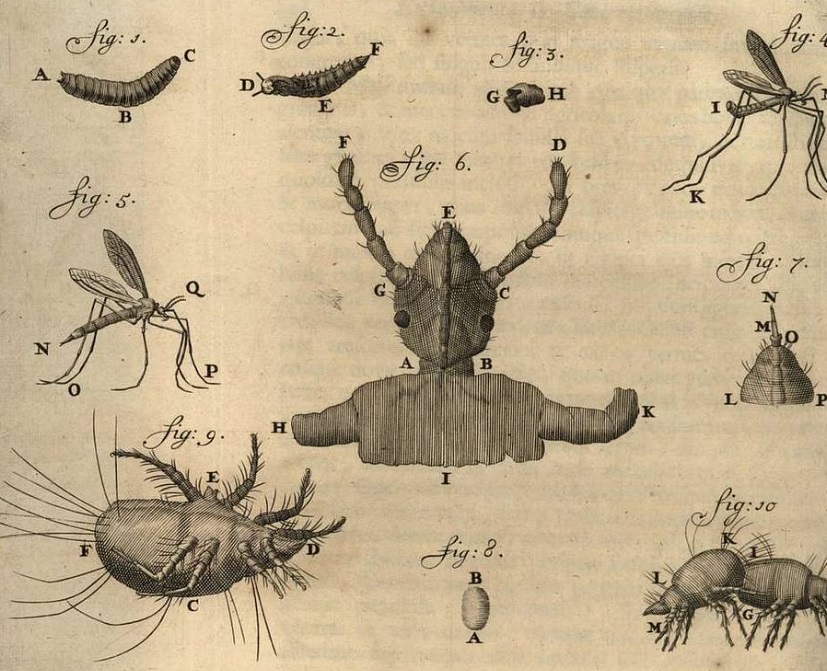
The Dutchman Antonie van Leeuwenhoek was the first person to make high-quality glass lenses and construct a working, single-lens microscope with x300 magnification. He used this powerful instrument to study and discover an entirely invisible world of life. Consequently, he was the first person ever to observe bacteria, protozoa, sperm cells, blood cells and tiny waterborne organisms (see image above), thereby laying the foundation for all future microbiology. |
 |
 |
Microscope as a window onto microscopic life never seen before (Biology/Technology) |
 |
|||
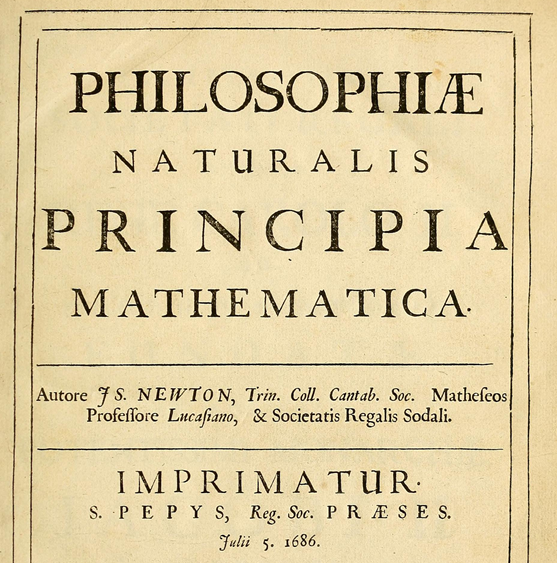
Sir Isaac Newton had incredible imagination and he unified the laws of heaven and earth with mathematics. His 1686 book Principia Mathematica (see image above) formulated the now-famous three laws of motion and the law of universal gravitation. He showed for the first time that the same physical principles that govern falling apples also govern orbiting planets. Newton also shares credit with Leibniz for the invention of calculus in the 1680s, albeit independently of each other. |
 |
 |
Principia Mathematica - laws of motion and universal gravitation (Mathematics/Physics) |
 |
|||
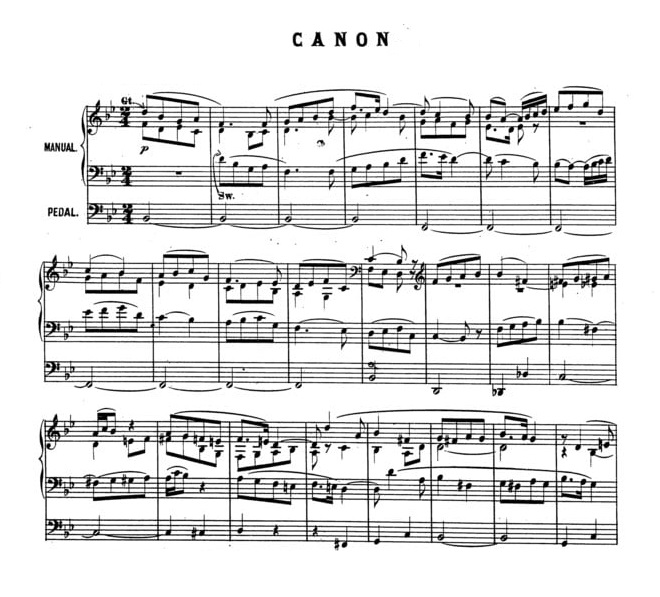
Johann Pachelbel was a German composer and organist who mastered the use of interweaving melodies and variations on themes. His most famous piece, Canon in D Major, uses a repeating chord progression (D-A-Bm-F#m-G-D-G-A) that builds layers of harmony (see image above) - a structure so elegant it still underpins much modern music including songs by The Beatles, U2, Bob Marley, The Pet Shop Boys, Oasis, Spiritualized and Green Day. Pachelbel's catchy chords became part of the DNA of western pop music. |
 |
 |
Canon in D Major - enduring harmonic imagination and chord progressions (Music) |
 |
|||
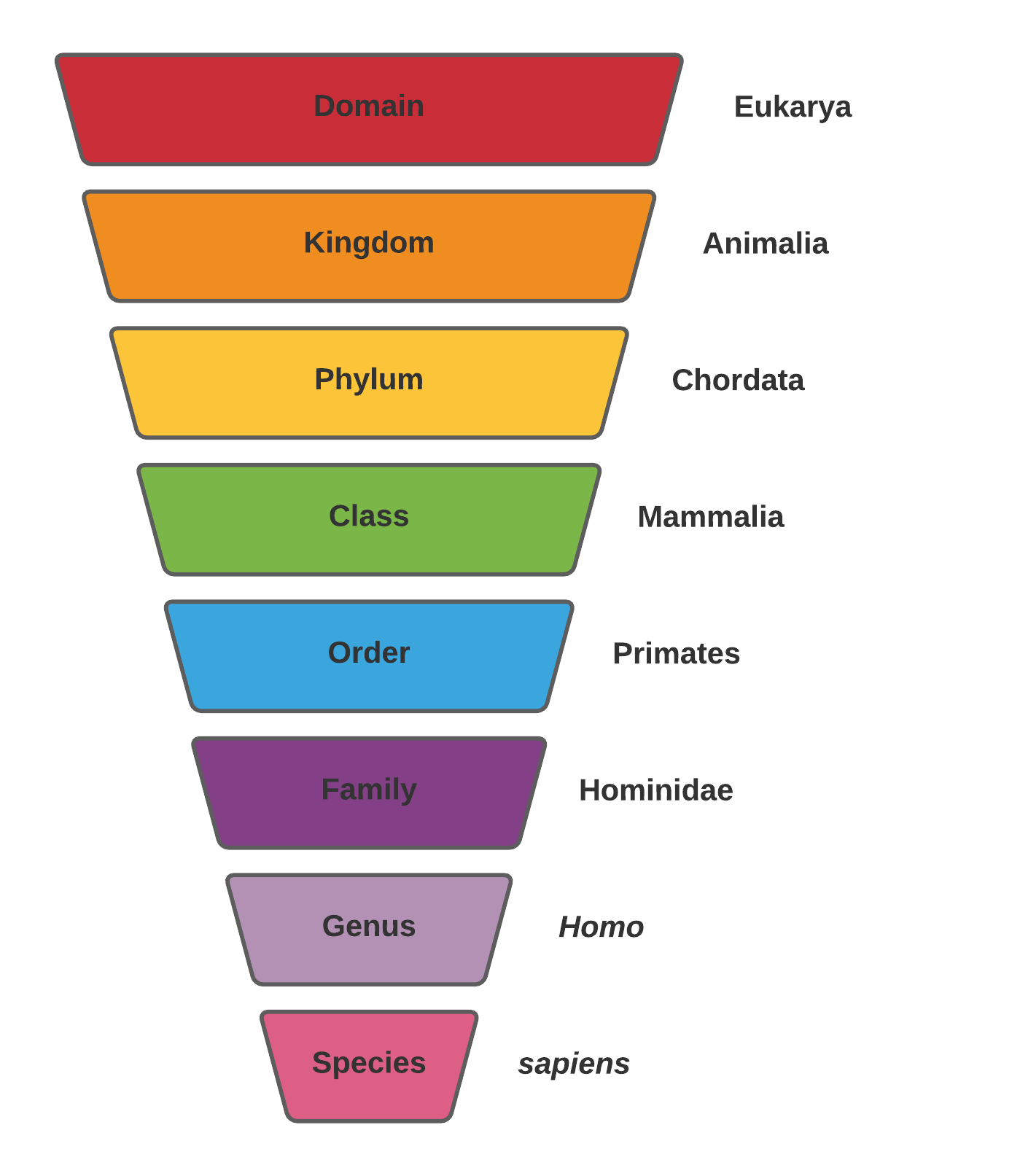
In Systema Naturae (1735), Carl Linnaeus, the Swedish biologist, invented a universal system to classify and name living systems, giving biology an orderly language and framework that it still uses today. He organised plants and animals into a hierarchical system (see image above) called a taxonomy. This new system allowed scientists to communicate about organisms without confusion. |
 |
 |
Taxonomy - systematising all known living species with binomial nomenclature (Biology) |
 |
|||
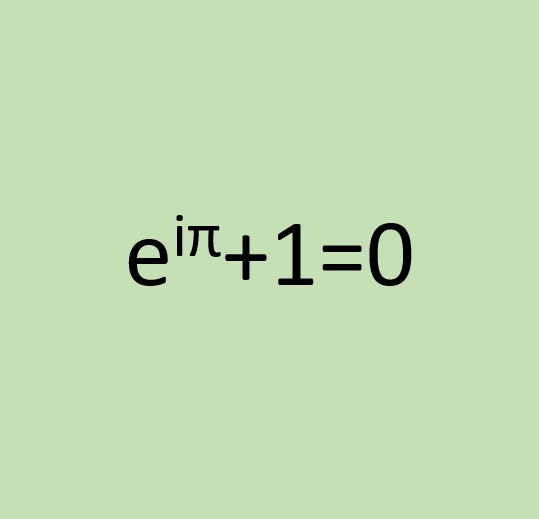
The Swiss Leonhard Euler was one of the most imaginative and prolific mathematicians that has ever lived (more than 800 papers in his career!) He saw deep connections across mathematics and worked in nearly every branch of maths - geometry, calculus, topology, number theory, mechanics, optics and astronomy. His most famous insight is Euler's Identity (as shown above) which beautifully links the five most fundamental numbers: e, i, pi, 1 and 0. |
 |
 |
Euler's Identity linking e, i, pi, 1 and 0 - the beauty of mathematical structure (Mathematics) |
 |
|||
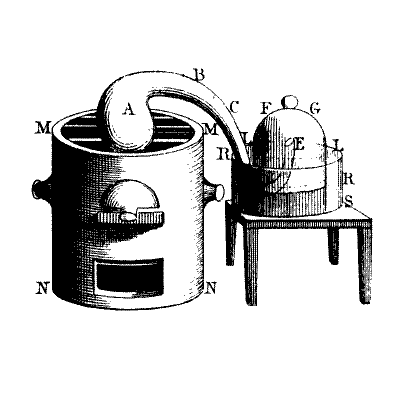
The French chemist Antoine Lavoisier made a ground-breaking discovery when he realised, through careful chemical experiments (see image above), that mass is conserved during chemical reactions. The fact that matter is neither created nor destroyed, and that it only changes form, is one of the most universal truths and a cornerstone of science. Lavoisier turned chemistry into a quantitative science, not just alchemy or guesswork. |
 |
 |
Chemical elements and the law of conservation of mass (Chemistry) |
 |
|||
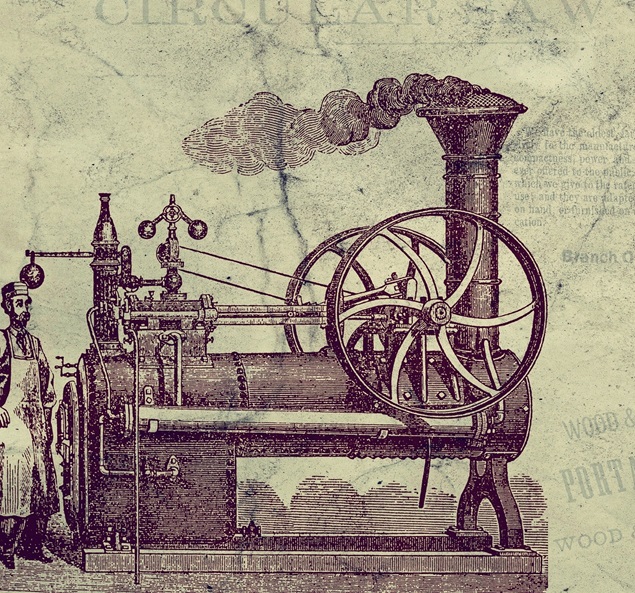
James Watt was a Scottish engineer and chemist whose imaginative inventions ushered in the Industrial Revolution. He solved technical problems, involving the steam engine (see image above), and he vastly improved its efficiency and invented rotary motion of the engine. His improvements enabled factories, trains and ships to operate like never before, fuelling modern economic growth. The standard unit of power Watt (W) honours his name. |
 |
 |
Steam engine and efficiency improvements, powering the Industrial Revolution (Engineering) |
 |
|||

In The Wealth of Nations (1776), the Scottish economist Adam Smith argued that individuals pursuing their own self-interest can unintentionally benefit society. He studied a pin factory in London (hence the image above) to illustrate the power of division of labour and how specialisation increases productivity. He also coined the phrase the invisible hand representing market forces. Smith advocated for minimal government intervention in economic matters (laissez-faire), believing that free trade and competition would drive the prosperity of nations. |
 |
 |
Invented modern economics - imagining markets as invisible hands guiding human cooperation (Economics/Philosophy) |
 |
|||
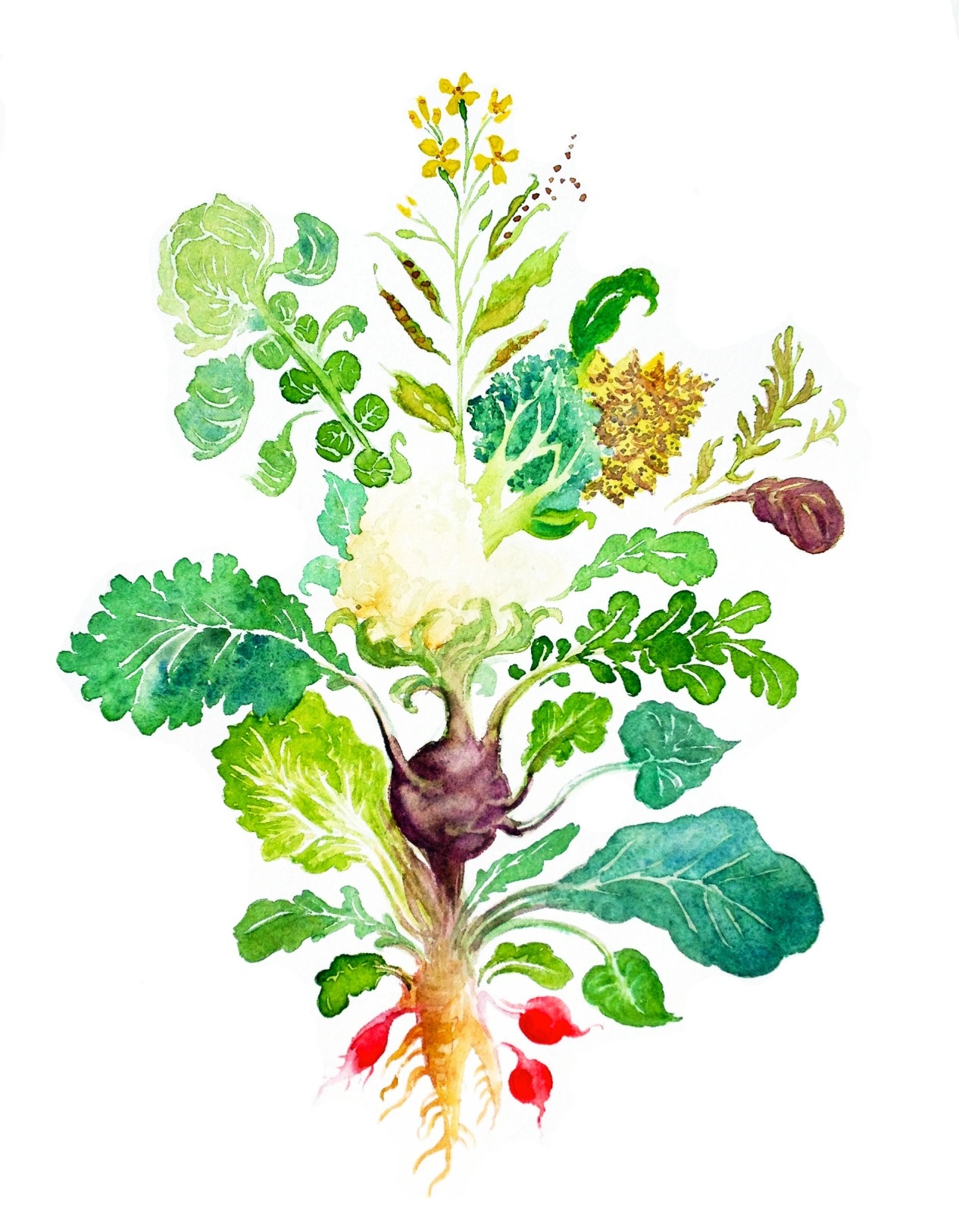
Johann Wolfgang von Goethe was a German polymath who bridged science, art and literature. He worked extensively on botany and proposed the theory of a primal plant, the Urpflanze, from which all plants derive (see image above). This was an early expression of the concepts of inheritance, evolution and diversity, which were later proven by others. In addition, Goethe wrote literary masterpieces like Faust. |
 |
 |
Plant morphology and the Urpflanze - uncovering underlying forms and patterns in nature (Science/Art) |
 |
|||
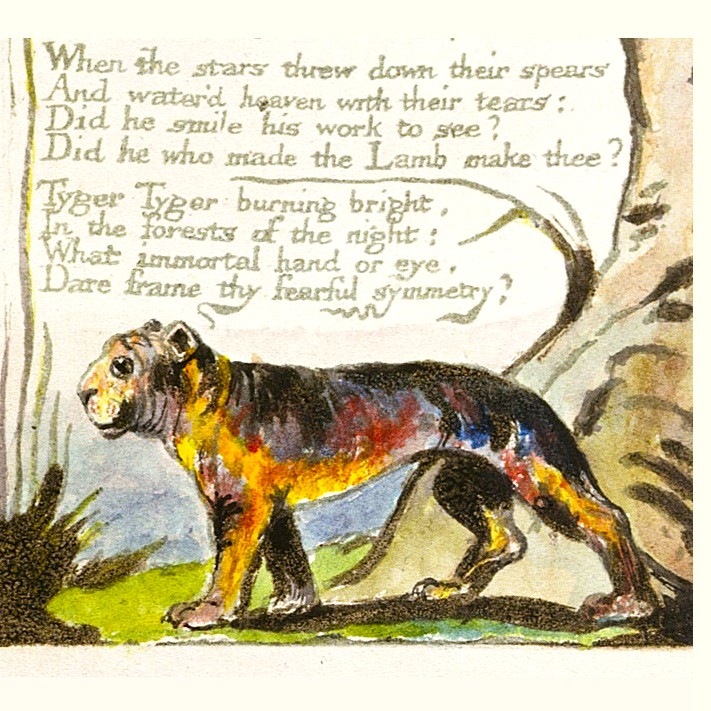
Although not well known during his lifetime, the English poet and artist William Blake is now regarded as a seminal figure in the world of poetry. Blake saw the spiritual world as vividly as the physical world, writing and illustrating poems with unprecedented creativity. His many works, like for example The Tyger (see image above), The Lamb, London, A Poison Tree and Jerusalem uniquely fused poetic words and hand-drawn images into single acts of incredible imagination. |
 |
 |
Fusion of poetry and visual art to map the human soul (Literature/Art) |
 |
|||
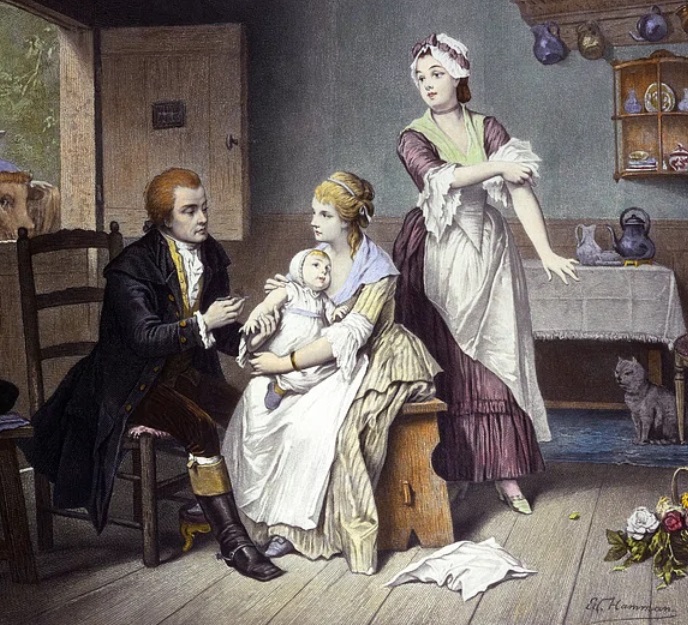
Edward Jenner pioneered vaccination and immunology, using experiments to prevent deadly viral diseases. Prior to Jenner, about 15% of the population died of smallpox. Jenner noticed that milkmaids with cowpox were 'magically' immune to smallpox. His great leap of imagination was to inject a small amount of cowpox into a human (see image above), in order to build up resistance against smallpox. His inoculation idea worked and immediately saved millions of lives. |
 |
 |
Smallpox inoculation - imagining immunity against viral disease (Biology/Healthcare) |
 |
|||
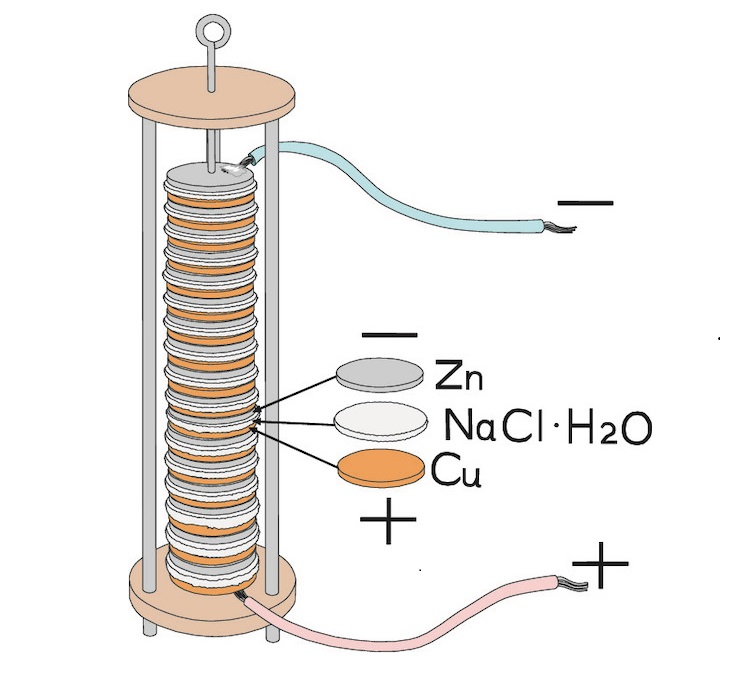
Alessandro Volta, the Italian chemist, was the first person to imagine and create a chemical battery, using alternating discs of copper and zinc separated by salt-soaked cloth (see image above). This prototype battery produced a steady flow of electric current for the first time ever, enabling a whole host of other experiments in physics and chemistry. He showed that electricity could be generated chemically, not just from lightning or friction. The unit of voltage, the Volt (V), honours his name. |
 |
 |
First electric battery - controlled source of electrical energy (Physics/Technology) |
 |
|||
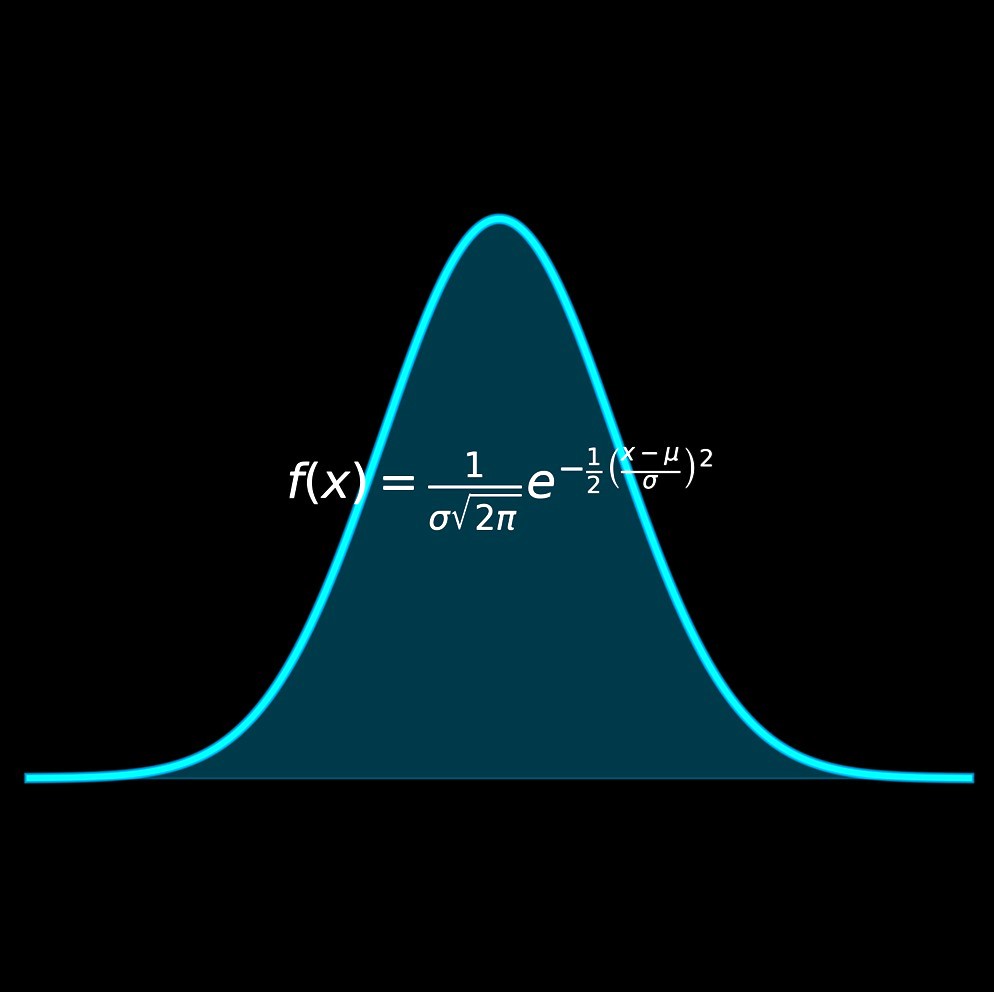
Carl Friedrich Gauss was a German polymath, who contributed to many fields in mathematics, physics, astronomy, geodesy and metrology. Often known as the "Prince of Mathematics", Gauss revolutionised number theory, statistics and geometry. He was the first to introduce the mathematical equation for a bell curve, or normal distribution in statistical analysis (see image above). His major leap was to uncover the invisible structures governing the very language of science. |
 |
 |
Normal distribution, bell curves, number theory and many other mathematical and physical discoveries (Mathematics/Physics) |
 |
|||
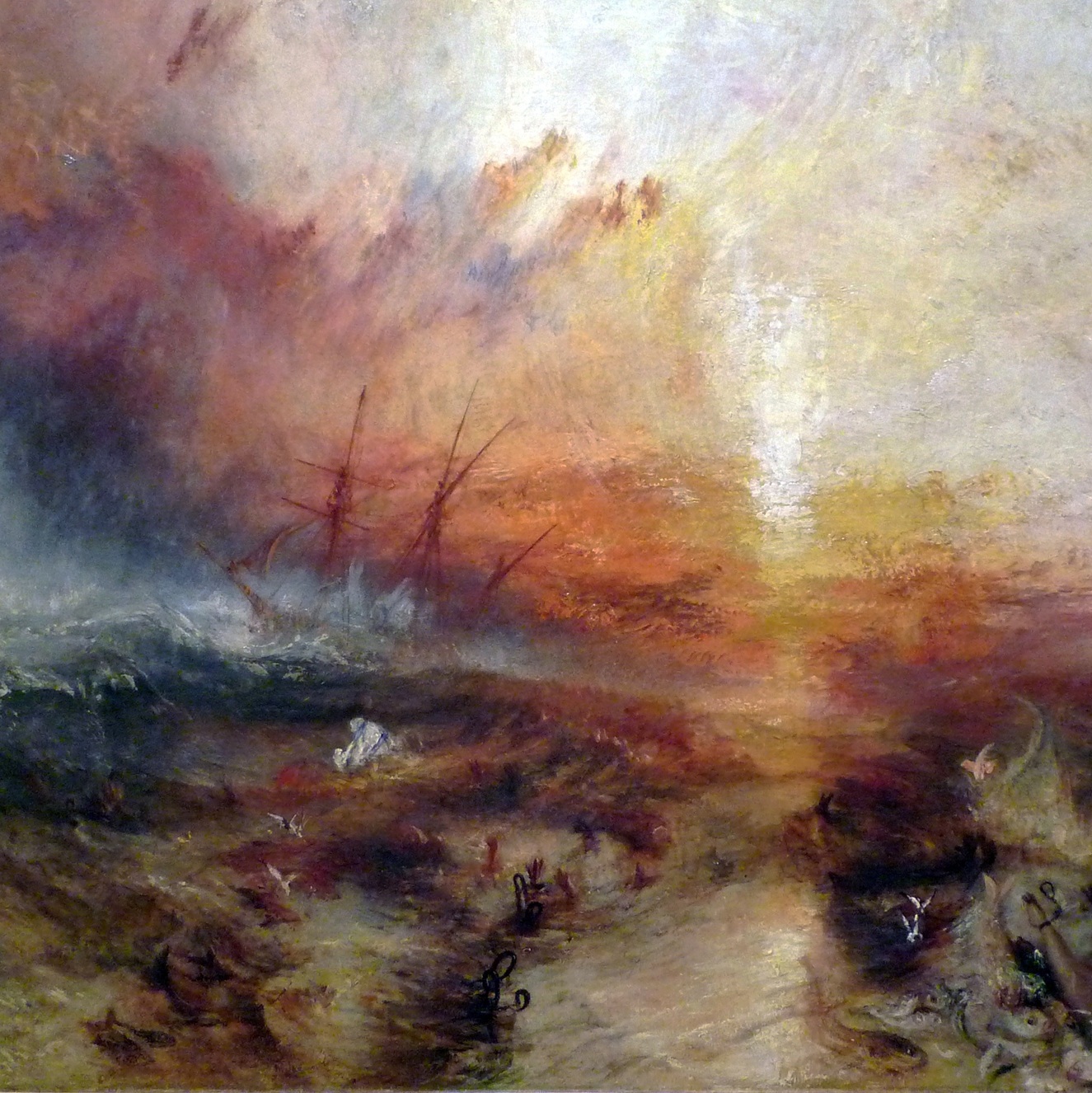
Joseph Mallord William Turner was an English Romantic painter who is best known for expressive landscapes and fiery seascapes. With striking colours and violent maritime themes (like in the image above), Turner pushed painting in a completely new imaginative direction. He captured the sublime power of nature, turning canvases into raw emotion. Many of his later paintings were significant precursors to the later Impressionist and Abstract Art movements. |
 |
 |
Captured the sublime in nature through radical light, colour and indistinctness (Art) |
 |
|||
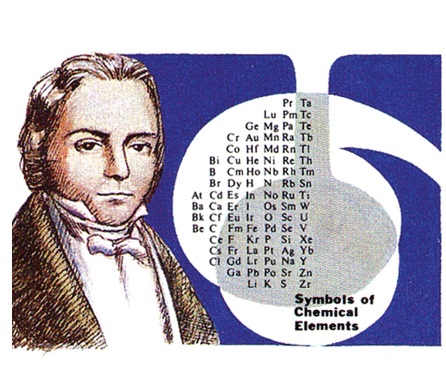
Jöns Jacob Berzelius was a Swedish chemist who introduced the world to symbols for the chemical elements (see image above). He also determined accurate atomic weights for many elements. With standard notation and weights, he helped turn modern chemistry into a quantitative discipline. In addition, he discovered and isolated more chemical elements than any other human - a total of 5 - as well as many indirect discoveries of the rare earth metals - all critical to modern magnets, motors, electronics and computers. |
 |
 |
Modern chemical symbols, atomic weights, geochemistry and discovered numerous elements (Chemistry) |
 |
|||
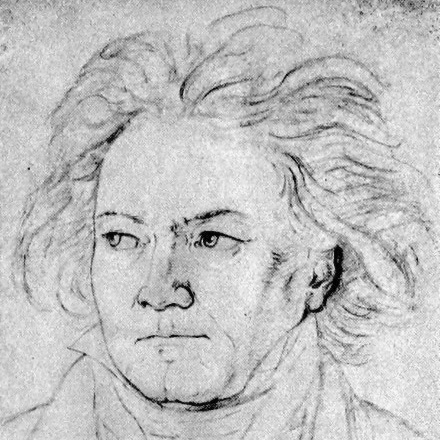
Ludwig van Beethoven was a German composer who is one of the most revered musicians in Western culture (see image above). Even as deafness overtook him, he composed music that shattered boundaries of form, rhythm and expression. His Ninth Symphony, for example, brought human voices into symphony for the first time. His imaginative leap was to make music a universal language of freedom, looking far into the future. |
 |
 |
Symphonies that expanded music's emotional and structural boundaries in a timeless manner (Music) |
 |
|||
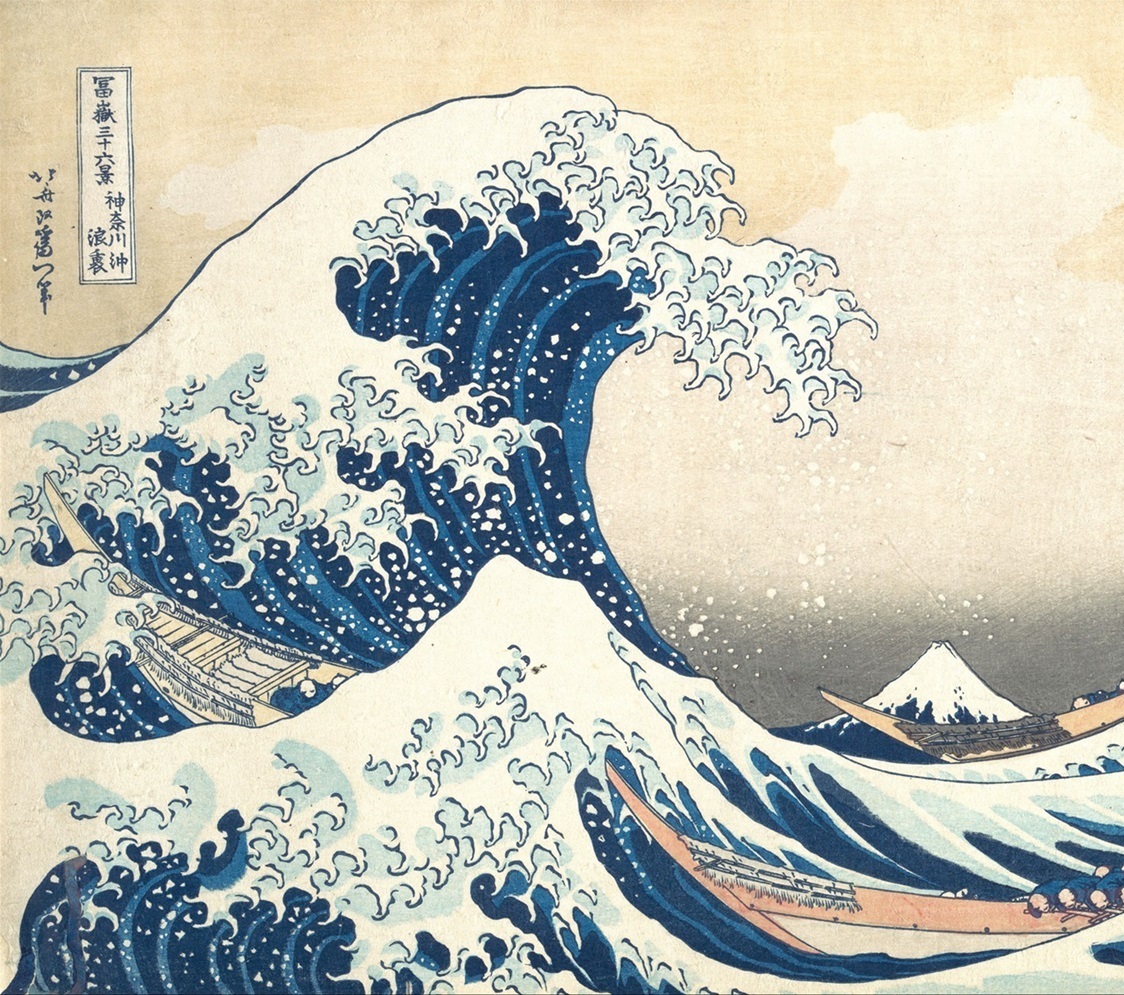
Katsushika Hokusai was a Japanese artist who transformed art by combining imagination, observation and innovative printing techniques. He created woodblock prints that vividly portrayed landscapes and seascapes, like The Great Wave off Kanagawa from 1831 (see image above). Hokusai captured life with endless creativity, inspiring generations of artists worldwide including Van Gogh, Gauguin, Toulouse-Lautrec, Whistler and Monet. |
 |
 |
Master of woodblock printing - reimagining nature and human life through bold composition and dynamic form (Art/Design) |
 |
|||
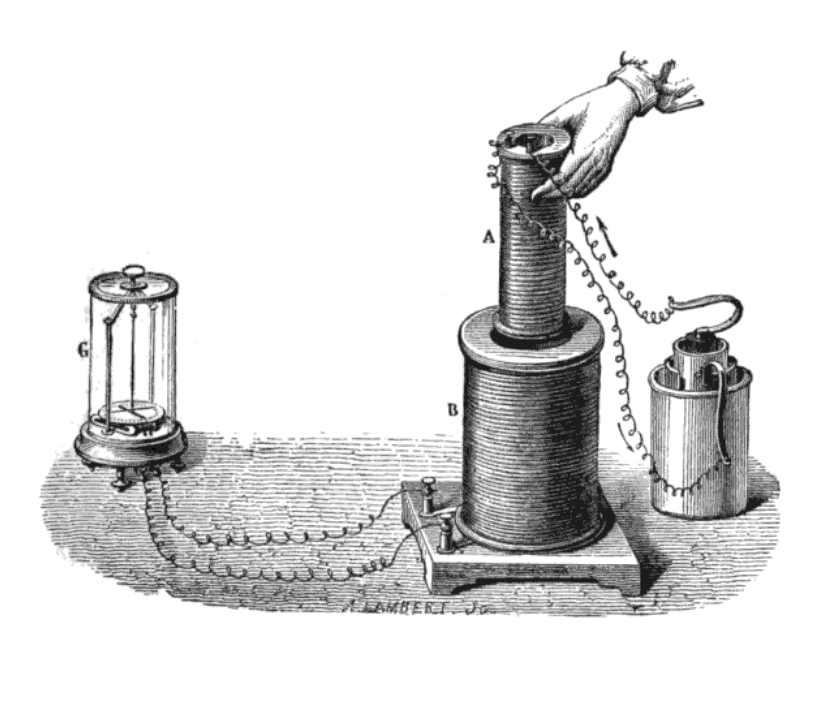
The British scientist Michael Faraday is considered one of the most imaginative experimental scientists of all time. Faraday discovered electromagnetic induction in 1831, showing that moving a magnet inside a coil of wire generates electric current (see image above). From this, he went on to invent the first electric motor, generator, dynamo, transformer and many other electrochemical devices. Faraday laid the foundation of modern physics and gave birth to the electrical world. |
 |
 |
Discovery of electromagnetic induction - electricity and magnetism unified (Physics/Technology) |
 |
|||
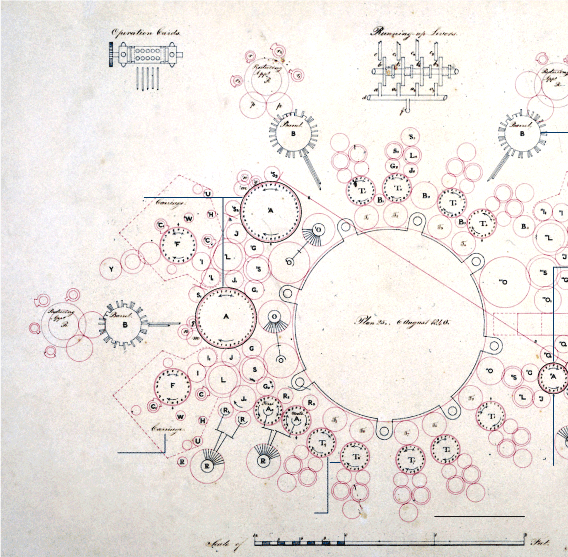
Working closely with Charles Babbage, Ada Lovelace envisioned the first general-purpose computer long before one even existed, and she saw its huge potential beyond just calculation. In 1843, Lovelace wrote what is considered the first computer algorithm, a programme for calculating Bernoulli numbers. She also recognised that computers could handle music, graphics and symbols, not only numbers (see image above) Lovelace is the world's first computer programmer, inspiring generations of women in STEM. |
 |
 |
Analytical engine algorithms - envisioned programmable computers (Mathematics/Computing) |
 |
|||
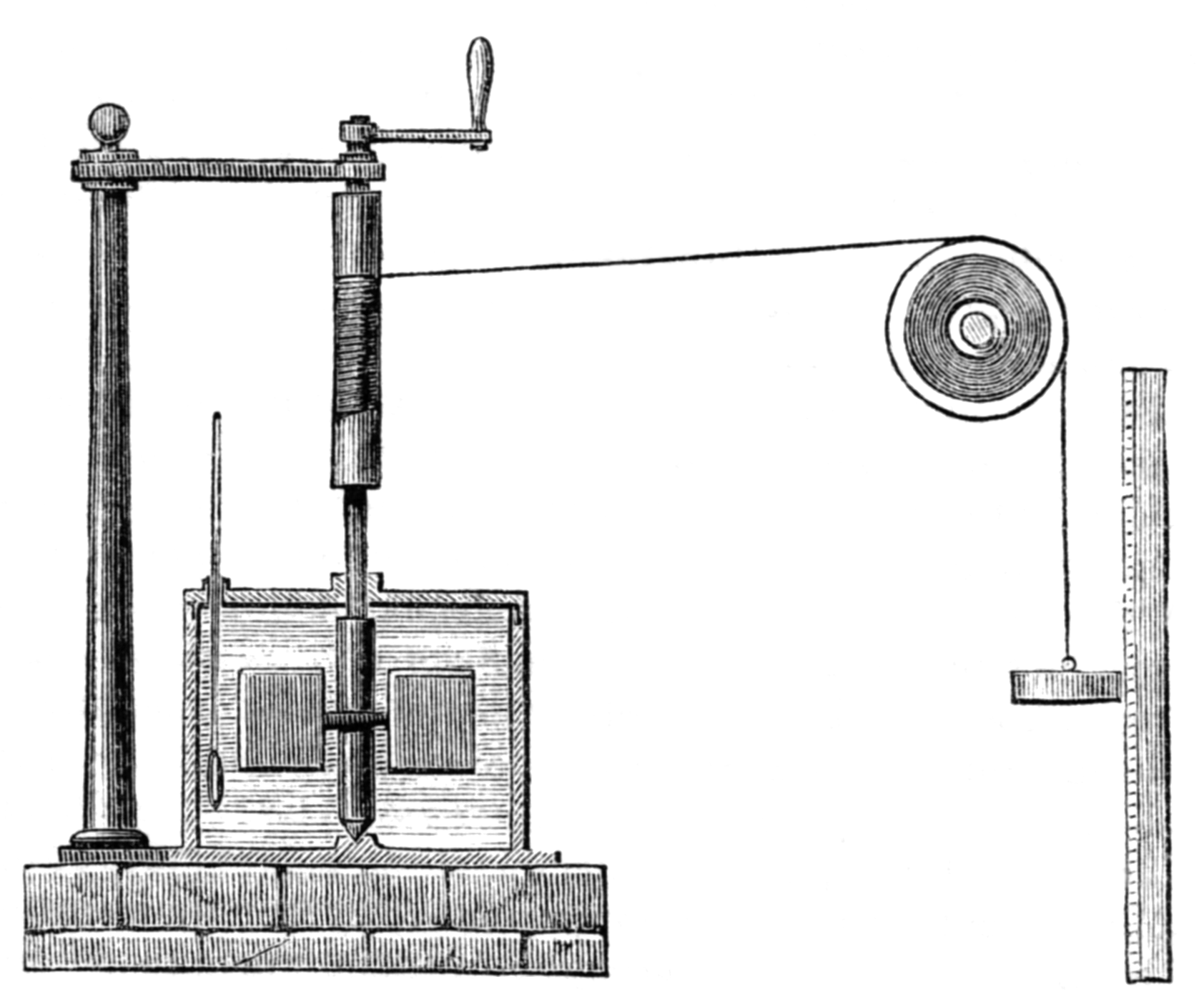
James Joule was a British scientist who carried out precise experiments showing that mechanical work can be converted to heat (see image above). His work established the first law of thermodynamics: energy can neither be created nor destroyed, only transformed. Joule turned abstract ideas about heat and energy into measurable science. The unit of energy the Joule (J) honours his contributions. |
 |
 |
Conservation of energy - revealing that energy can neither be created nor destroyed (Physics) |
 |
|||
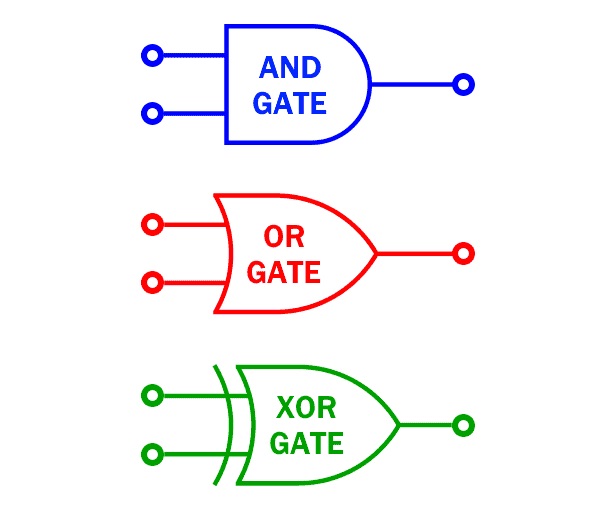
Working in Ireland, George Boole invented a mathematical system to represent logic - now known as Boolean algebra. He conceived and developed algebraic rules for logic, involving AND, OR, XOR and NOT (see image above) and using symbols to represent true/false statements. This Boolean logic later became the basis for digital electronics, computer circuits, programming, search algorithms (like Google) and the internet itself. |
 |
 |
Boolean algebra - a logical foundation that powers all modern computing (Mathematics/Logic) |
 |
|||
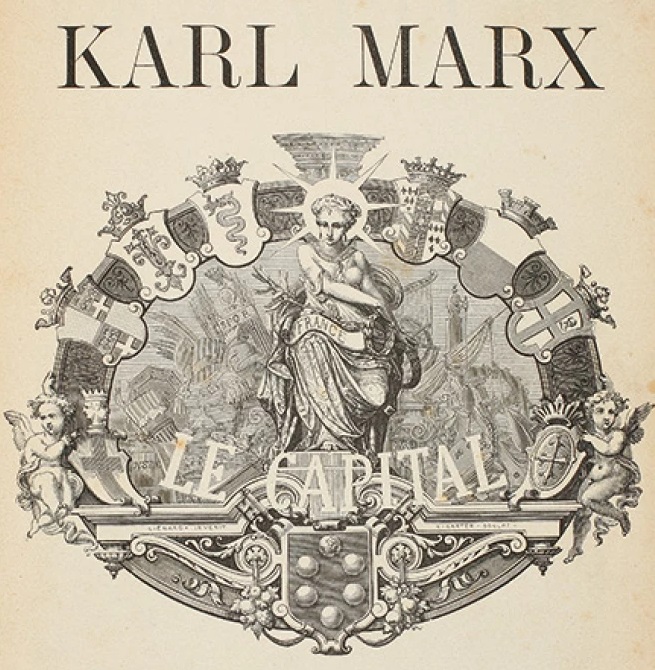
Karl Marx was a German philosopher who analysed society and economics. Marx argued in his works, The Communist Manifesto (1848) and Das Kapital (1867) (see image above), that economic structures shape society and that history progresses through class struggles. In close collaboration with his lifelong friend Friedrich Engels, he outlined how capitalism generates inequality, with numerous negative consequences. His work has had a major impact on society for almost 200 years. |
 |
 |
Reimagined society through a new lens of class and economic structures (Society/Politics) |
 |
|||

Lord Kelvin (William Thomson) was a British physicist who defined the absolute temperature scale - in which 0 K (or zero Kelvin) is the point of no thermal motion - or the coldest that an object can possibly be (see image above). Today, the Kelvin temperature scale and unit K is still the universal standard across all the sciences. Lord Kelvin was therefore instrumental in shaping modern thermodynamics, technology, energy systems and cryogenics. This also led others, like Nernst and Gibbs, to help formulate the third law of thermodynamics and Gibbs free energy, respectively. |
 |
 |
Defined absolute zero and thermodynamic scales - quantifying the ultimate limits of temperature (Physics) |
 |
|||
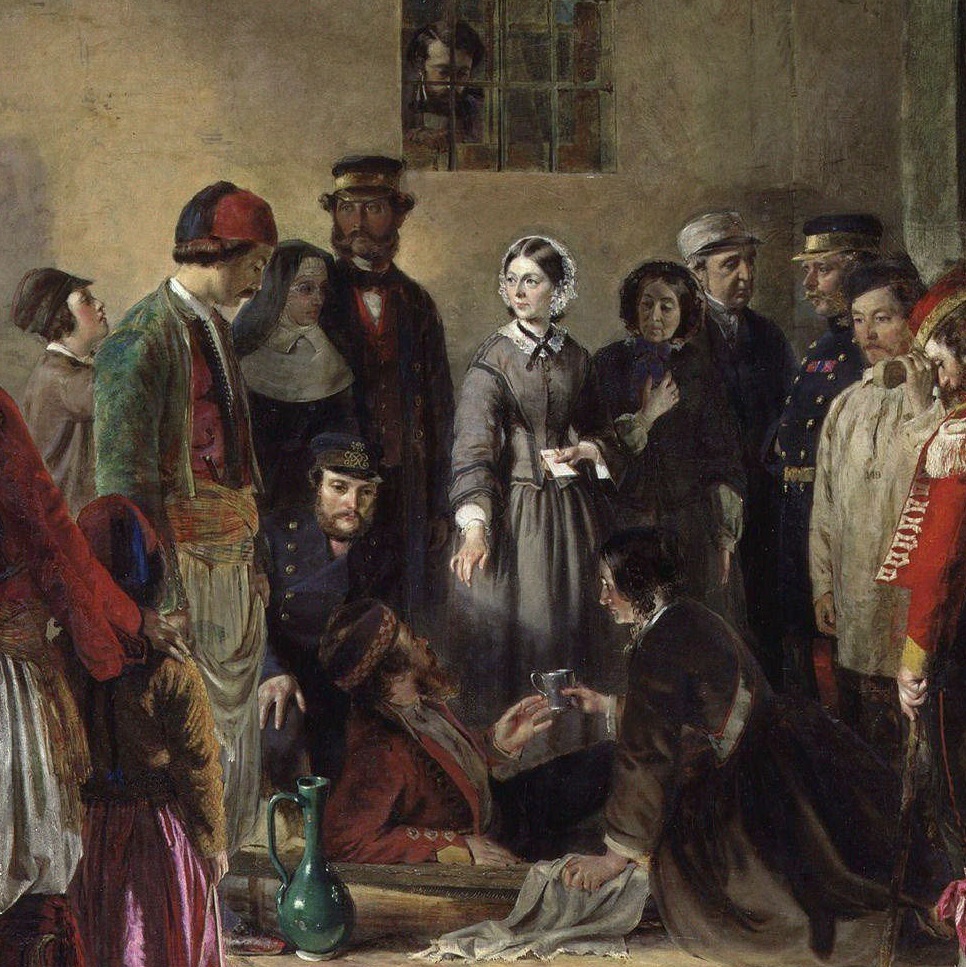
Florence Nightingale was an English reformer, who is considered the "mother of modern nursing". Armed with both compassion and statistical charts, Nightingale transformed nursing into a scientific profession (see image above). She proved that statistical data, rigorous science, good hygiene and living standards could save millions of lives, reshaping medicine forever. |
 |
 |
"The Lady with the Lamp" who transformed nursing, healthcare and the statistical methods behind medicine (Medicine) |
 |
|||

The Irish physicist John Tyndall was the first person to demonstrate that gases like water vapour, carbon dioxide and methane trap heat in the atmosphere - an early explanation of the greenhouse effect. Tyndall also studied and explained how scattering of light by particles in the air makes the sky a light blue colour (see image above). His body of research laid the groundwork for atmospheric monitoring and modern climate science. |
 |
 |
Explained why the sky is sky-blue - revealing light, air and atmosphere as active forces of perception (Physics/Atmospheric Science) |
 |
|||
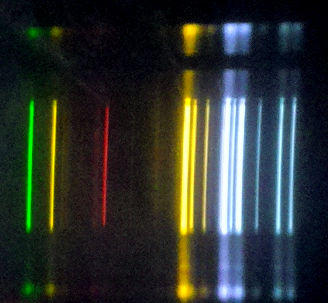
The German Gustav Kirchhoff made a giant leap of understanding when he realised that spectroscopy could be used to measure the chemical composition of objects from afar. Together with Robert Bunsen, Kirchhoff developed these spectroscopic techniques and even measured the exact composition of the Sun (150 million km away) just from these unique banded patterns of sunlight, called spectral lines (see image above). |
 |
 |
Spectroscopy - revealing the chemical composition of stars and other objects from afar (Chemistry/Physics) |
 |
|||
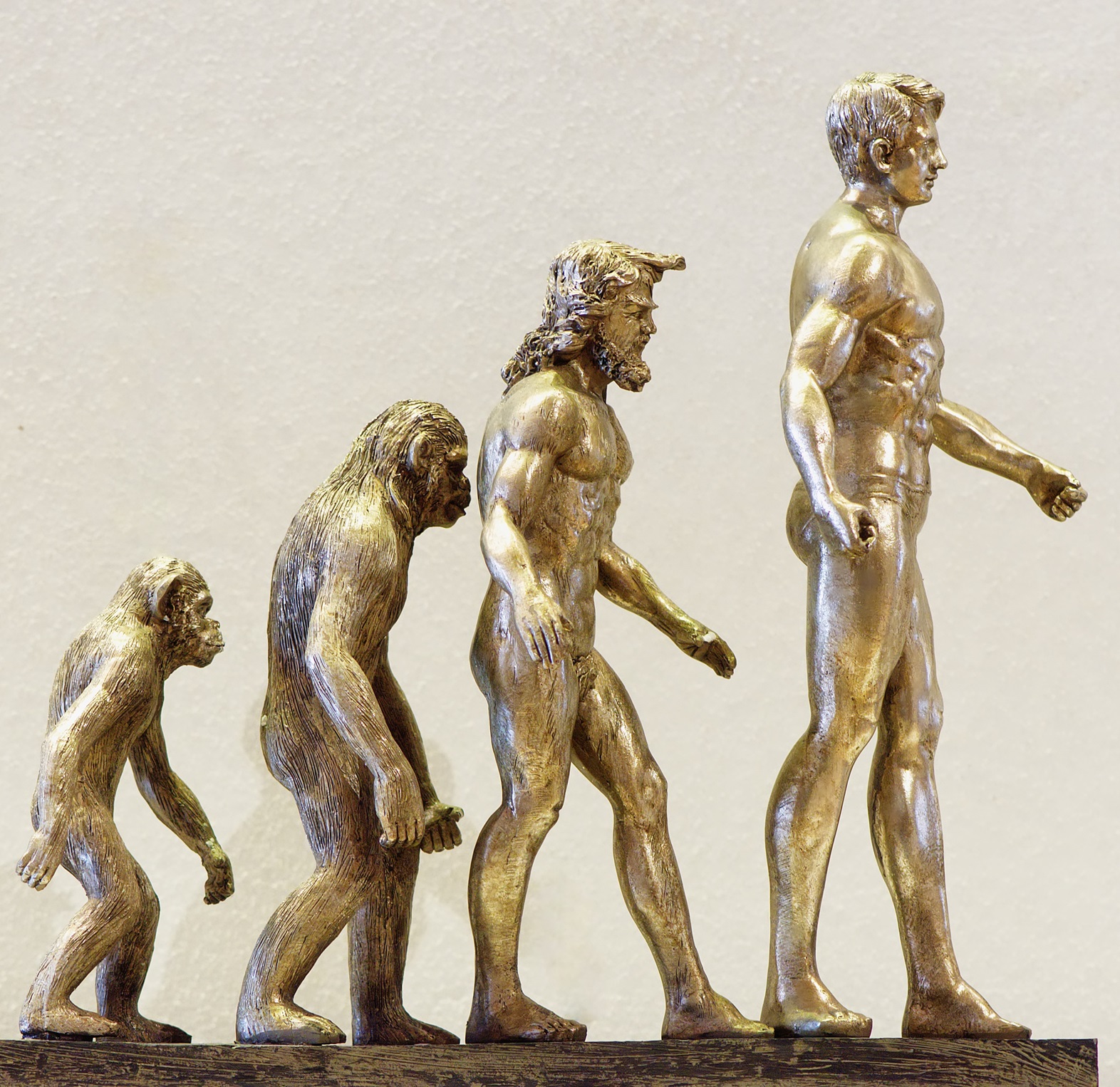
Charles Darwin was a British biologist who was the first to propose that all species of life have descended from a common ancestor (see image above). He went on to explain that this branching pattern of evolution resulted from a process he called natural selection - or "survival of the fittest". His book On the Origin of Species (1859) is one of the most important works in science and is the cornerstone of modern biology. |
 |
 |
Evolution by natural selection - explaining the unity and diversity of life (Biology) |
 |
|||
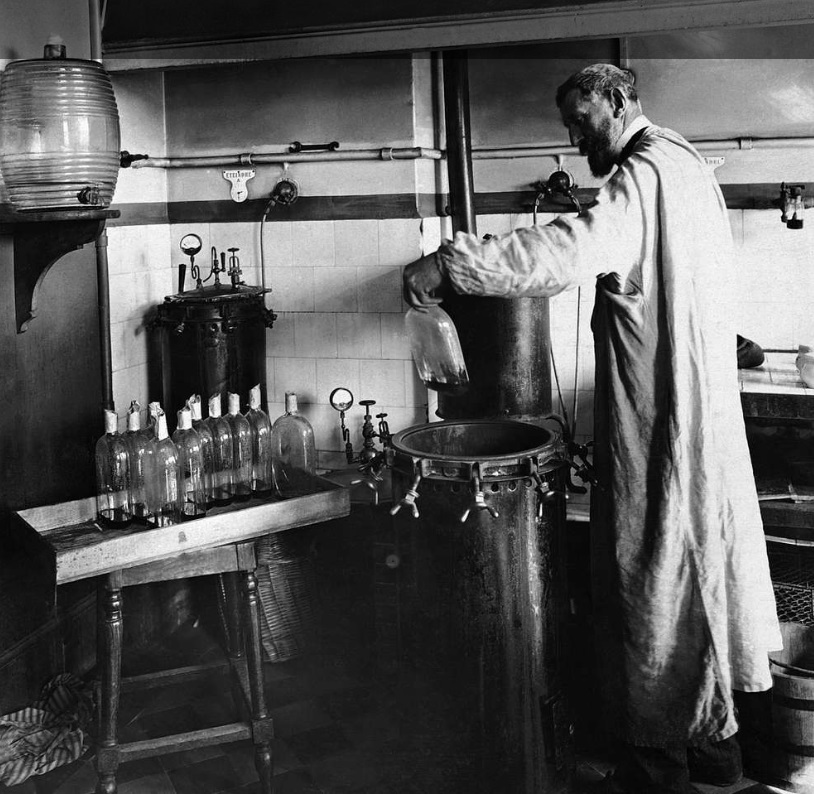
Louis Pasteur was a French chemist who worked on vaccination, fermentation and disease prevention. His greatest intellectual contribution was the germ theory of disease. His lab experiments with sealed glass vials (see image above) proved that tiny microorganisms, typically bacteria, cause disease. He also invented a technique, called pasteurisation, for heating liquids and killing germs in food without spoiling the taste - something that now underpins the entire food industry. Moreover, Pasteur coined the phrase vaccination, in honour of Edward Jenner (the Latin, vacca = cow). |
 |
 |
Germ theory and sterilisation techniques (Medicine/Biology) |
 |
|||
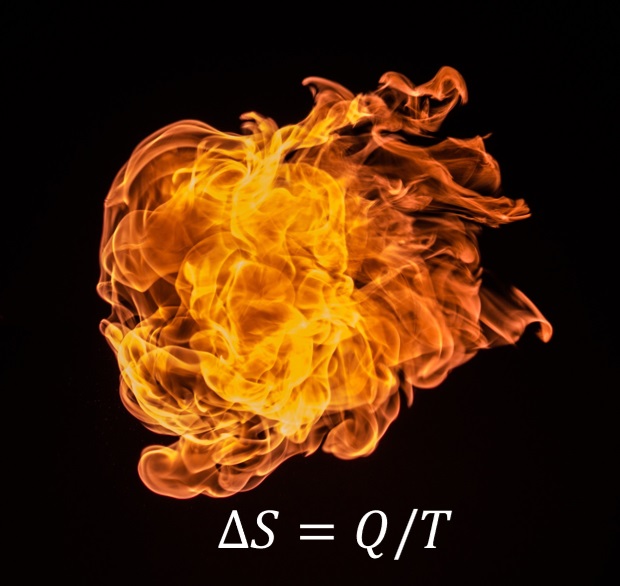
The German physicist Rudolf Clausius formulated the concept of entropy (S), namely that the universe is always moving towards a more disordered state (see image above). From this he correctly concluded that heat cannot spontaneously flow from cold to hot, which then led to the second law of thermodynamics. His insights into the flow of heat and time's arrow underpin everything from steam engines to rockets, to the ultimate fate of the universe. |
 |
 |
Concept of entropy - the universe will always tend towards maximum disorder (Physics) |
 |
|||

While living as a friar in an Austrian abbey, Gregor Mendel experimented with the cross-breeding of pea plants in the 1860s (see image above). He was curious about the various traits of pea plants (plant height, pod shape, seed colour, flower position etc) and how these traits pass from one generation to the next. His work led to a major discovery that invisible factors - now called genes - were passing on hereditary information. Though overlooked in his lifetime, Mendel's ideas became the basis of modern genetics. |
 |
 |
Laws of inheritance - genetics revealed through growing pea plants (Biology/Genetics) |
 |
|||

In 1869, the Russian chemist Dmitri Mendeleev discovered a new way to organise the known elements, by arranging them both by atomic weight and by repeating chemical properties, into a Periodic Table. Cleverly he left intentional gaps in his table for elements that he believed had not been discovered yet. Later discoveries of gallium, scandium and germanium fitted in exactly, confirming his insight. The Periodic Table (see image above) is now one of the most useful visual tools in chemistry. |
 |
 |
The Periodic Table - the order underlying chemical elements (Chemistry) |
 |
|||
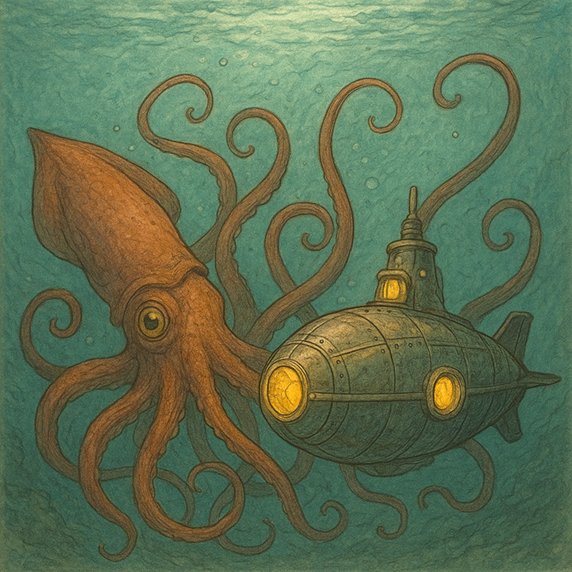
Jules Verne was a French novelist who penned exciting tales of submarines, space travel and undersea adventure (see image above), long before the technologies even existed. His series of adventure novels in Voyages Extraordinaires turned science into prophecy, inspiring generations of inventors. His great leap of thought was to imagine tomorrow with the logic of today's science. He is often considered the "father of science fiction". |
 |
 |
Imagined futuristic technological worlds in his adventure novels, long before the machines even existed (Literature) |
 |
|||
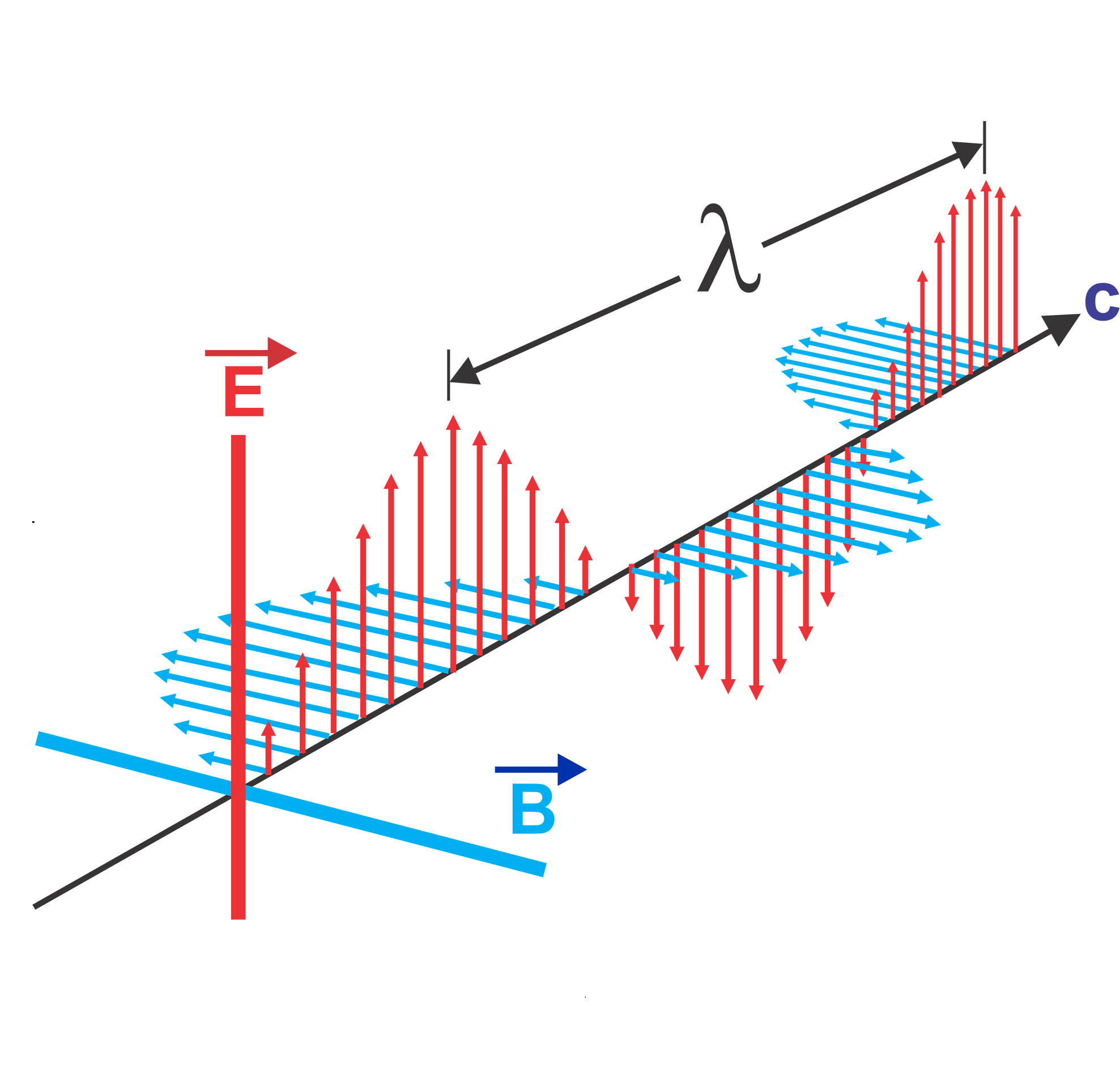
Building on the experimental discoveries of Faraday, James Clerk Maxwell was responsible for unifying electricity and magnetism into a single coherent theory. His four elegant mathematical equations described exactly how electric and magnetic fields interact. From them, he predicted that light is an electromagnetic wave with finite speed (see image above) and that radio waves, microwaves and X-rays were all part of the same spectrum. |
 |
 |
Unification of electricity and magnetism (electromagnetism) in elegant mathematical form (Physics) |
 |
|||
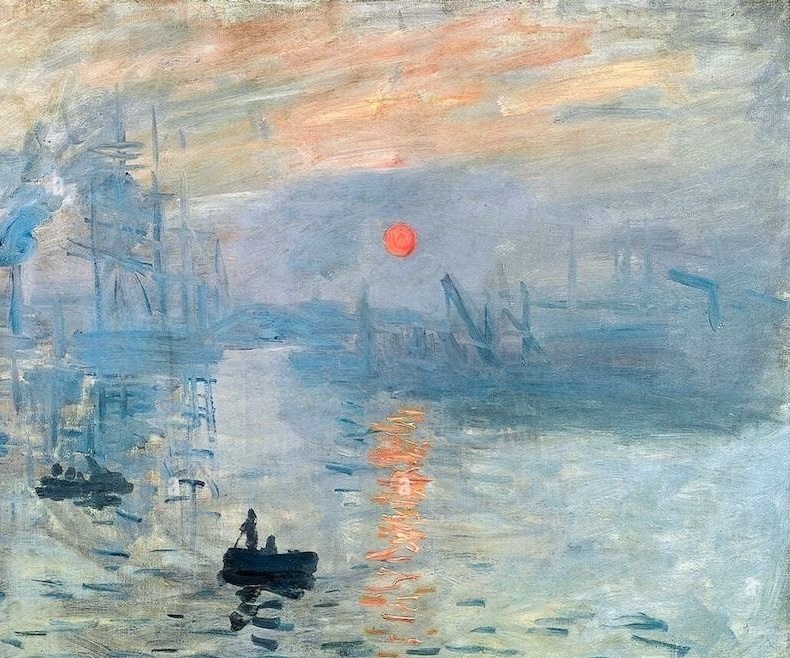
Claude Monet was a French painter who experimented with light and atmosphere and how they would change over time. He often created series of the same subject, like water lilies, cathedrals or ports (see image above), with varying colours, shades and light levels. This led him to create the Impressionist movement in the late 1800s, inspiring many other artists like Renoir, Sisley, Pissarro, Van Gogh, Gauguin, Cézanne and Matisse. |
 |
 |
Impressionism as a radical reimagining of perception in art (Art) |
 |
|||
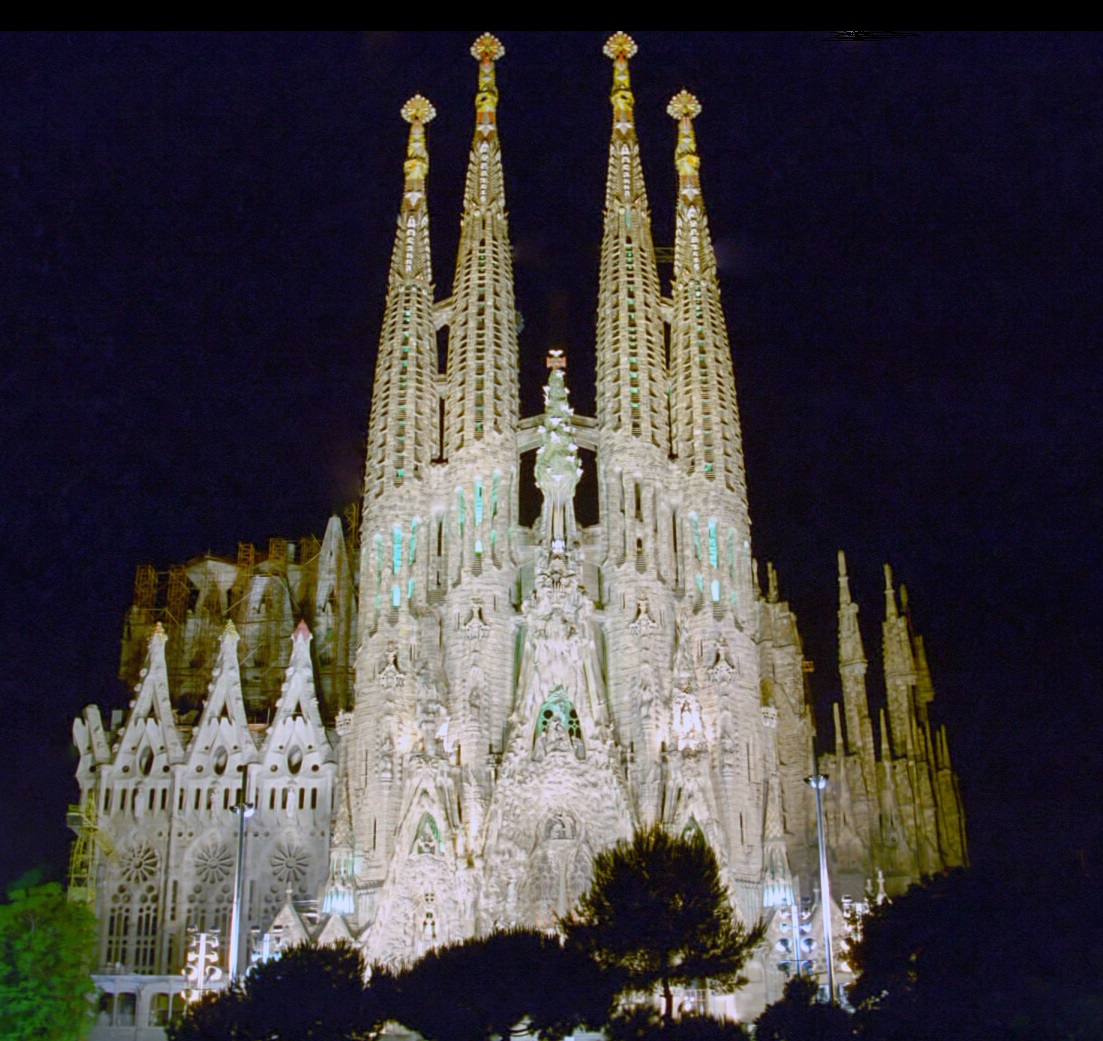
Antoni Gaudí was a Spanish architect who merged architecture, geometry and nature in completely new and imaginative ways. His main inspiration was to adopt natural organic forms in his buildings including curves, spirals, branching shapes, arches and holes - thereby avoiding any straight lines. This gave buildings like Sagrada Família (see image above) and Park Güell in Barcelona a natural beauty, unlike anything seen before. Construction of the Sagrada Família started in 1882, with the main building structure projected for completion in 2026. |
 |
 |
Architecture inspired by organic and natural forms (Art/Architecture) |
 |
|||
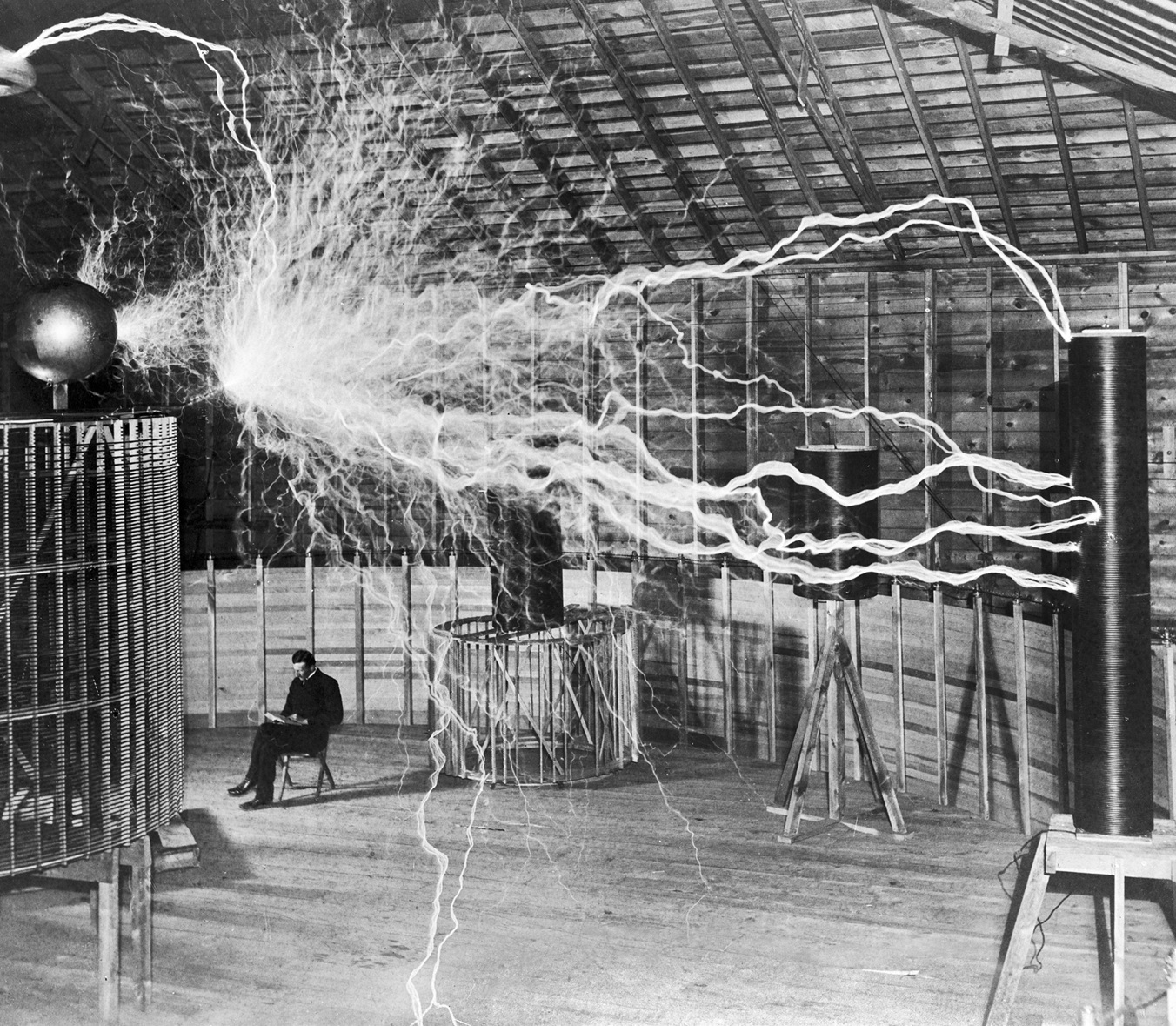
Nikola Tesla was a Serbian physicist who discovered many new phenonema in the field of electricity. He invented and harnessed the alternating current (AC) system that now powers the entire modern world. He developed the Tesla coil making high-voltage sparks (as shown above), as well as various methods of transmitting energy wirelessly. Many of his inventions seemed magical at the time, but Tesla's great leap was to see electricity not as a tool, but as the lifeblood of a new civilisation. The standard unit for magnetic field strength (T) is named after Tesla. |
 |
 |
Envisaged a world powered by AC electricity and wireless energy (Physics) |
 |
|||

Fridtjof Nansen was a Norwegian scientist who pioneered Arctic exploration. Initially trained at university as a zoologist, Nansen was the first person to discover that the nervous system comprised individual cells, or neurons, in a connected network. Later he switched to oceanography and took to the seas north of Norway. In 1888 he became the first person to cross Greenland (see image above) and in 1895 he reached a record northern latitude during his Fram polar expedition. Nansen later used his fame to help refugees across Europe, for which he won the Nobel Peace Prize in 1922. |
 |
 |
Polar exploration with scientific rigour and daring innovation (Exploration/Biology) |
 |
|||

Svante Arrhenius was a Swedish chemist who was the first to analyse the extent to which rising human-based carbon dioxide (CO2) in the atmosphere, from the Industrial Revolution, would have an impact on Earth's increasing temperature (see image above). He predicted that climate change would occur, well over a century ago. His work therefore plays a crucial role in the emergence of modern climate science. In addition, he devised the Arrhenius equation for kinetics and activation energy, crucial to the whole of chemistry. |
 |
 |
Predicted that rising carbon dioxide (CO2) would warm the Earth - first quantification of the human impact on climate (Chemistry/Climate Science) |
 |
|||
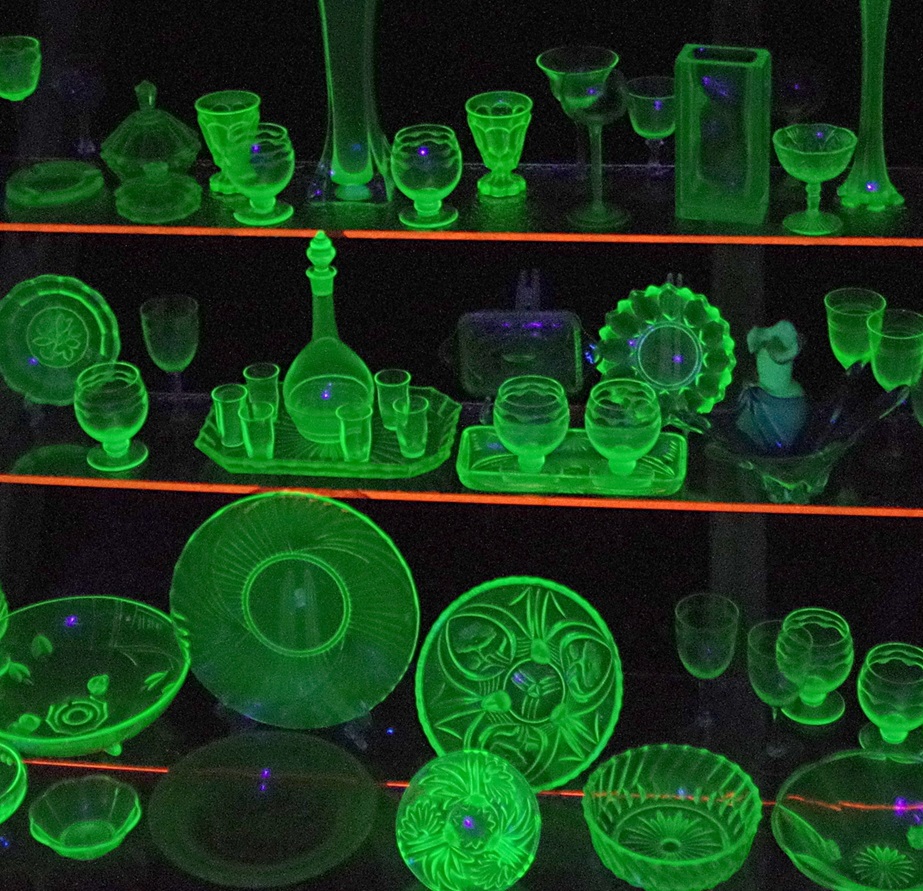
Originally from Poland, Marie Curie settled in France and worked extensively on the research of radioactive materials using both physical and chemical principles (see image above). She discovered new elements (polonium and radium) and revealed the hidden power of atoms and nuclear fission. With her imagination, she opened up an entire field of science and she is the only person in history to have won the Nobel Prize for both Physics and Chemistry. |
 |
 |
Discovery of radioactivity in elements - invisible forces of matter (Physics/Chemistry) |
 |
|||
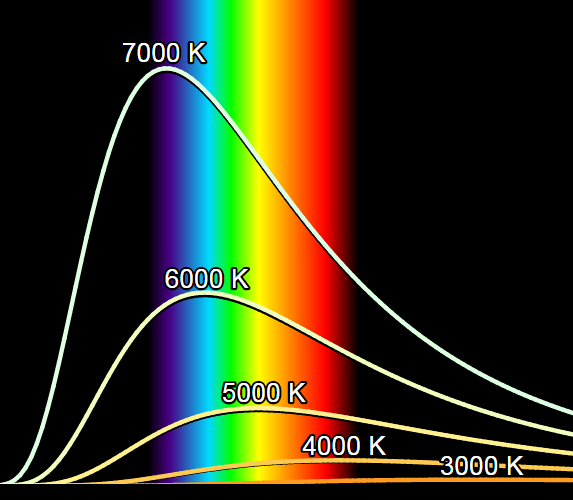
In 1900, Max Planck, the German physicist, made a key discovery. While working on how hot objects emit radiation (see image above), he realised that energy comes in discrete packets - called quanta - instead of being continuous. This radical idea opened up an entire field of quantum physics, which now underpins electronics, lasers, semiconductors and computing. The Planck constant (h) - a basic property of the Universe and foundational to modern physics - is named after him. |
 |
 |
Quantisation of energy - imagining nature as built from discrete quanta, the foundation of quantum theory (Physics) |
 |
|||
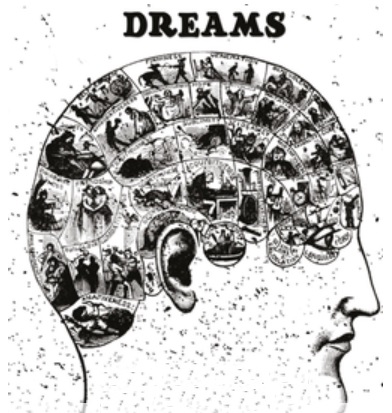
Sigmund Freud was an Austrian neurologist who founded psychoanalysis. In his book Interpretation of Dreams (see image above), he explored the unconscious mind and carried out dream analysis to explore hidden thoughts. He also introduced influential psychological concepts such as the id, ego, superego, Oedipus complex and defence mechanisms. His work profoundly influenced modern psychology and 20th century culture, by shaping our understanding of human nature. |
 |
 |
Interpretation of dreams, the unconscious mind and creating modern psychology (Psychology/Culture) |
 |
|||
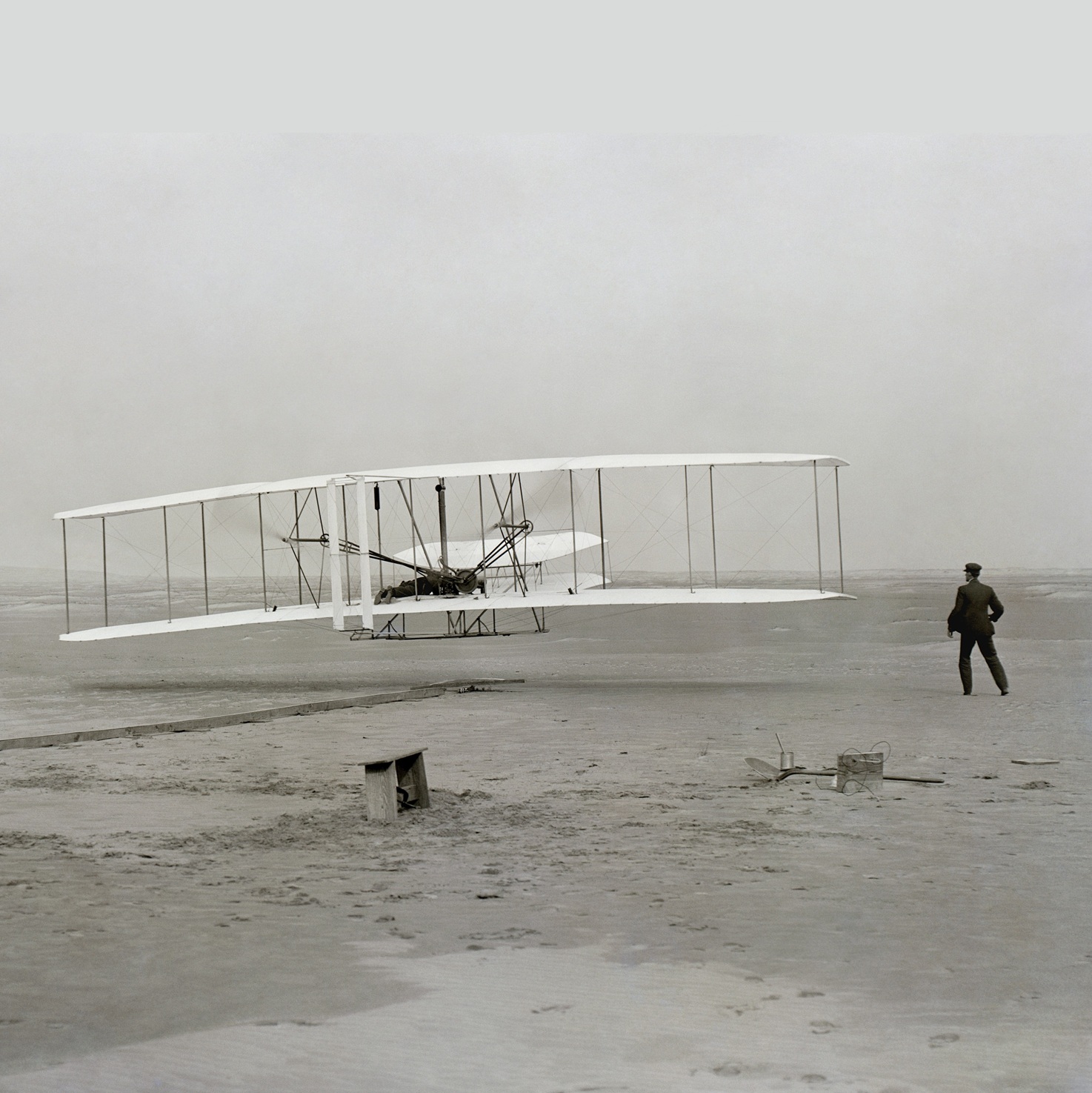
The Wright brothers, namely Wilbur and Orville Wright, were American inventors who took to the skies for the first time. These self-taught mechanics from Ohio solved the problem of human flight through ingenuity and persistence. With their home-made Kitty Hawk airplane (see image above) they proved that powered, controlled aviation was possible. Together their imaginative leap was to give humanity wings and shrink the size of the planet. |
 |
 |
First human flight through engineering audacity and intuition (Exploration/Aviation) |
 |
|||
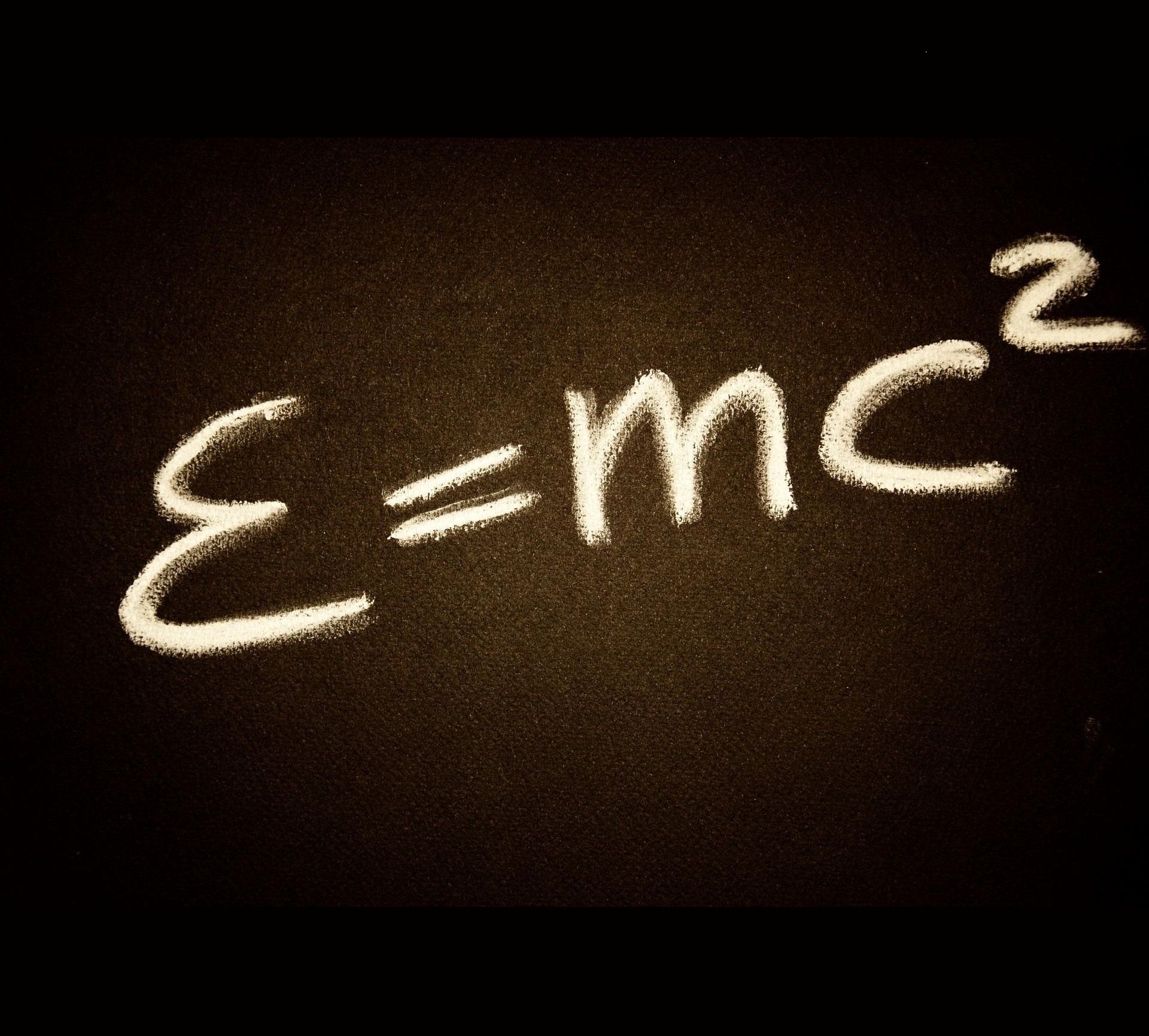
The German-Swiss physicist Albert Einstein is perhaps one of the most imaginative, influential and renowned scientists ever. His work showed that space and time are relative; and that energy and mass are equivalent in his now-famous formula E=mc2 (see image above). This led to deeper insights into the universe, overturning centuries of assumptions. His theories underpin modern physics, from GPS systems to black holes and quantum theory. |
 |
 |
Special relativity - space and time as one continuum (Physics) |  |
|||
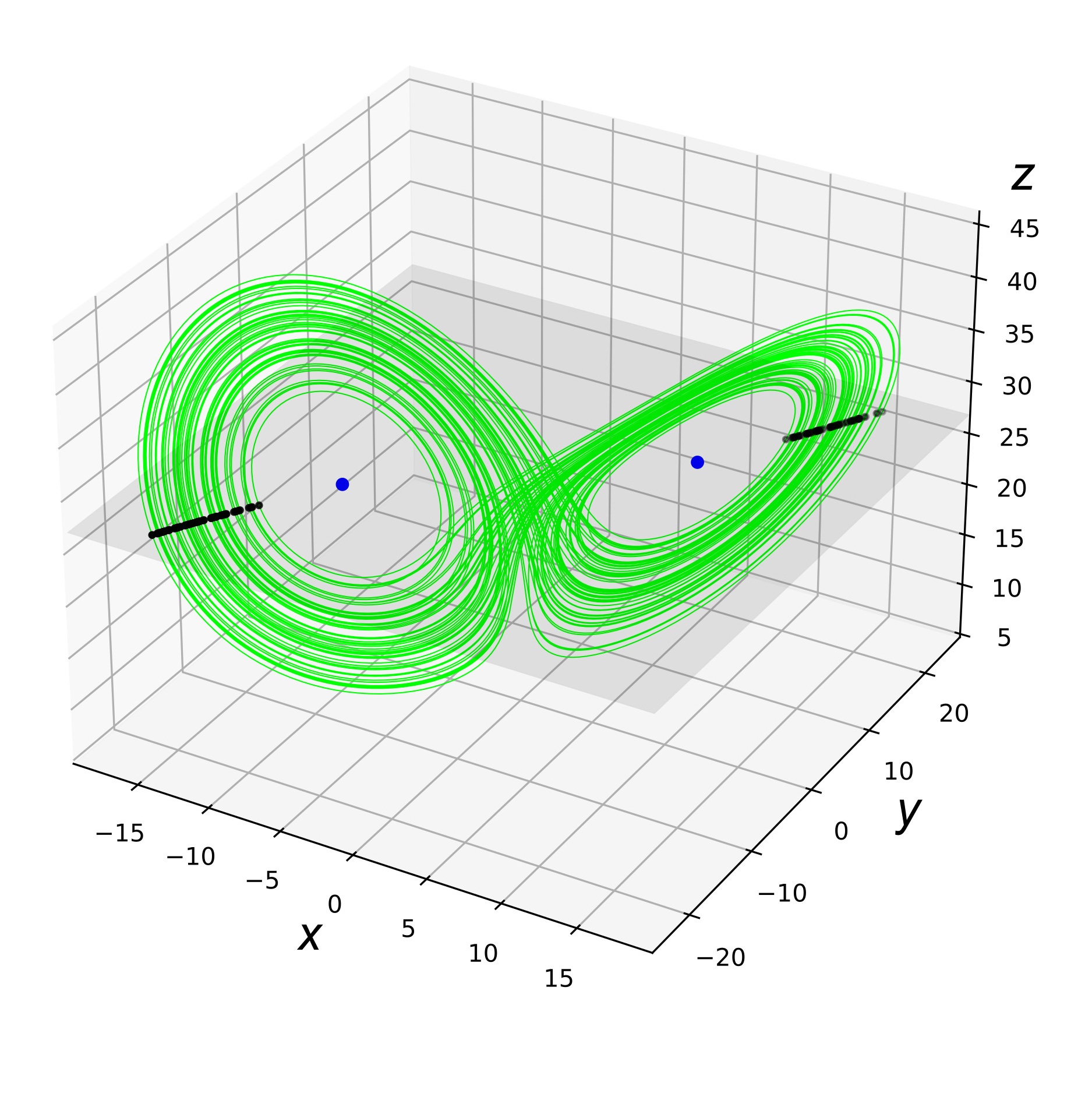
Henri Poincaré was a French mathematician and philosopher whose research laid the groundwork for relativity (with Einstein) and topology. His work on the three-body problem led him to discover chaotic systems (see image above), and consequently he is often called the "father of chaos theory". Poincaré's imagination was immense and he saw deep links between geometry, algebra and physics, in a way that no-one else did. |
 |  |
Transformed understanding of space, time, chaos and mathematical imagination (Mathematics/Physics) |
 |
|||
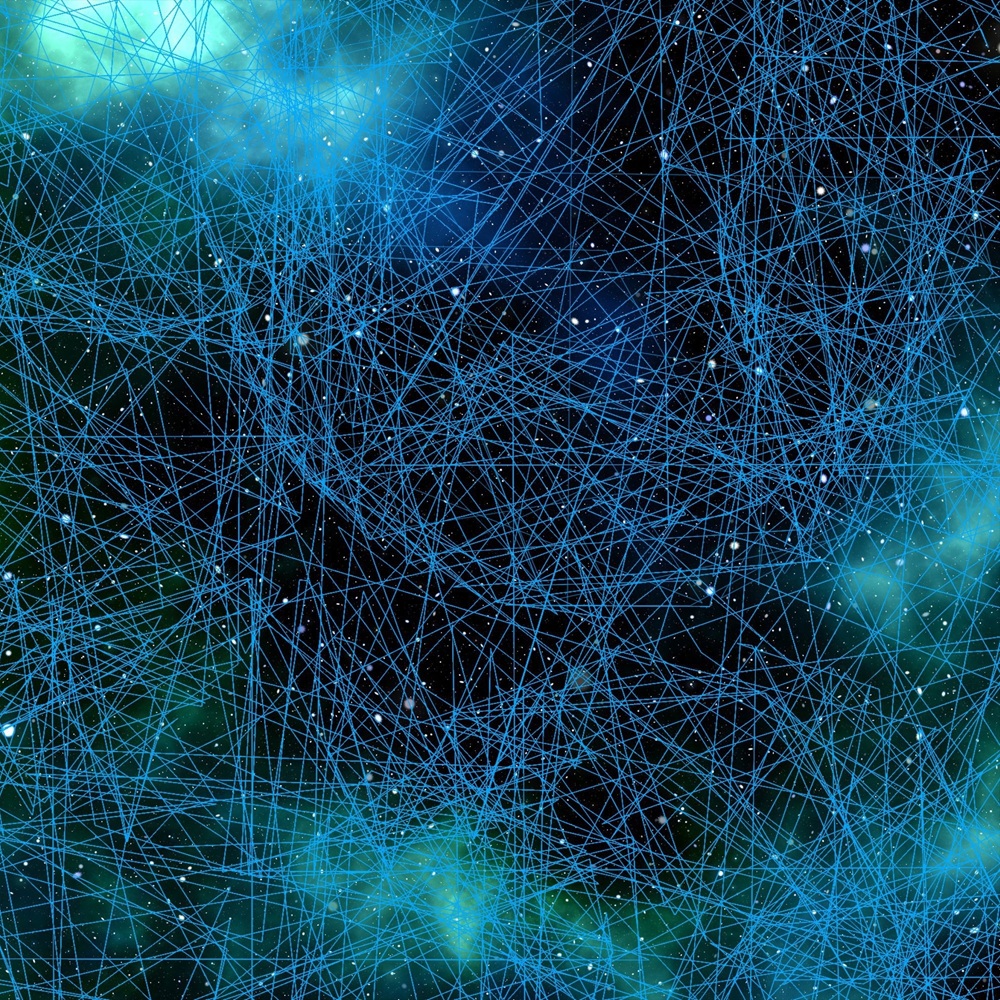
Santiago Ramón y Cajal was a Spanish biologist who worked extensively on the brain and central nervous system. Armed with only a microscope, some cell-staining dye and his own artistic drawing skills, he carefully mapped out the dense intertwined network of neuron cells inside the brain (see image above). He observed and drew the tree-like, dendritic branching and neuron connections in unprecedented detail - highly relevant to the field of AI computing today. For this work he won the 1906 Nobel Prize for Medicine and is widely considered the "father of neuroscience". |
 |
 |
The founding father of neuroscience - revealing the intricate structure of connected neurons in the brain (Medicine) |
 |
|||
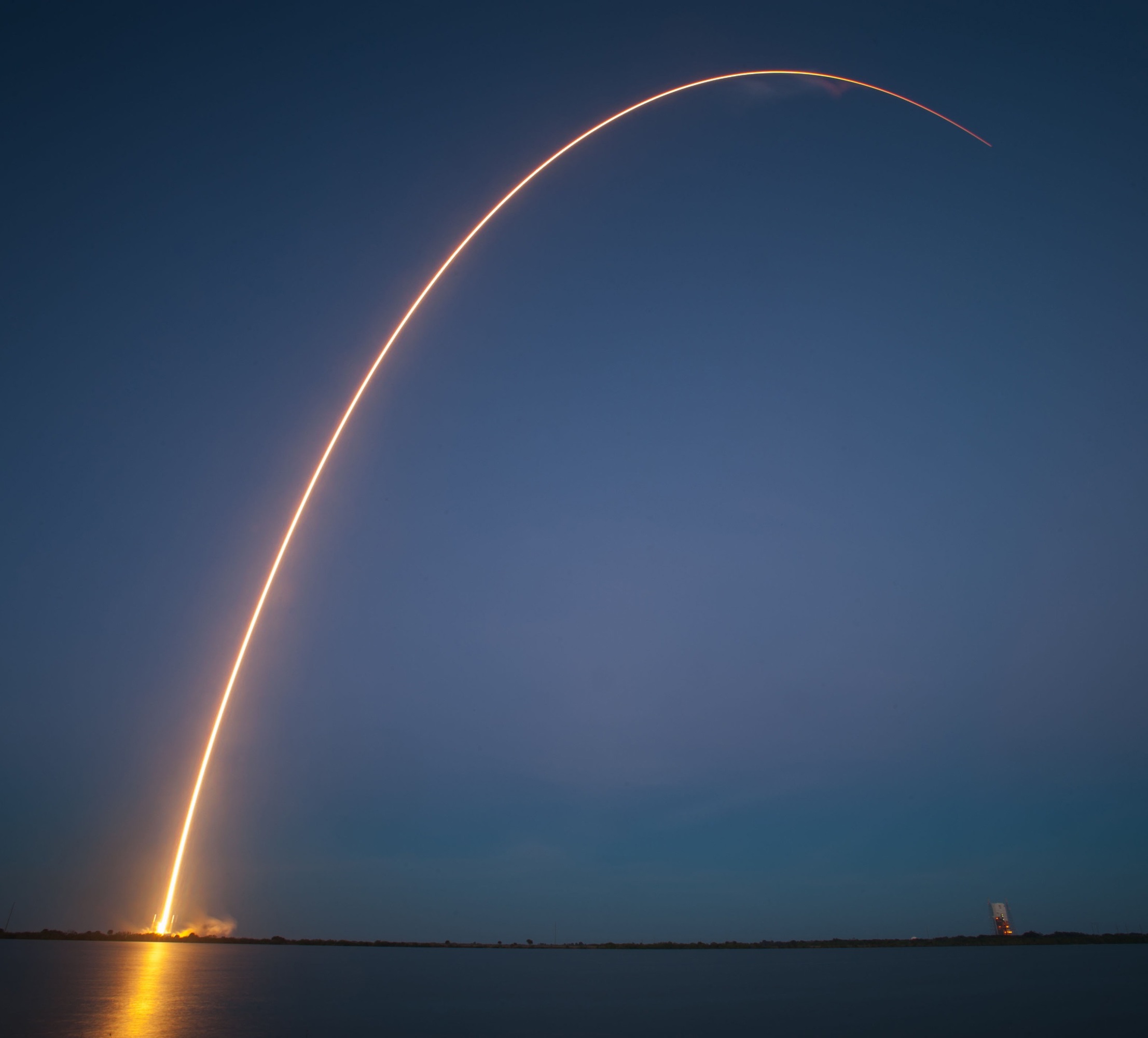
Konstantin Tsiolkovsky was a Russian mathematician who conceived the rocket equation. This was a major breakthrough for space travel because, for the first time, it was proven that escaping the Earth's gravity was possible using multi-stage rockets (see image above). Tsiolkovsky also envisioned space stations, solar energy and space colonisation long before they were possible. He transformed rockets from fantasy into both mathematical and physical reality; and his bold work remains at the core of all modern rocketry and space programmes today. |
 |
 |
The rocket equation - the mathematical blueprint for future space travel (Mathematics/Technology) |
 |
|||
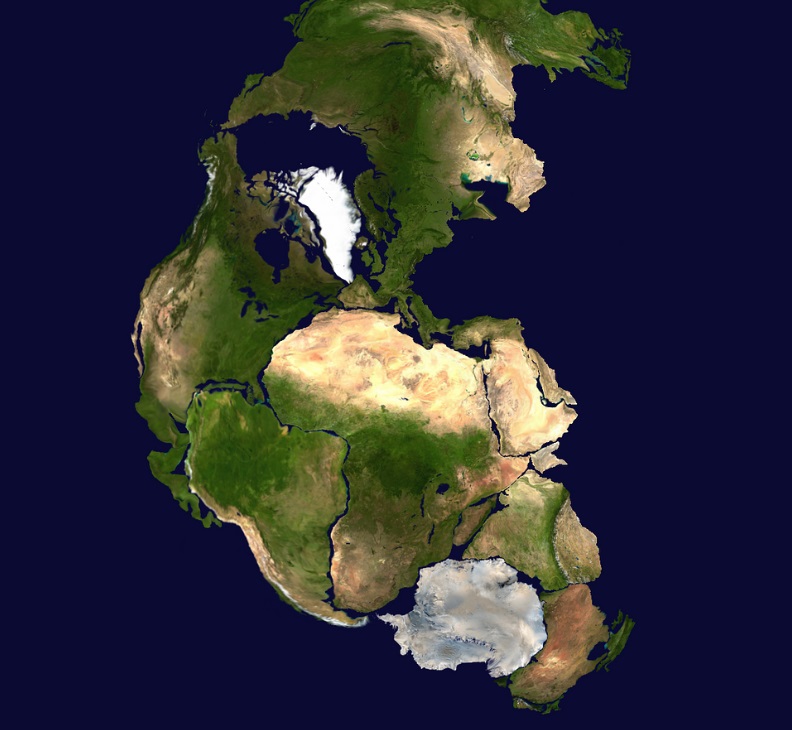
Alfred Wegener was a German geoscientist who first conceived the idea that the Earth's continents were not static and, quite the contrary, the continents were subject to gradual movement over many millions of years. This bold concept was known as continental drift. Based on fossil, geological and climate records, Wegener argued that today's continents were once joined in a supercontinent called Pangaea (see image above). Sadly, Wegener's concept was rejected in his lifetime, but later proven correct. |
 |
 |
Continental drift and the unified landmass of Pangaea (Geology/Science) |
 |
|||
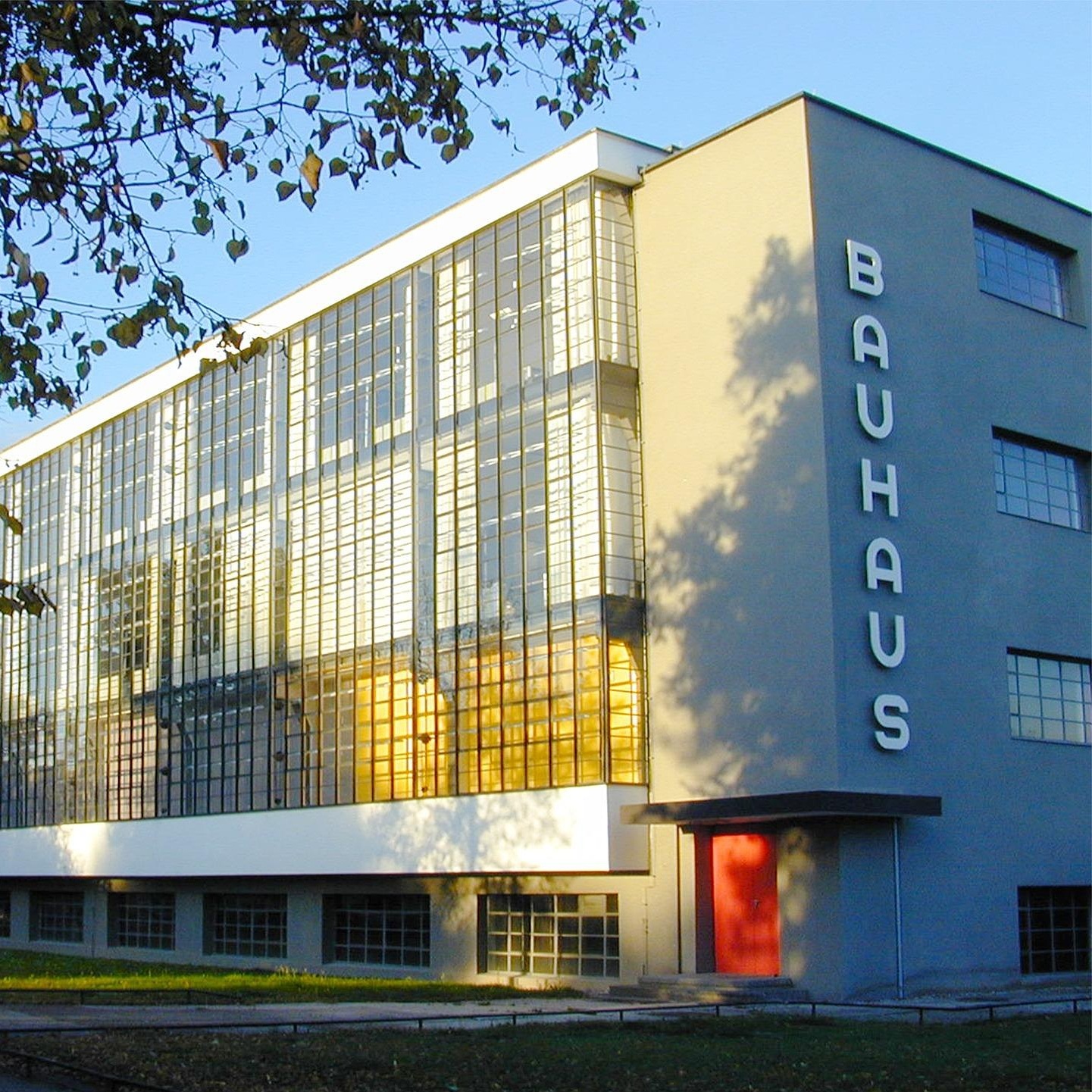
Walter Gropius was a German architect with great influence. He founded the Bauhaus School in the 1920s and became the pioneering master of modernist architecture. His imaginative leap was to combine modern technology, design simplicity and clean geometrical art into the same product, whether it was a building (see image above), a chair or a door-handle. The influence of Gropius and Bauhaus is still felt today in urban environments and IKEA showrooms all over the world. |
 |
 |
Founder of Bauhaus - reimagining architecture as functional art fused with modern life (Architecture) |
 |
|||
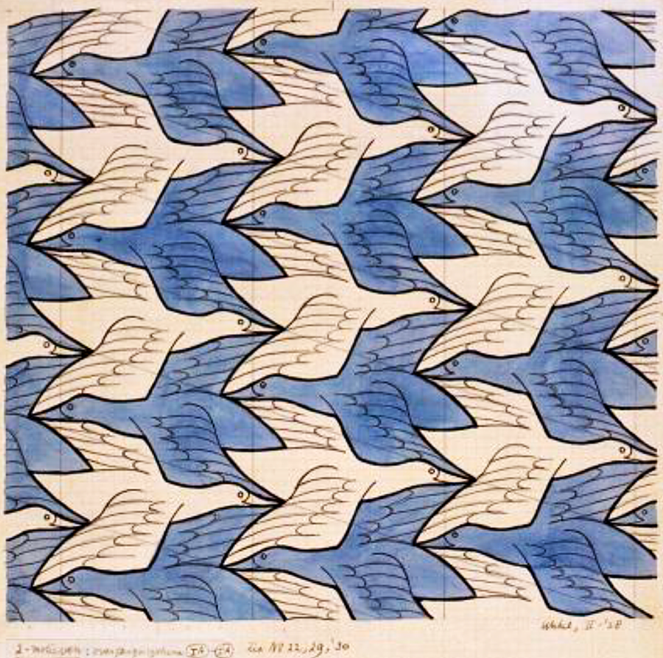
Maurits Cornelis Escher was a Dutch artist who pioneered a unique style of graphic art based on woodcuts and lithographs, blended with fascinating mathematics. Inspired by tessellations, geometric patterns, Moorish tiles and optical illusions, Escher's artwork defied all logic. Staircases that would only go upwards, infinitely repeating patterns and tessellating birds flying in both directions (see image above) were just some of his mind-bending creations - turning mathematical paradox into art itself. |
 |
 |
Tessellations, impossible geometries and optical illusions that challenge perception itself (Art) |
 |
|||
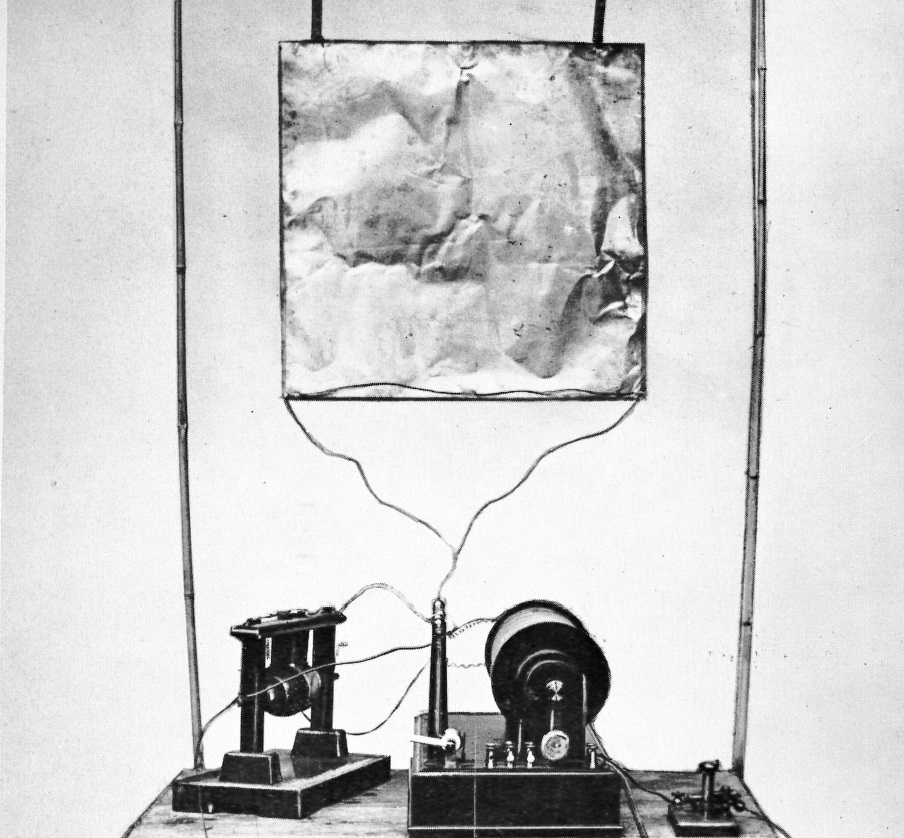
Guglielmo Marconi was an Italian electrical engineer who dreamt of long-distance communication. In the early 1900s, he achieved the first transatlantic wireless transmission, proving that radio waves could span oceans and travel around the world. His major discovery was that shortwave radio waves bounce off the Earth's ionosphere, something that no-one had expected. These systems (see image above) became vital for ships, news and military. Marconi's work was the birth of modern telecommunication. |
 |
 |
Shortwave radio - global communication made possible by radio waves bouncing off the ionosphere (Communication technology) |
 |
|||
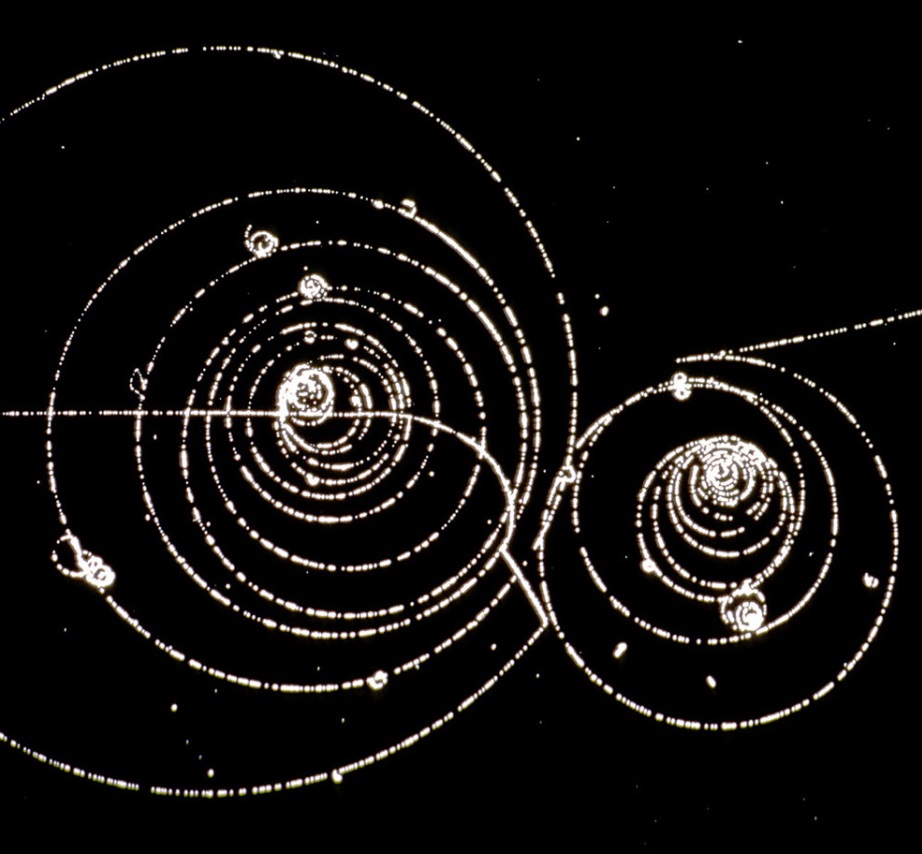
Englishman Paul Dirac was an exceptionally gifted physicist who formulated an equation in 1928 that described the behaviour of electrons in atoms. Curiously, his mathematical equation had both a positive and negative solution. This led Dirac to propose that normal matter, such as an electron, could have an opposite analogue, a positron. In effect, Dirac had predicted antimatter for the first time. He was proven correct in 1932 when positrons were experimentally observed (see image above). |
 |
 |
Predicted antimatter from elegant equations of the electron's motion (Physics) |
 |
|||

Edwin Hubble was an American astronomer who proved that the universe is vast and continually expanding. Using the 100-inch Hooker Telescope he showed that fuzzy nebulae (see image above) were moving away from us. These receding galaxies provided the first evidence for an expanding universe, which then led to the Big Bang theory. Hubble expanded humanity's view from a single galaxy to a universe filled with billions. |
 |
 |
Galaxies receding, the expanding universe and observational cosmology (Astronomy) |
 |
|||
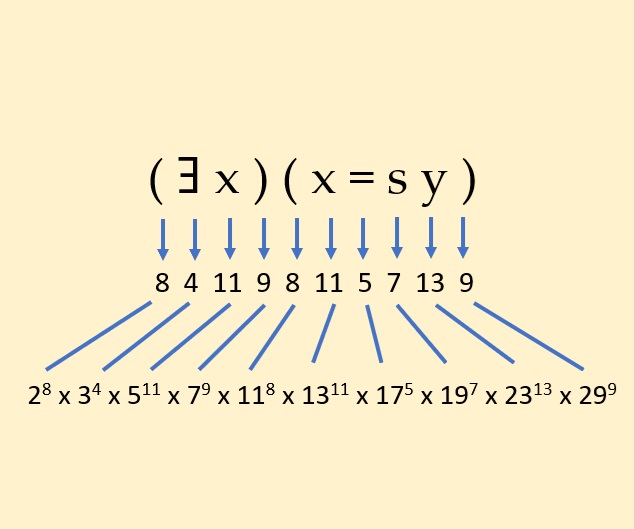
Kurt Gödel was a German-American mathematician, famous for his Incompleteness Theorem. This theorem used prime numbers and prime factors (see image above) to test logic itself. Before Gödel, it was believed that mathematics had boundaries and could be considered complete and perfectly self-contained. Gödel proved otherwise and showed that it was logically incomplete, changing how we think about knowledge and truth itself. |
 |
 |
Incompleteness theorems - limits of logic and mathematics (Mathematics) |
 |
|||

In 1936, Alan Turing, the British computer scientist, described the "universal machine" (now called the Turing machine). He proposed that this machine could perform any calculation - thus laying the foundation of modern computer science. During World War II, Turing helped crack the German Enigma code, using the world's first computers (see image above). He went on to explore artifical intelligence (AI), posing the question: can machines think? |
 |
 |
Universal computation - blueprint of modern computing and AI (Logic/Computing) |
 |
|||
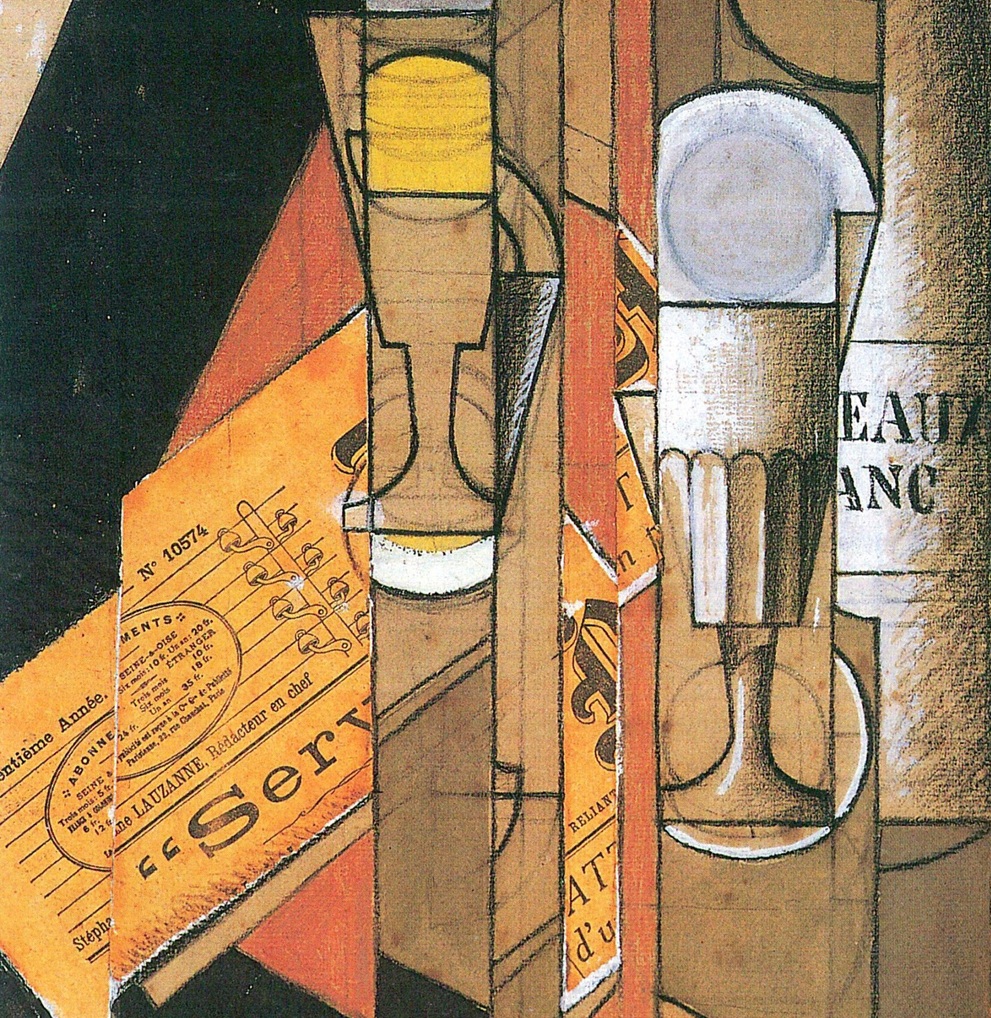
Pablo Picasso was a Spanish artist with phenomenal vision and energy. He reinvented how art represents reality. His most prominent technique was called Cubism - essentially breaking objects into geometric cube-like forms with multiple perspectives at once (see image above). In 1937, he painted his most famous painting Guernica, turning art into a powerful political statement, and capturing the horrors of the Spanish Civil War. |
 |
 |
Cubism & Guernica - political tragedy rendered in radical art form (Art/Politics) |
 |
|||
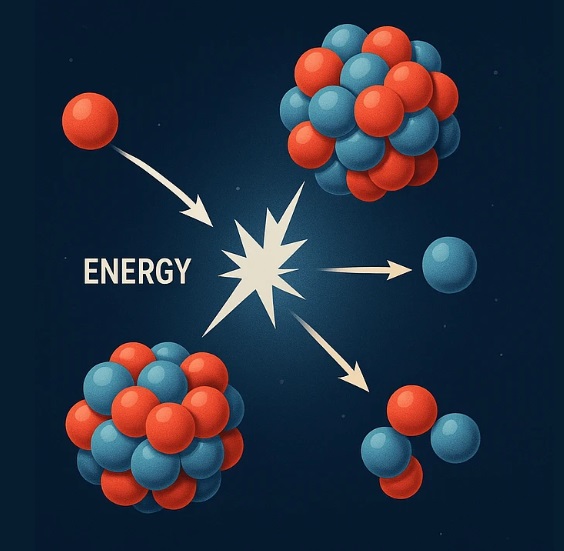
Lise Meitner was an Austrian-Swedish physicist whose pioneering work explained nuclear fission, one of the most important discoveries of the 20th century. Working closely with Otto Hahn, Meitner realised that uranium could be split into smaller parts when bombarded by neutrons (see image above). In 1938, she provided the correct theoretical explanation of nuclear fission, and even coined the term. This insight made nuclear power - and unfortunately weapons - possible. |
 |
 |
Nuclear fission and the first explanation of splitting the atom (Physics) |
 |
|||
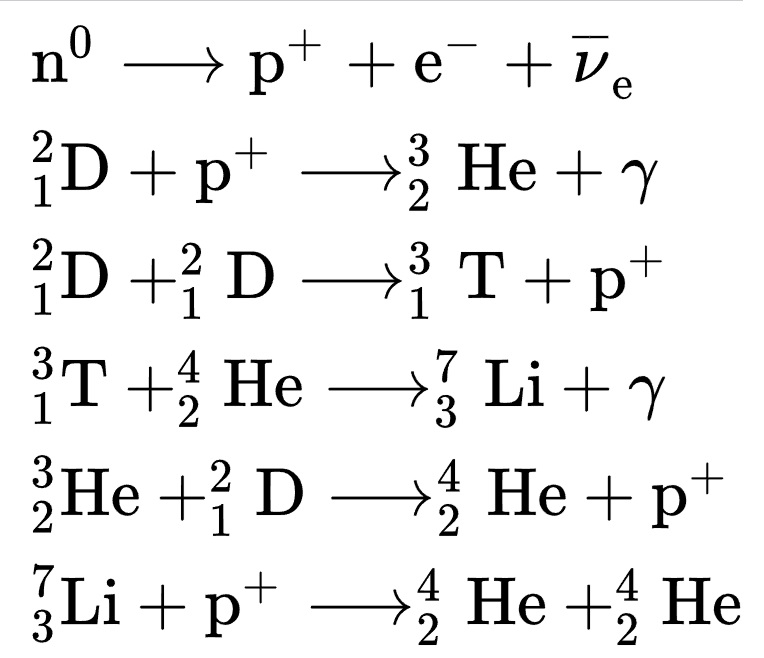
Hans Bethe was a German physicist who explained how the stars shine and what they are made of. In the 1930s, he imagined the proton-proton chain and the CNO cycle (carbon-nitrogen-oxygen), the main nuclear fusion processes that power stars, like our Sun. He showed how hydrogen fuses into helium in stellar cores (see image above), releasing energy that make stars shine. This solved one of science's biggest mysteries - what is the source of the Sun's energy? |
 |
 |
Stellar nucleosynthesis - the stars as forges of the elements (Astrophysics) |
 |
|||
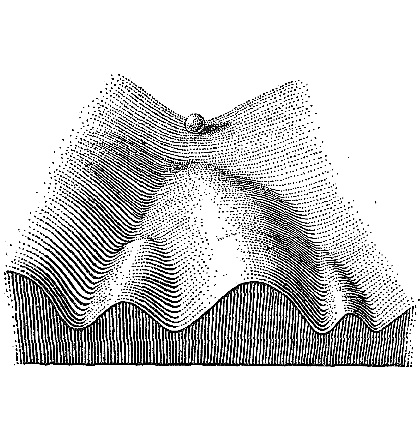
Conrad Waddington was a British life scientist who laid the foundations of epigenetics - a new discovery in which environment and even behaviour can affect your genes. To describe this concept, Waddington used the analogy of an epigenetic landscape (see image above) with marbles rolling down a hill with several possible gulleys and resting points, representing different cell tissue types. His deep thinking and experiments showed that genes and environment interact to shape development. |
 |
 |
Epigenetics - showing how our environment can affect the way our genes work (Medicine) |
 |
|||
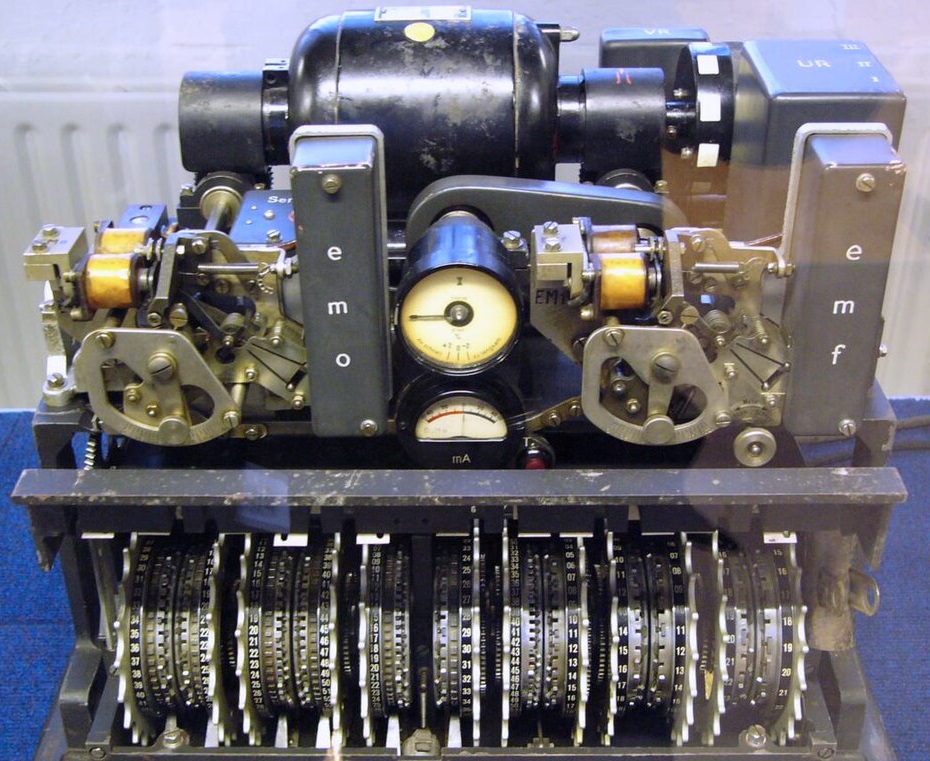
William Tutte was a British cryptographer who cracked complex codes during World War II. Working at Bletchley Park, Tutte worked on the most challenging code - the Lorenz cipher, used mainly by Hitler and the German High Command. Using pure mathematics and logic, Tutte analysed the cipher and successfully worked out the complicated inner workings of the machine (see image above), without ever seeing the machine itself. The Lorenz code was vastly more complicated than the Enigma code, which makes Tutte's achievement even more extraordinary. |
 |
 |
Breaking the complex Lorenz cipher with deep combinatorial insight and without ever seeing the physical machine (Mathematics/Technology) |
 |
|||
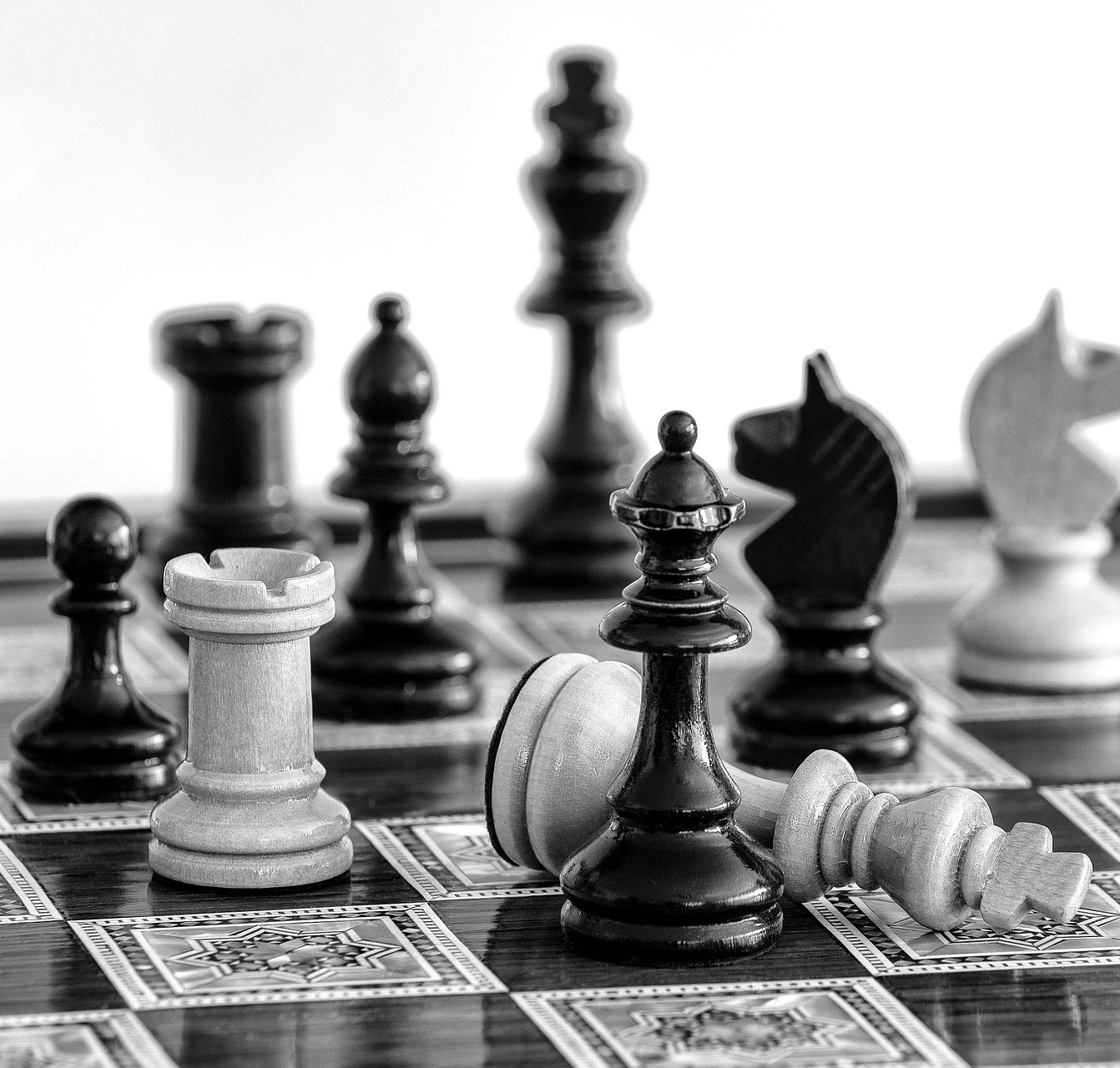
Originally from Hungary, John von Neumann was an American mathematician with very wide coverage and imagination. He designed the stored-program computer, the architecture in nearly all modern computers. He conceived game theory, explaining strategy and decision-making in business and politics, and even war. He also developed cellular automata and self-replicating machines, anticipating the field of robotics and preceding the replicating structure of DNA. Von Neumann's ideas and logic underpin everything from computing, economics, AI, nuclear strategy and computational biology. |
 |
 |
Game theory, automata, random numbers and computational systems (Mathematics/Computing) |
 |
|||

John Bardeen was an American physicist who is the only person to win two Nobel Prizes in Physics. His initial work was on semiconductors and he co-invented the transistor. This tiny switch eventually became the building block of all modern electronics and computing (see image above). He also worked on superconductors, helping explain their zero resistance at cold temperatures. Bardeen showed brilliance in many areas and helped spark the digital age and quantum computing. |
 |
 |
The transistor - imagining the solid-state switch inside all computers (Physics/Computing) |
 |
|||
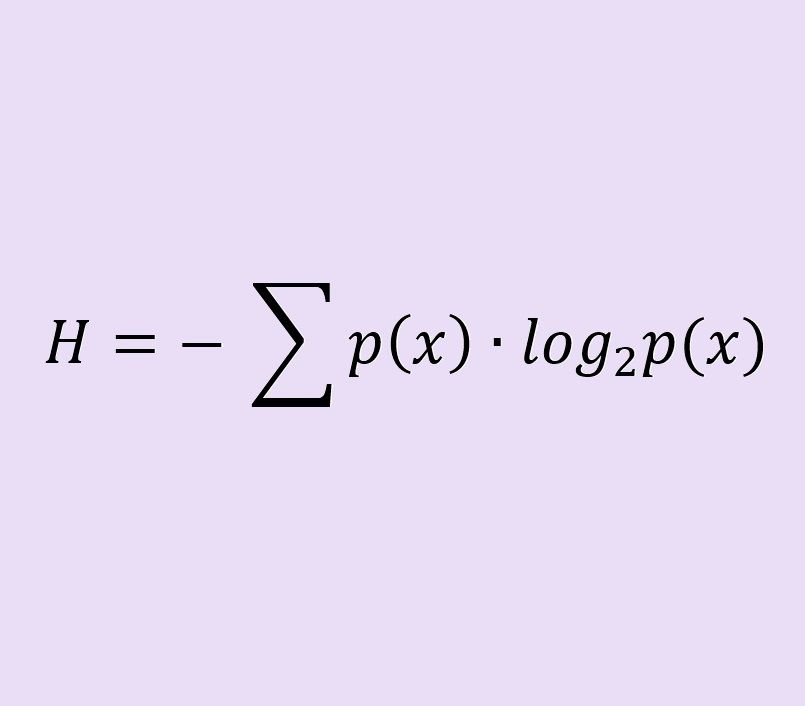
In 1948, Claude Shannon published A Mathematical Theory of Communication, showing how any message - text, sound, video or image - can be broken down into bits (binary digits of zeros and ones). In this seminal work, he defined concepts of information, entropy and noise, which led to the Shannon equation (see image above). This equation is critical for so many modern tools, like computer coding, the internet, data compression, error correction, QR codes, pdfs and AI. Shannon invented information theory and helped usher in the digital age. |
 |
 |
Information theory - entropy and the mathematics of modern communication (Mathematics/Communications) |
 |
|||

Richard Buckminster Fuller was an American architect who redesigned how we live and build. He was a visionary thinker combining architecture with mathematics, engineering and sustainability. Fuller popularised the geodesic dome (see image above) and showed that light structures could be very strong, efficient and beautiful at the same time. His Dymaxion inventions helped redesign cars, houses and maps, always aiming for efficiency with minimal materials. He also has an allotrope of carbon (C60) named after him. |
 |
 |
Geodesic domes and tensegrity structures - efficient structural designs (Architecture/Design) |
 |
|||
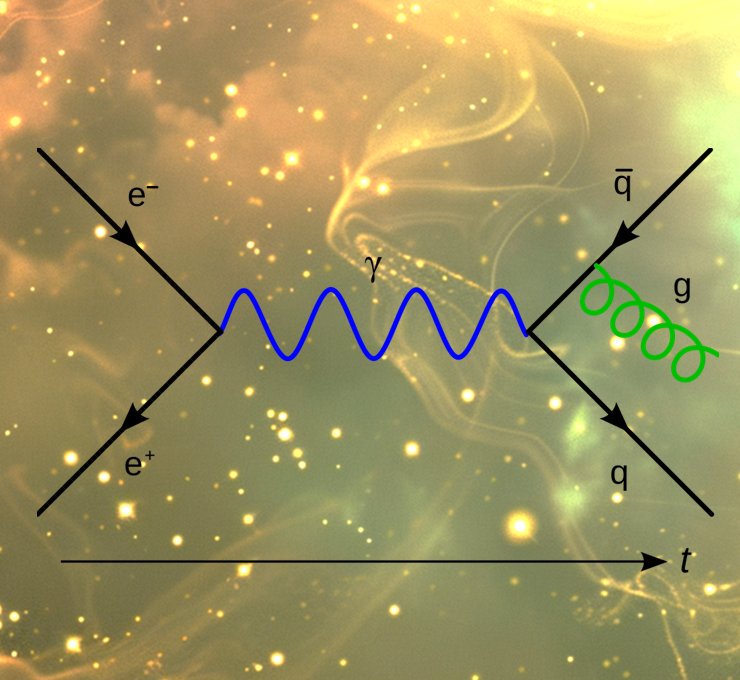
Richard Feynman, the American physicist, had unmatched creativity in his field. He worked primarily on quantum physics and he invented visual diagrams (see image above) for representing particle interactions in an intuitive way. He also invented the fields of quantum computing and nanotechnology, and helped solve the Space Shuttle Challenger disaster in 1986. Feynman embodied the spirit of curiosity, play and discovery in science. |
 |
 |
Quantum diagrams - a visual language for quantum processes and the birth of quantum computing (Physics) |
 |
|||
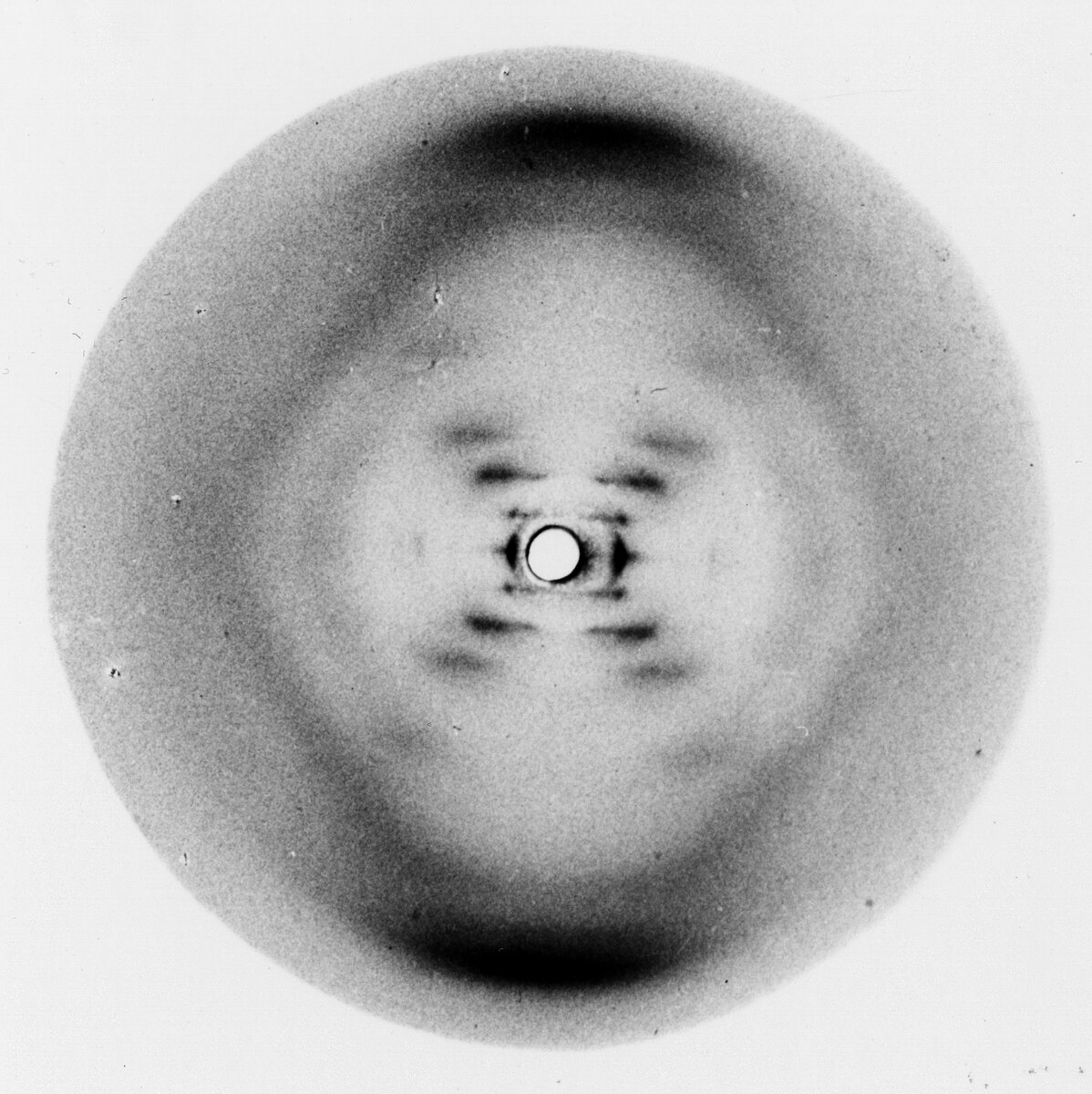
Rosalind Franklin was a British chemist who played a crucial role in one of science's biggest discoveries. In 1952 she worked on DNA crystals and applied the new technique of X-ray diffraction on them. Using X-ray crystallography, Franklin produced Photo 51 (see image above), a striking image of DNA that showed its double helix structure. This led to the discovery that life's instructions were encoded inside a twisted ladder of proteins, called DNA. Though overlooked in her lifetime, she is now recognised as a pioneer of molecular biology. |
 |
 |
DNA X-ray diffraction patterns - the double helix hidden within (Biology/Genetics) |
 |
|||
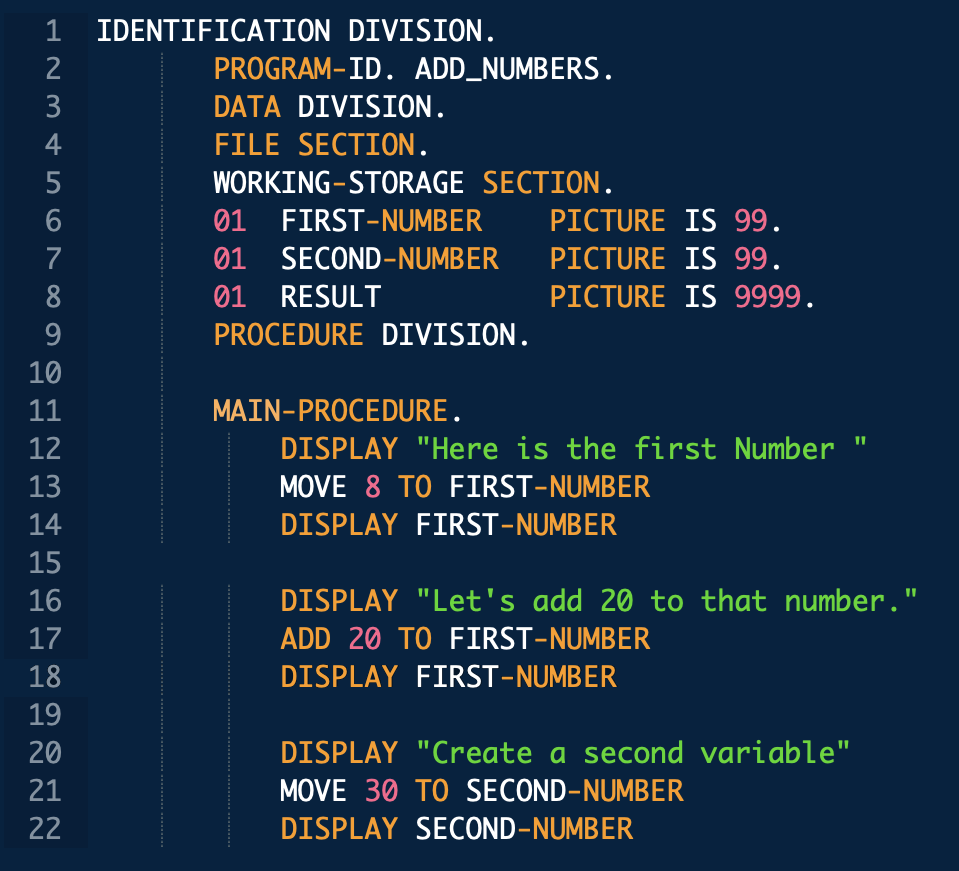
Grace Hopper was an American computer scientist who taught computers how to speak human language, making programming much more accessible. While working in the US Navy, Hopper developed the first English-language commands (see image above) and the first computer compiler. She also popularised the term debugging, when she removed a moth from a malfunctioning computer. Known as "Amazing Grace", Hopper opened the door to modern programming and inspired generations of women and men in computing. |
 |
 |
Computer programming languages and compilers (Computing) |
 |
|||
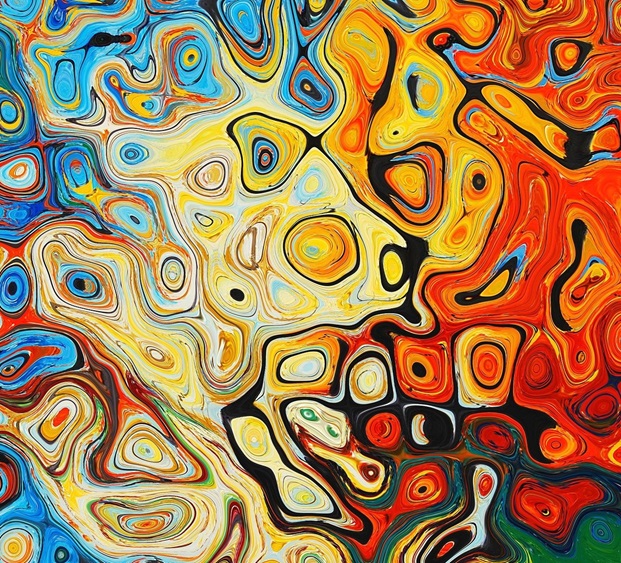
Aldous Huxley was a highly innovative British writer who imagined how science and technology could shape society. In Brave New World he warned about a future where people are bio-engineered to be mass-consumers. In Doors of Perception he explored the psychedelic world (see image above), seeking ways of expanding the human mind and consciousness. Huxley was so visionary, he anticipated debates about genetics, technology, consumerism, biotech, surveillance and personal freedom, many decades before anyone else. |
 |
 |
The Doors of Perception - visionary exploration of consciousness (Art/Literature/Philosophy) |
 |
|||
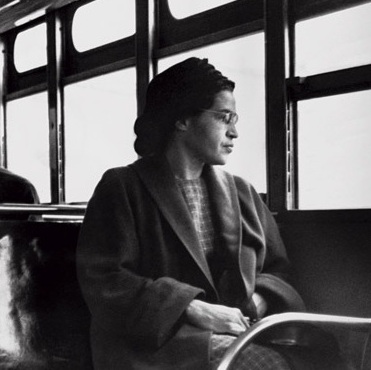
Born in Alabama, USA, Rosa Parks was black and grew up under segregation laws, which included giving up seats on the bus for white passengers. On 1st December 1955, Parks took the bold decision to stay seated and she refused to surrender her seat on the bus (see image above). With one quiet act of defiance, she sparked a civil rights movement that reshaped America and the Western world forever. Parks imagined a world of social justice and peaceful dignity. |
 |
 |
Turned a singular act of defiance into the Civil Rights Movement in the US, reimagining social consciousness (Social Change) |
 |
|||
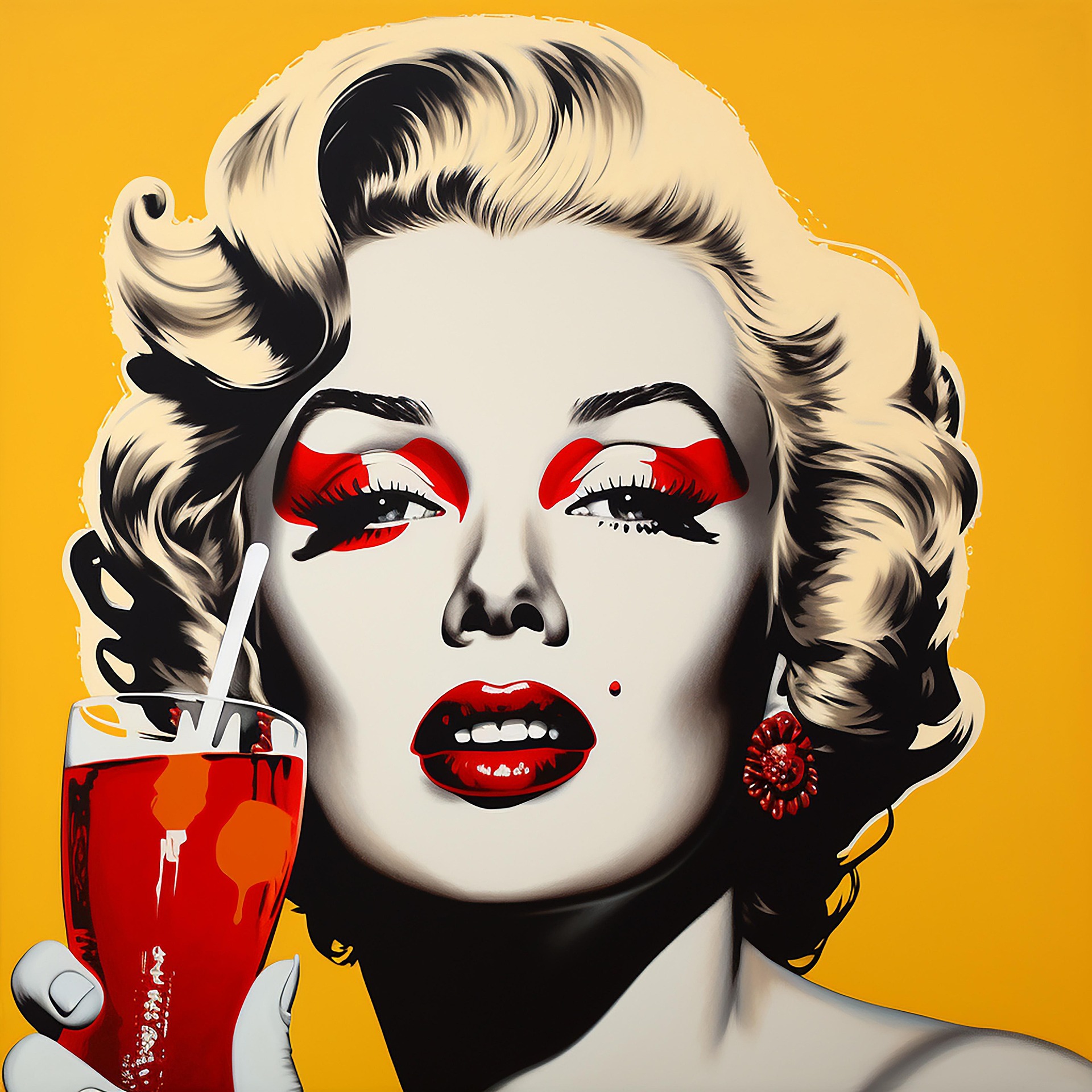
Andy Warhol was an American artist who turned everyday objects and consumer culture into high-end art, redefining what art could be. He famously took ordinary things, like soup cans, coke bottles and celebrities (see image above) and transformed them into pop art. With the help of silkscreen printing, he used mass production techniques to scale up and replicate the art. His artwork anticipated much of today's culture of fame, branding, social influencers, mass media and consumerism. |
 |
 |
Pop Art - transforming consumer culture into high art and reimagining the nature of creativity (Art/Culture) |
 |
|||
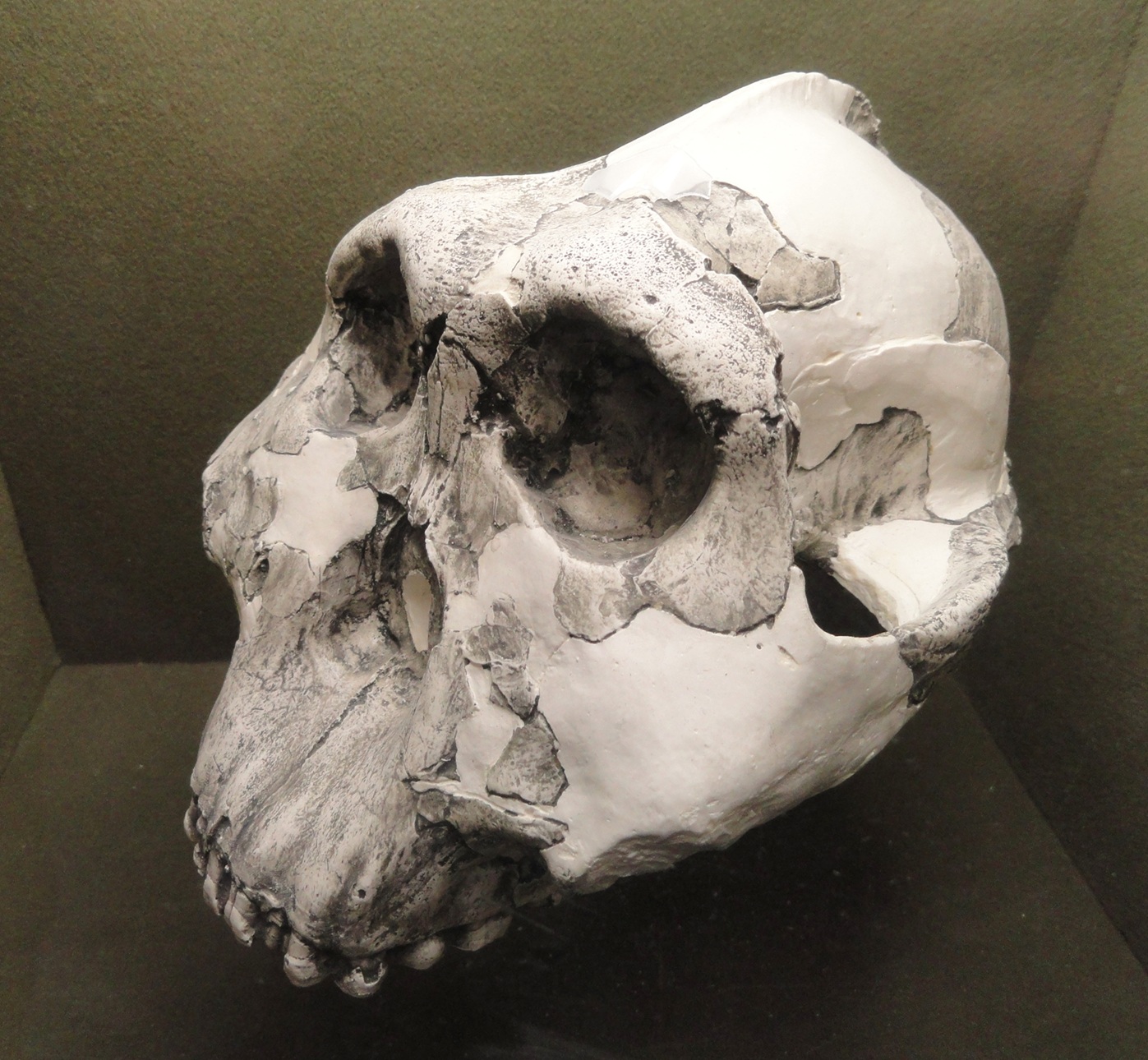
Mary Leakey, and her husband Louis Leakey, were British paleontologists who worked in Africa in the early 1960s uncovering fossils of ancient humans, like Homo habilis. While working at Olduvai Gorge in northern Tanzania, Mary Leakey found the skull of a new species ancestral to humans, called Australopithecus boisei (see image above). These discoveries placed humanity's cradle in East Africa and stretched our timeline of human evolution back more than 3 million years. |
 |
 |
Unearthed human remains of hominids and their tools, dating back over 3 million years (Biology) |
 |
|||
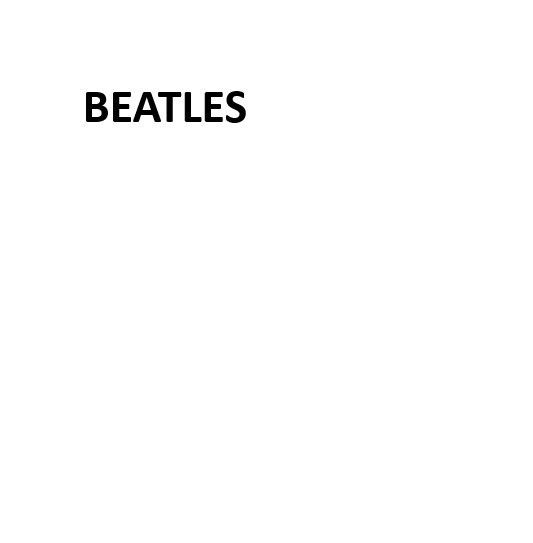
The Beatles, and John Lennon and Paul McCartney specifically, were geniuses of song-writing. Together they penned most of The Beatles' hits in the 1960s. As the creative core of the band, they wrote 200 songs that pushed the boundaries of rock and pop. They fused catchy hooks with deep ideas, making music that was both popular and profound. These enduring songs turned pop music into art, and changed culture forever. John Lennon also went on to compose Imagine in 1971, imagining a world without wars, materialism, borders, religion, and only peace. |
  |
 |
The Beatles - cultural and musical revolutions in albums from Revolver to Abbey Road (Music/Culture) |
 |
|||
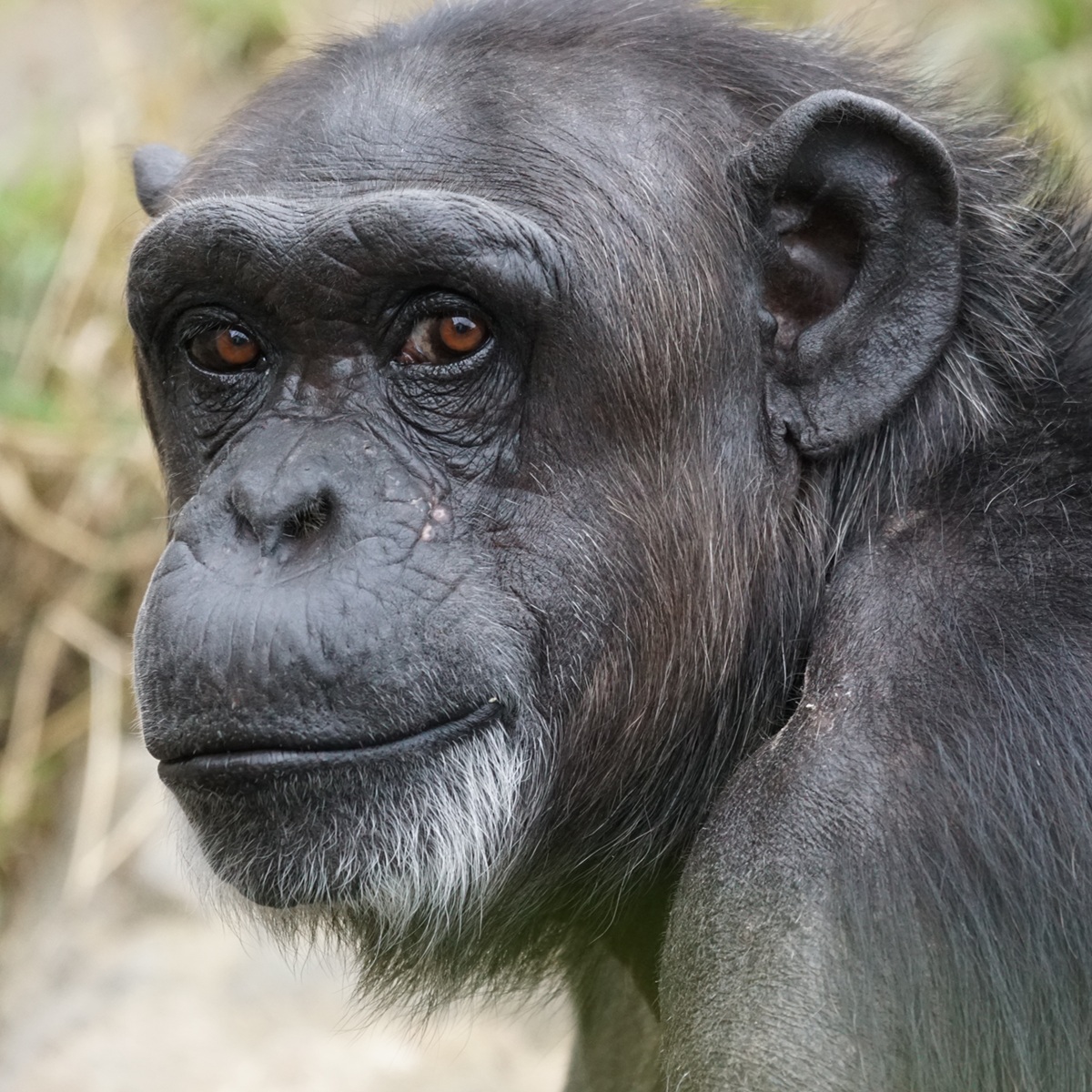
Dame Jane Goodall was a British anthropologist and zoologist who studied wild chimpanzees at Gombe Stream National Park, Tanzania (see image above). In the 1960s, Goodall decided to live amongst the chimpanzees, blurring the line between humans and animals. Her pioneering zoological research revealed tool use, emotions, personalities, meat-eating and social complexity amongst these chimpanzees. To this day, Goodall is the only human being ever to be accepted into chimpanzee society. |
 |
 |
Reconceived the human-animal boundary by careful and empathetic observation of wild chimpanzees (Biology/Conservation) |
 |
|||
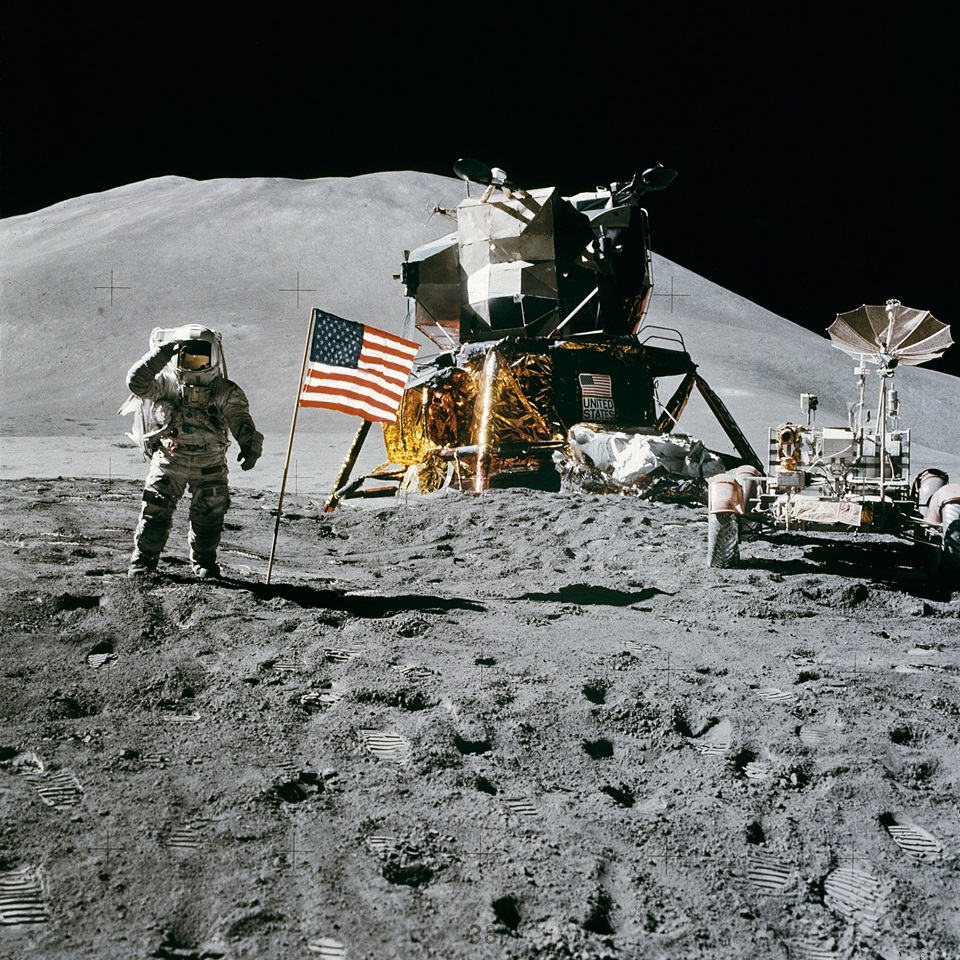
As chief architect of the Saturn V rocket, Wernher von Braun turned rocketry from theory into giant machines that could reach space. Using the Tsiolkovsky rocket equation, von Braun designed and built multi-stage rockets that boldly took man to the Moon in the Apollo programme (see image above). He also designed the Apollo Command and Lunar Modules, and his technical expertise and vision were essential to the overall success of the first Moon landings in 1969. |
 |
 |
Gemini, Saturn V and Apollo - engineering a safe pathway to the Moon and back (Technology/Culture) |
 |
|||

James Lovelock was a British environmentalist and futurist, best known for formulating the Gaia Hypothesis (see image above). The hypothesis posits that the Earth is a self-regulating complex system involving the biosphere, the atmosphere, the pedosphere and the hydrosphere, tightly coupled as an evolving, interconnected system. His seminal work later inspired thinking about climate change, planetary science, environmental policy and sustainability - all critical topics these days.
|
 |
 |
The Gaia Hypothesis - imagining Earth as a self-regulating living system (Science/Earth Studies) |
 |
|||
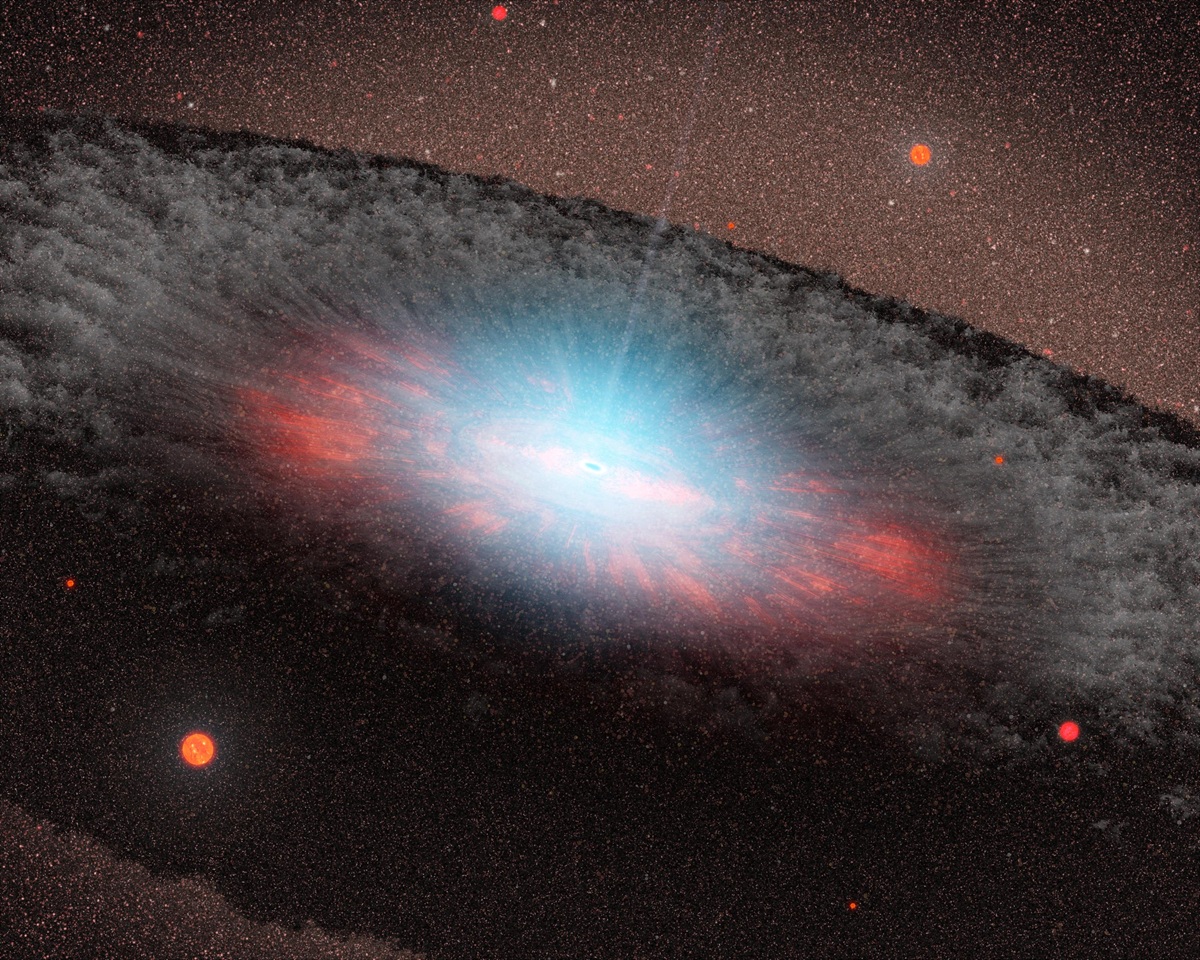
Stephen Hawking was a British theoretical physicist who worked at Cambridge University for most of his career. As a young adult, Hawking was unfortunately diagnosed with motor neurone disease. Despite this debilitating disease, Hawking used his imagination and mathematical prowess to unlock the mysteries of black holes and the origin of the universe (see image above). He showed for the first time that black holes could emit radiation, blending quantum theory and cosmology. |
 |
 |
Black holes, Hawking radiation and cosmological mathematics (Physics/Cosmology) |
 |
|||
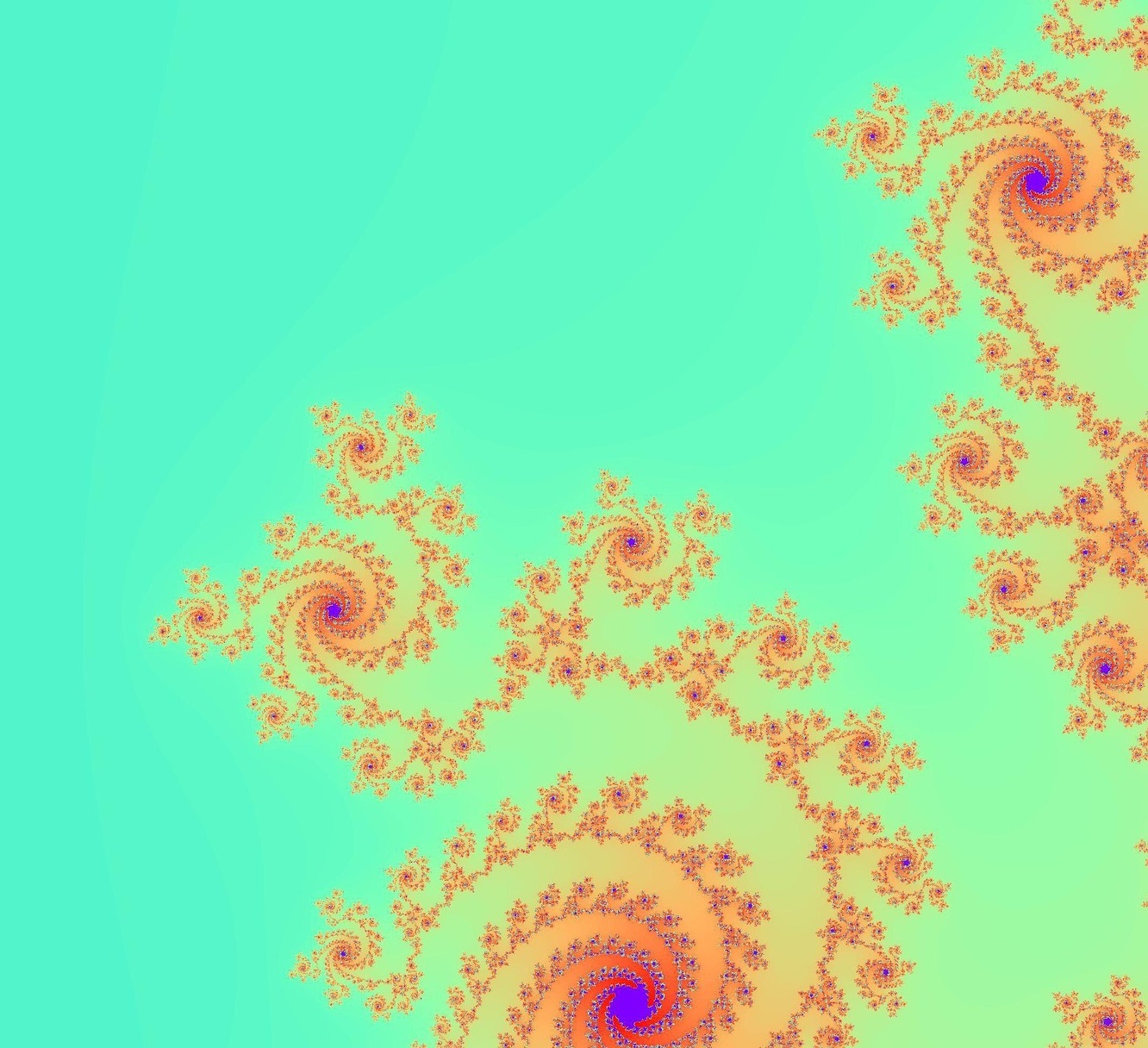
Benoit Mandelbrot was a French-American mathematician who worked on chaos theory and the geometry of roughness. In the mid-70s and 80s, Mandelbrot was working on complex numbers and he used the following equation f(z)=z2+c to map out shapes that repeat themselves at every length scale, just like coastlines, clouds and broccoli. These self-similar mathematical shapes became known as fractals (see image above, as well as Hokusai's tsumani wave in entry 54). Mandelbrot's ideas are special because they bridge nature, science, maths and even digital art. |
 |  |
Fractals - infinite self-similar patterns within mathematics and nature (Mathematics/Computer Science/Art) |
 |
|||
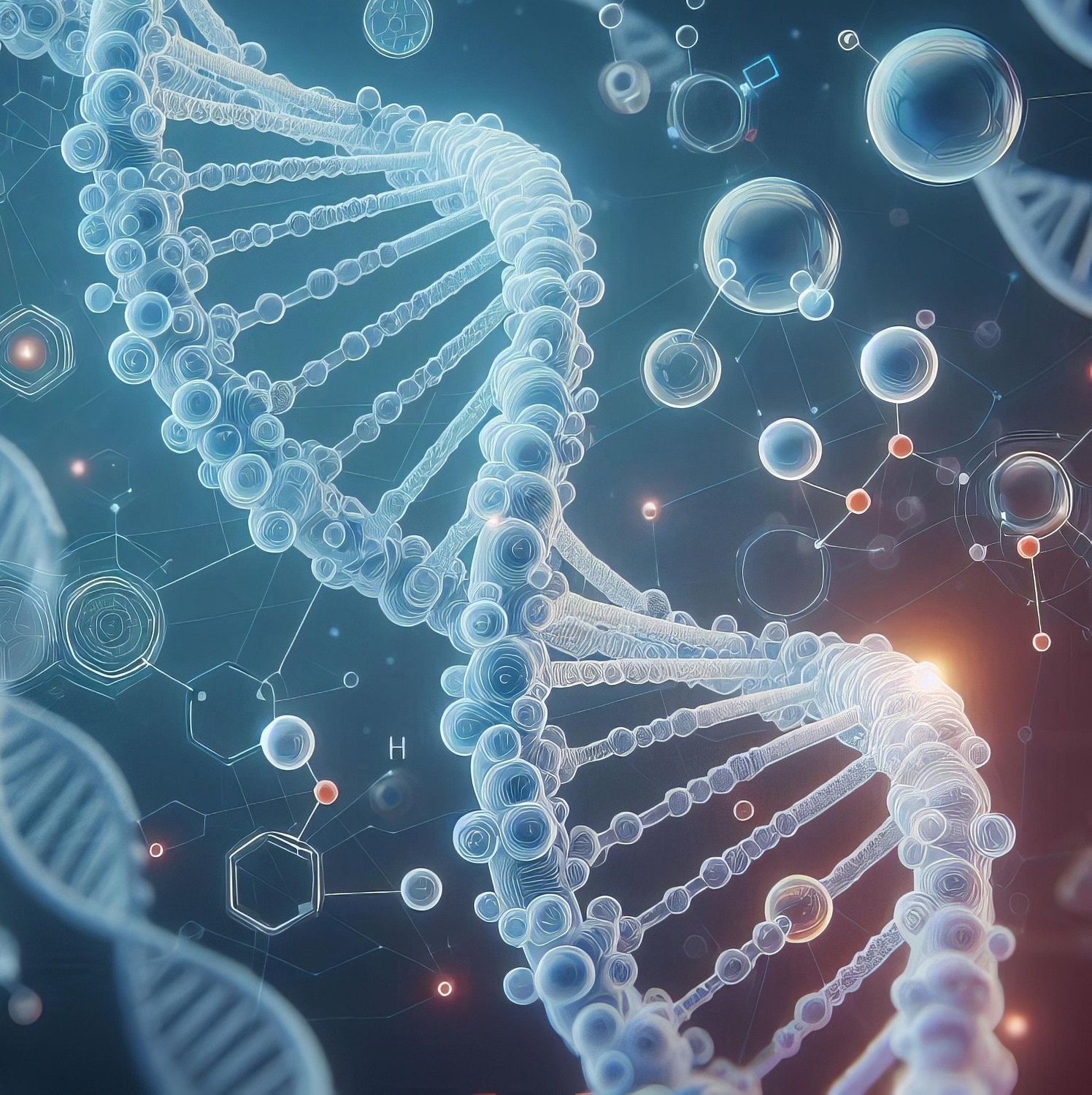
Richard Dawkins is a British biologist who has worked in the field of evolution and genetics for several decades. His 1976 book The Selfish Gene showed how genes, not individuals, are the primary units of selection (see image above). He introduced memorable terms like replicators and memes, extending evolutionary thinking to culture more generally. Dawkins made evolution understandable, vivid and applicable beyond biology. |
 |
 |
Evolutionary biology, The Selfish Gene and memes as cultural replicators (Biology/Culture) |
 |
|||
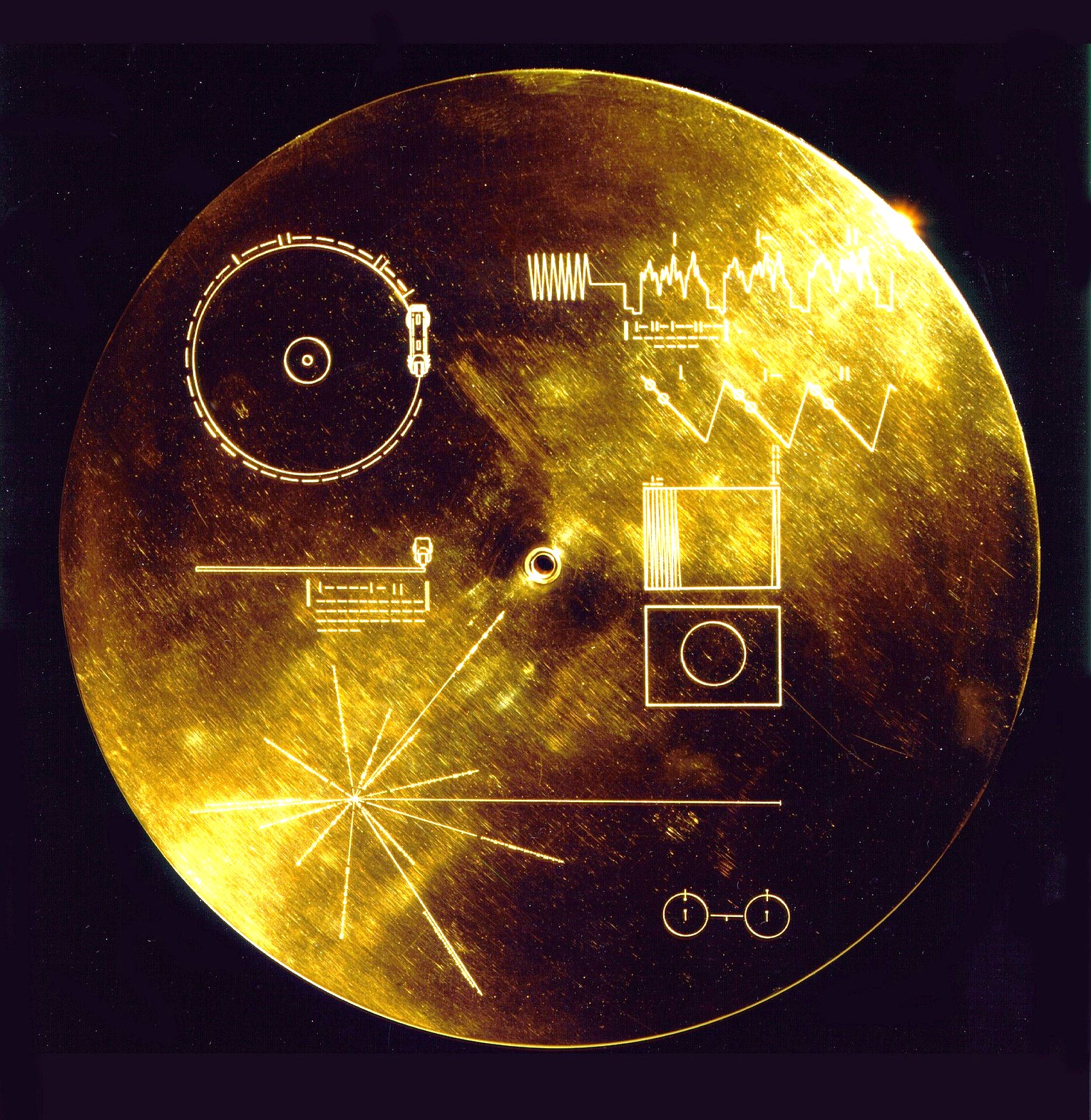
Carl Sagan was an American astronomer who initially studied planetary atmospheres, contributing to knowledge about Venus, Jupiter, Saturn and their moons. Combining rigorous science and poetic imagination, Sagan brought the cosmos to humanity, by making space science exciting for the public. Conversely, he also brought humanity to the cosmos, in the form of the Voyager Golden Record launched in 1977. This gold-plated disc is currently the farthest human-made object from Earth (see image above). |
 |
 |
Voyager Golden Record - humanity's message to the cosmos (Space/Culture) |
 |
|||

Sir Timothy Berners-Lee is a British computer scientist who, while working at CERN, developed an imaginative way of sharing information around the world. In 1989-1990, Berners-Lee proposed URLs, HTTP and HTML programming, thereby creating a framework for linking documents across computers. In the early 90s, he built the first web browser and server, giving birth to the World Wide Web (www). His work transformed computers from standalone machines to a global network of information, that we now call the Internet. |
 |
 |
The World Wide Web - linking knowledge through servers and hypertext links (Computer Science) |
 |
|||

Sir Ian Wilmut was a British embryologist who led the team that cloned the first mammal from an adult cell. In 1996, Wilmut et al successfully cloned Dolly, a Finn-Dorset sheep (see image above), using somatic cell nuclear transfer. This method proved that adult cells could give rise to an entire organism, creating new life. His work sparked debate about the ethics of cloning, whilst Dolly became a symbol of biological possibility. |
 |
 |
Cloned Dolly the sheep - demonstrating that adult cells can be reprogrammed to generate new life (Biology/Genetics) |
 |
|||
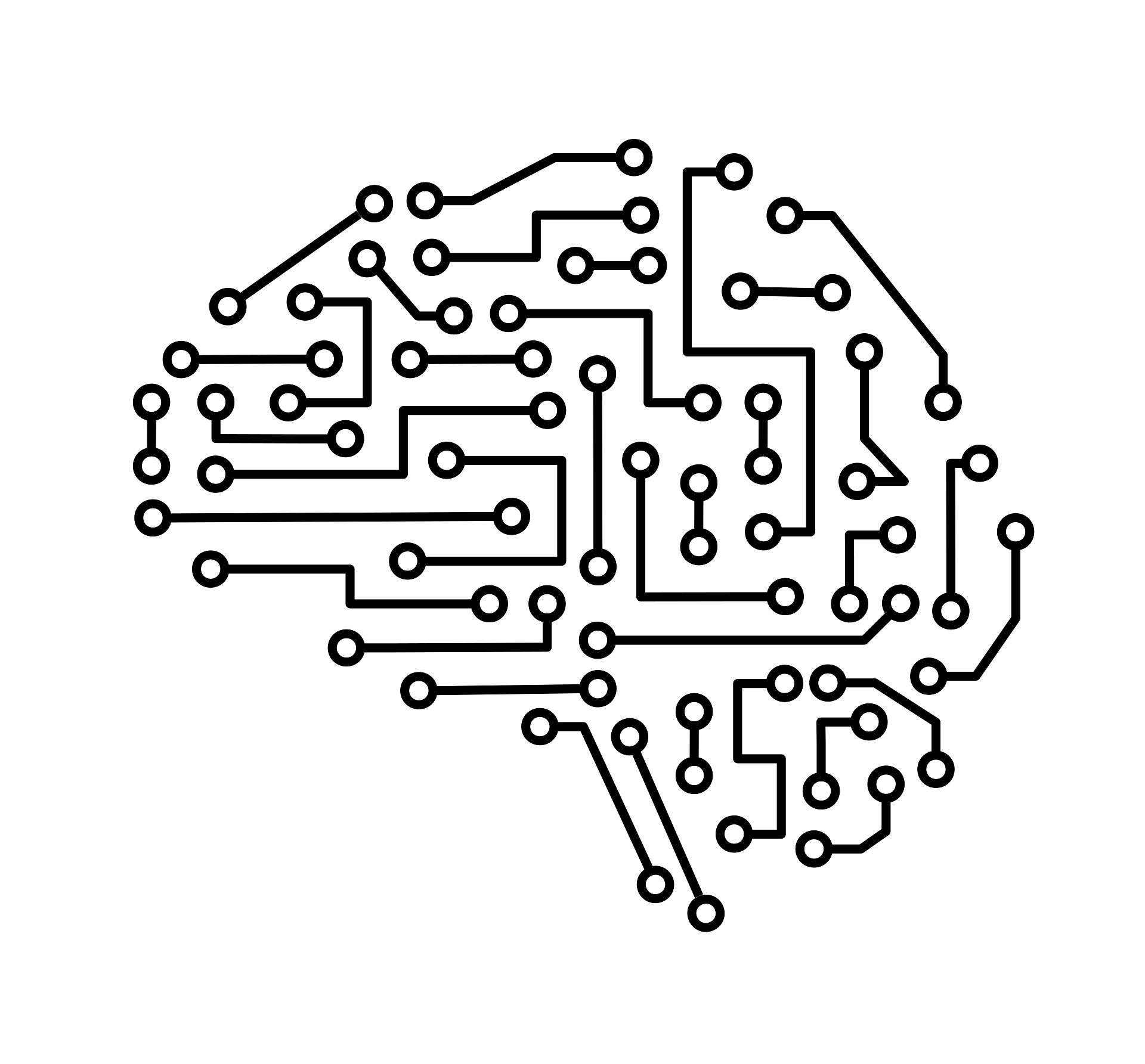
Geoffrey Hinton is a British-Canadian computer scientist known for his work on artificial neural networks, which earned him the title "the Godfather of AI". In the 2000s, he worked on neural networks, computer programmes inspired by the human brain and its structure (see image above). He invented methods like back-propagation that allow neural networks to learn from errors and improve their performance over time. Hinton's insights laid the foundation for modern AI, powering language models, speech recognition, image recognition, chatbots and algorithms, like ChatGPT. |
 |
 |
Artificial neural networks, deep learning and AI (Computer Science/Technology) |
 |
|||

Peter Higgs was a British theoretical physicist with great imagination. Back in 1964, Higgs was working on fundamental physics and pondered what the origin of mass could be. That year he proposed the existence of a field (Higgs field), that permeates all space, in which boson particles interact with and give other particles their mass. This Higgs boson was famously confirmed at CERN in 2012, immediately confirming Higg's insight (see image above). Higgs cleverly envisioned and predicted a new particle, decades before it was even seen. |
 |
 |
Conceived and later discovered the Higgs boson - confirming the mechanism of all mass in the Universe (Physics) |
 |
|||

Zaha Hadid was born in Iraq and studied mathematics and later architecture. She conceived and developed a new style of architecture based on curved fluid forms, often defying all structural expectations (see image above). This unique style led to the design and construction of almost a thousand buildings in 44 countries, including theatres, skyscrapers, train stations, airports, banks, football stadiums, harbours, research centres, hotels, universities, libraries and offices. This prolific architect was given the nickname "Queen of Curves" and won dozens of global design awards. |
 |
 |
Architecture based on fluid forms that defy structural expectations (Architecture) |
 |
|||
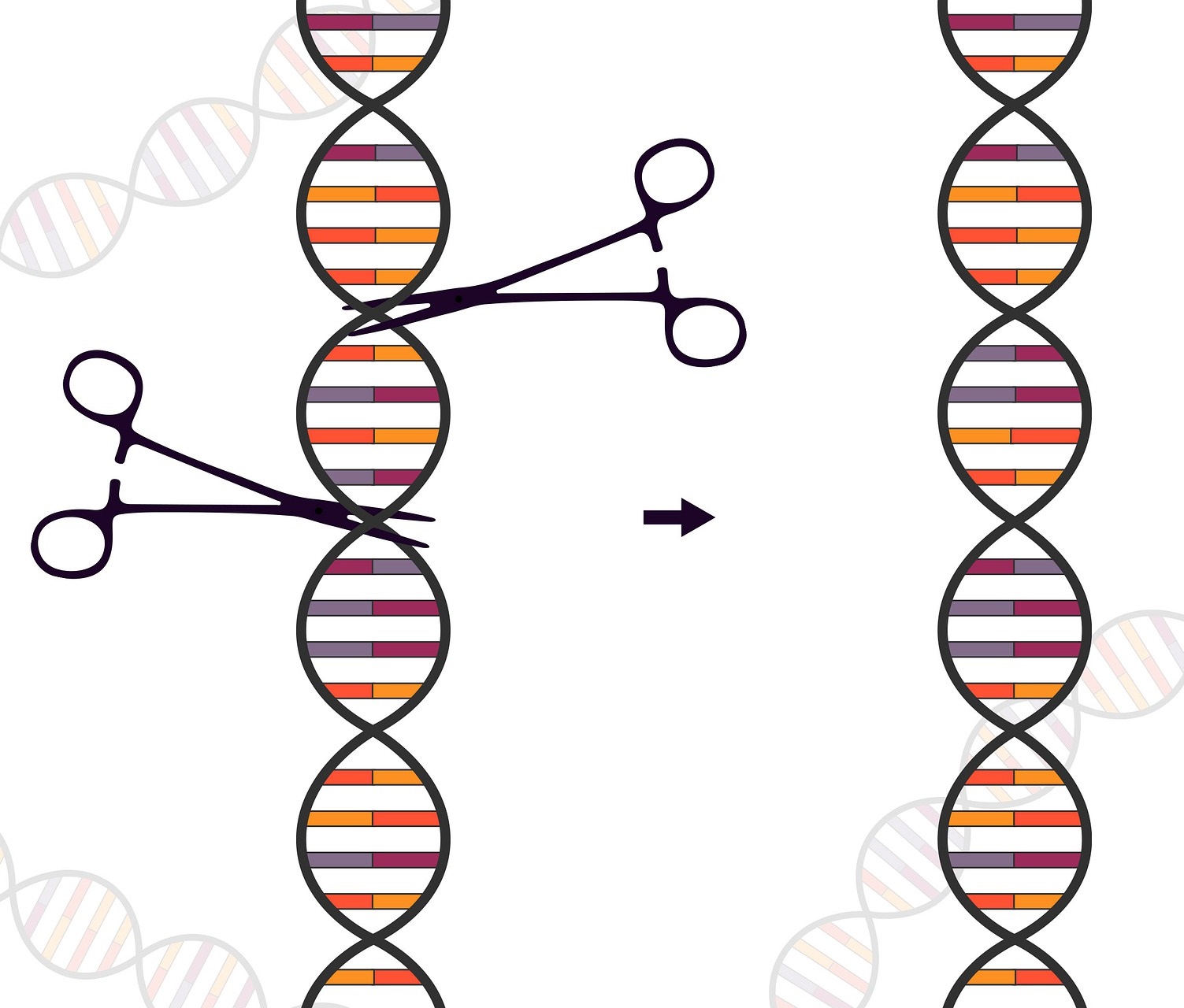
Jennifer Doudna is an American life scientist who works on gene editing, called CRISPR. In the 2000s, she worked closely with Emmanuelle Charpentier to cut and modify DNA at specific locations. This allows genes to be edited, added or removed with great precision (see image above). Doudna's work makes genetic engineering faster and cheaper than ever before - and the CRISPR technique is now being used regularly in medicine, agriculture and synthetic biology. |
 |
 |
CRISPR gene editing - rewriting the code of life (Life Sciences/Genetics) |
 |
|||
| What great ideas will come next? |
Imhotep, Brunelleschi, Bosch, Michelangelo, Da Vinci, Vermeer, Turner, Hokusai, Monet, Gaudi, Gropius, Escher, Picasso, Buckminster Fuller, Warhol, Hadid
Hippocrates, Alhazen, Da Vinci, Fibonacci, Harvey, Leeuwenhoek, Linnaeus, Goethe, Jenner, Nightingale, Darwin, Pasteur, Mendel, Ramón y Cajal, Waddington, Franklin, Leakey, Goodall, Dawkins, Wilmut, Doudna
Democritus, Lavoisier, Volta, Berzelius, Faraday, Kirchhoff, Pasteur, Mendeleev, Arrhenius, Curie, Meitner, Franklin, Doudna
Al-Jazari, Gutenberg, Pascal, Lovelace, Boole, Marconi, Turing, Tutte, von Neumann, Bardeen, Shannon, Hopper, Berners-Lee, Hinton
Eratosthenes, Da Vinci, Nunes, Mercator, Gilbert, Pascal, Tyndall, Nansen, Arrhenius, Wegener, Lovelock
Henry The Navigator, Da Vinci, Nunes, Mercator, Watt, Verne, Nansen, Wright, Tsiolkovsky, Wegener, Marconi, von Braun, Sagan
Homer, Pythagoras, Shakespeare, Pachelbel, Goethe, Blake, Beethoven, Verne, Huxley, The Beatles, Dawkins, Berners-Lee
Thales, Pythagoras, Plato, Brahmagupta, Al-Khwarizmi, Fibonacci, Nunes, Descartes, Pascal, Newton, Euler, Gauss, Boole, Poincaré, Tsiolkovsky, Gödel, Turing, von Neumann, Shannon, Mandelbrot
Archimedes, Alhazen, Da Vinci, Pascal, Huygens, Newton, Watt, Faraday, Joule, Kelvin, Tyndall, Clausius, Maxwell, Tesla, Curie, Planck, Einstein, Poincaré, Dirac, Meitner, Bardeen, Feynman, Hawking, Higgs
Confucius, Buddha, Langton, Gutenberg, Da Vinci, Luther, Bacon, Smith, Marx, Nightingale, Freud, Parks
Thales, Aristarchus, Archimedes, Nunes, Galileo, Kepler, Pascal, Huygens, Newton, Euler, Gauss, Einstein, Hubble, Bethe, Hawking